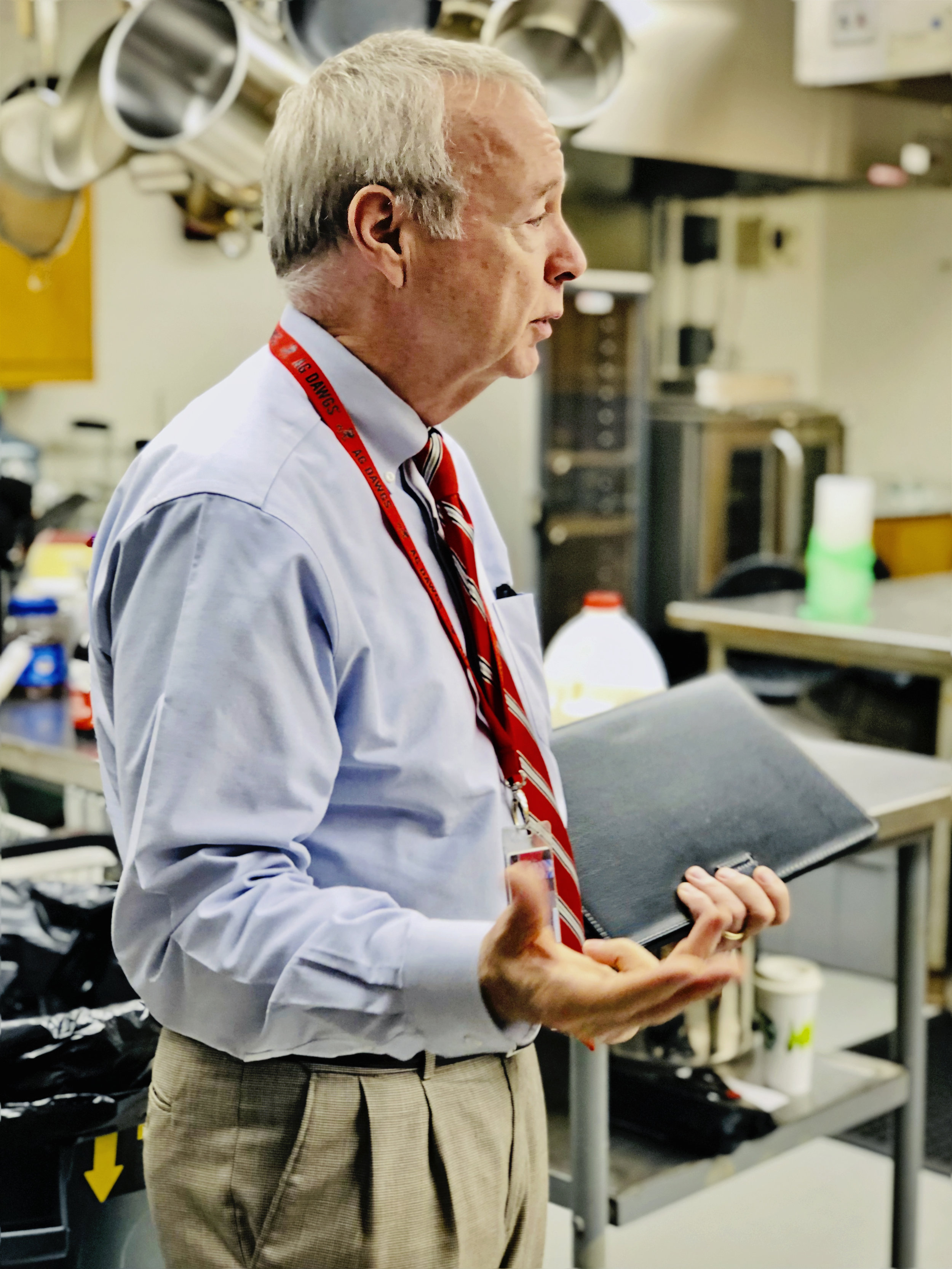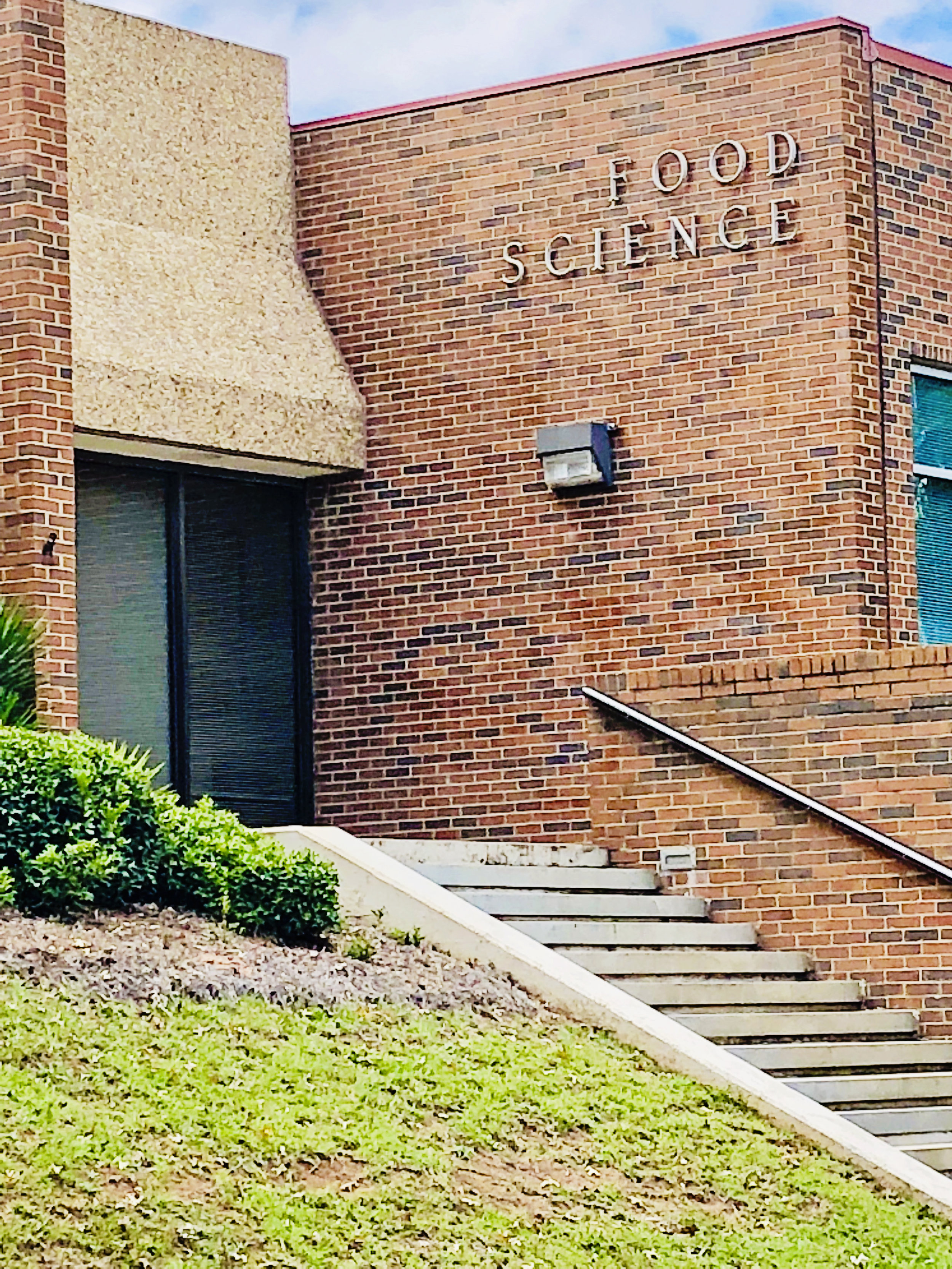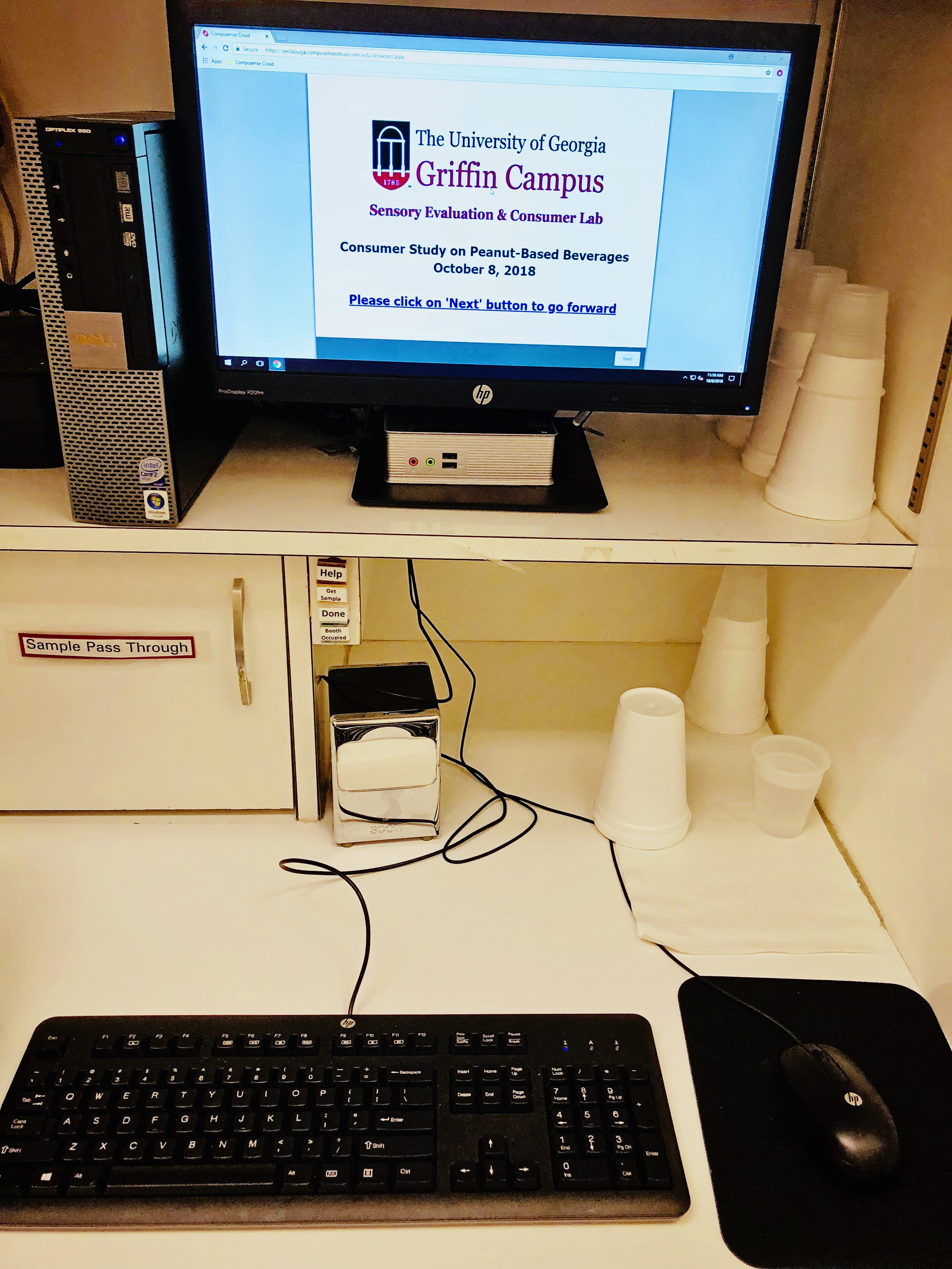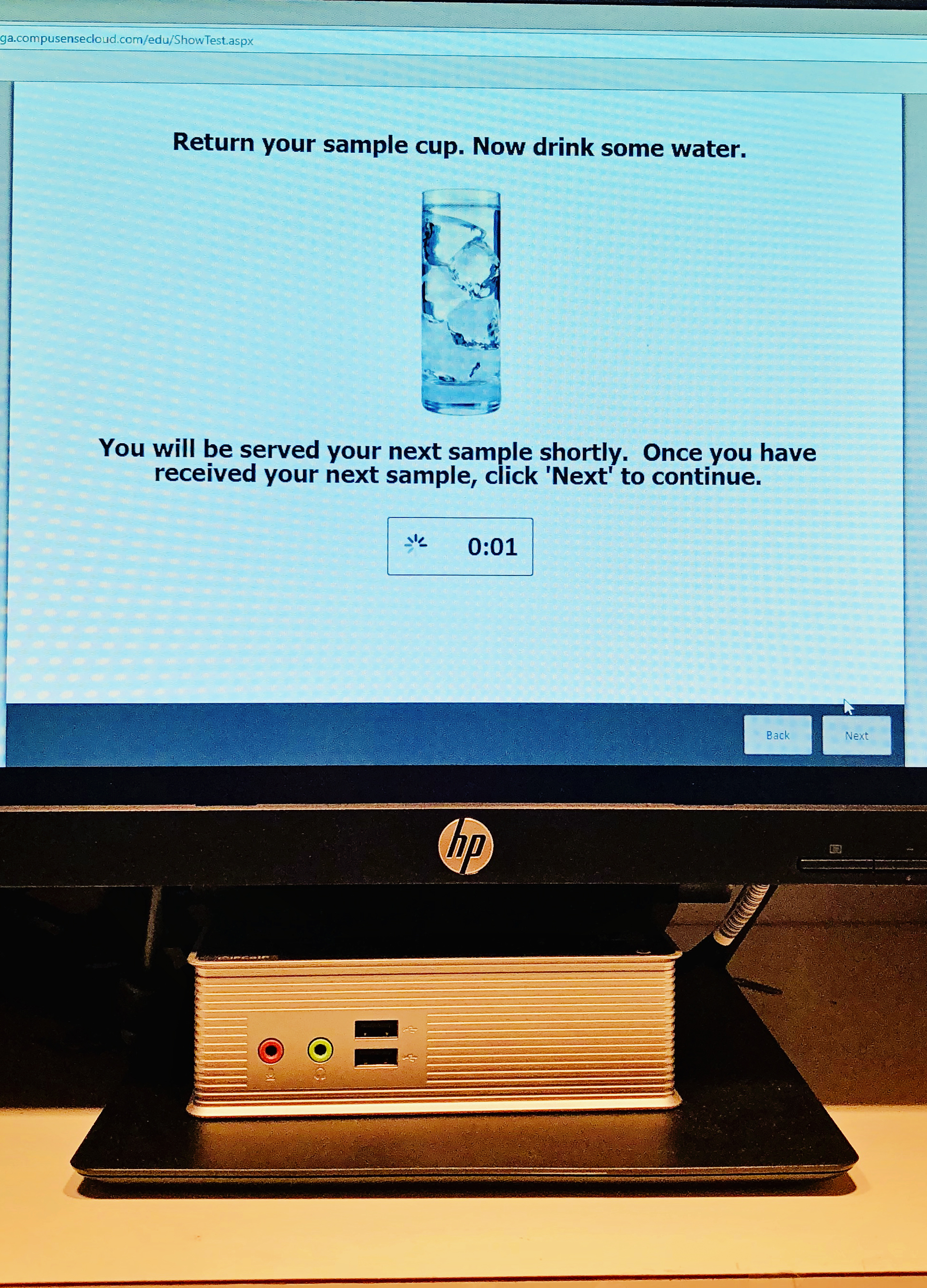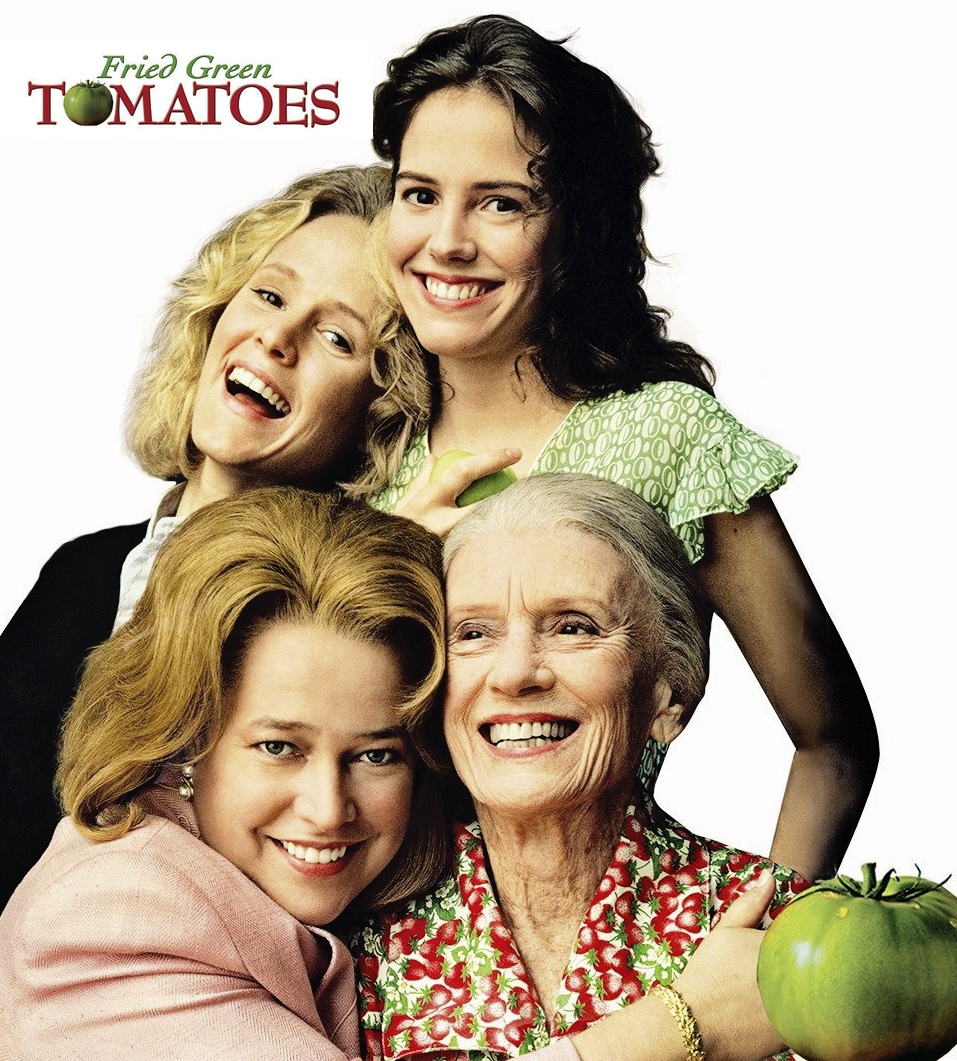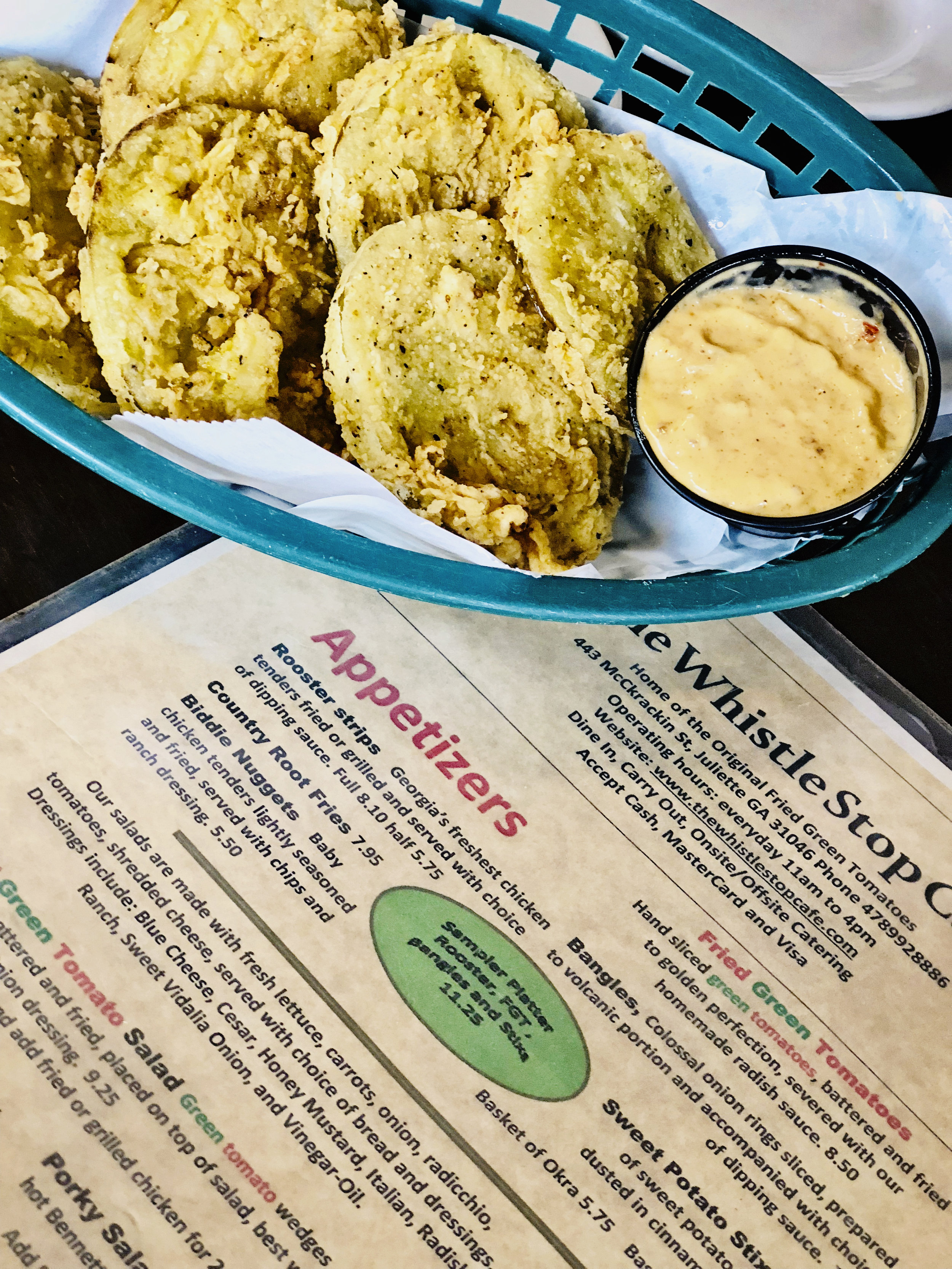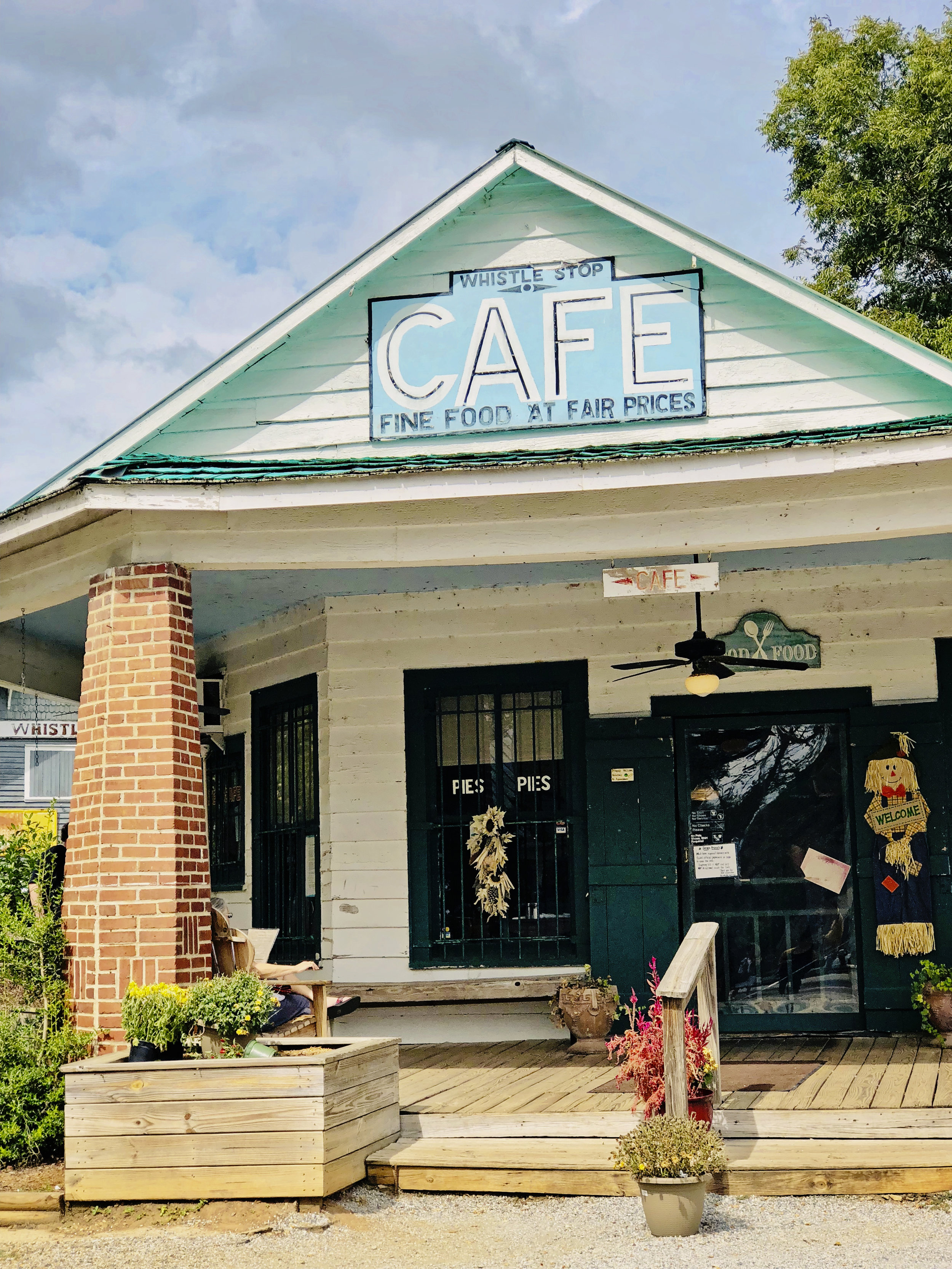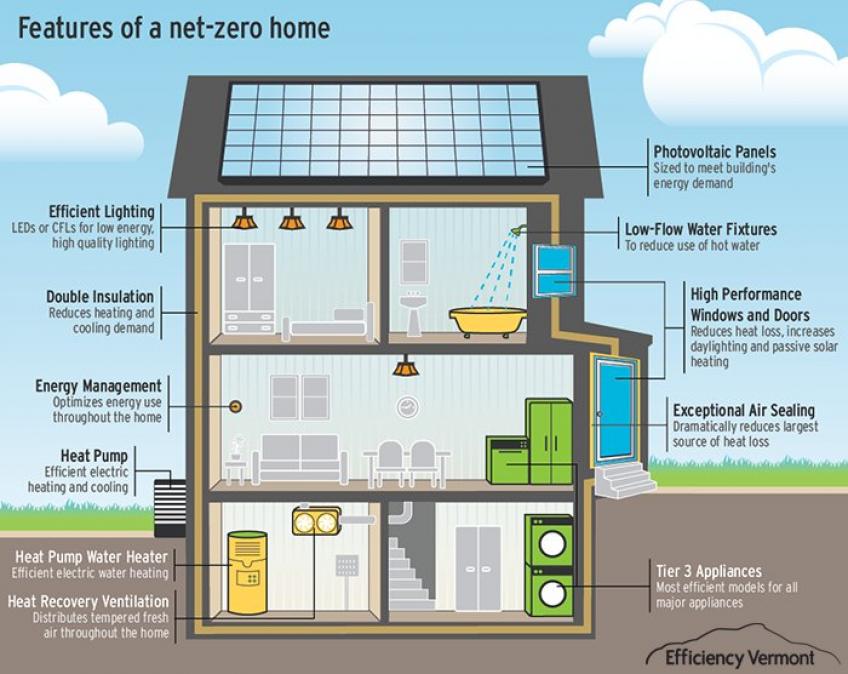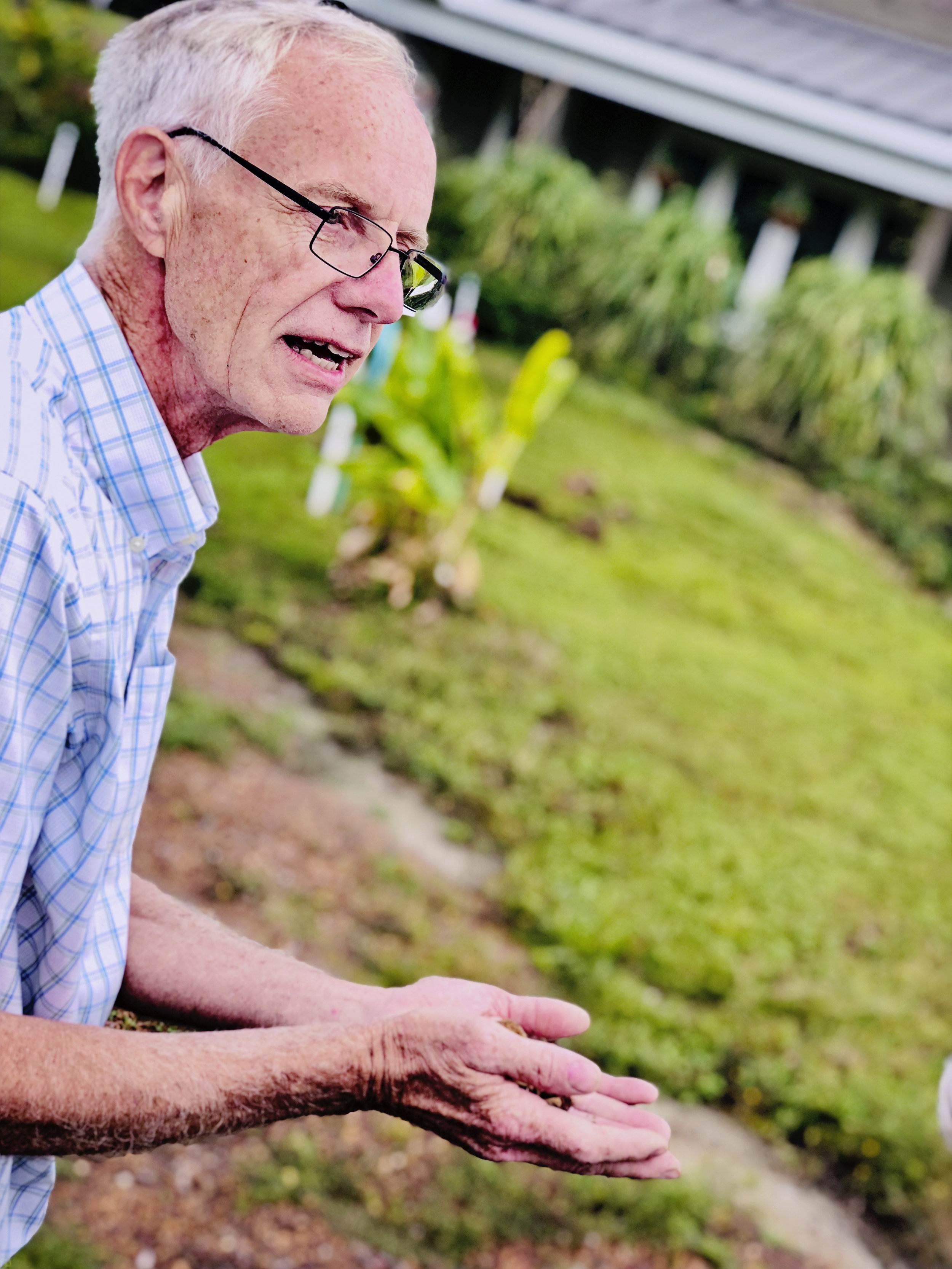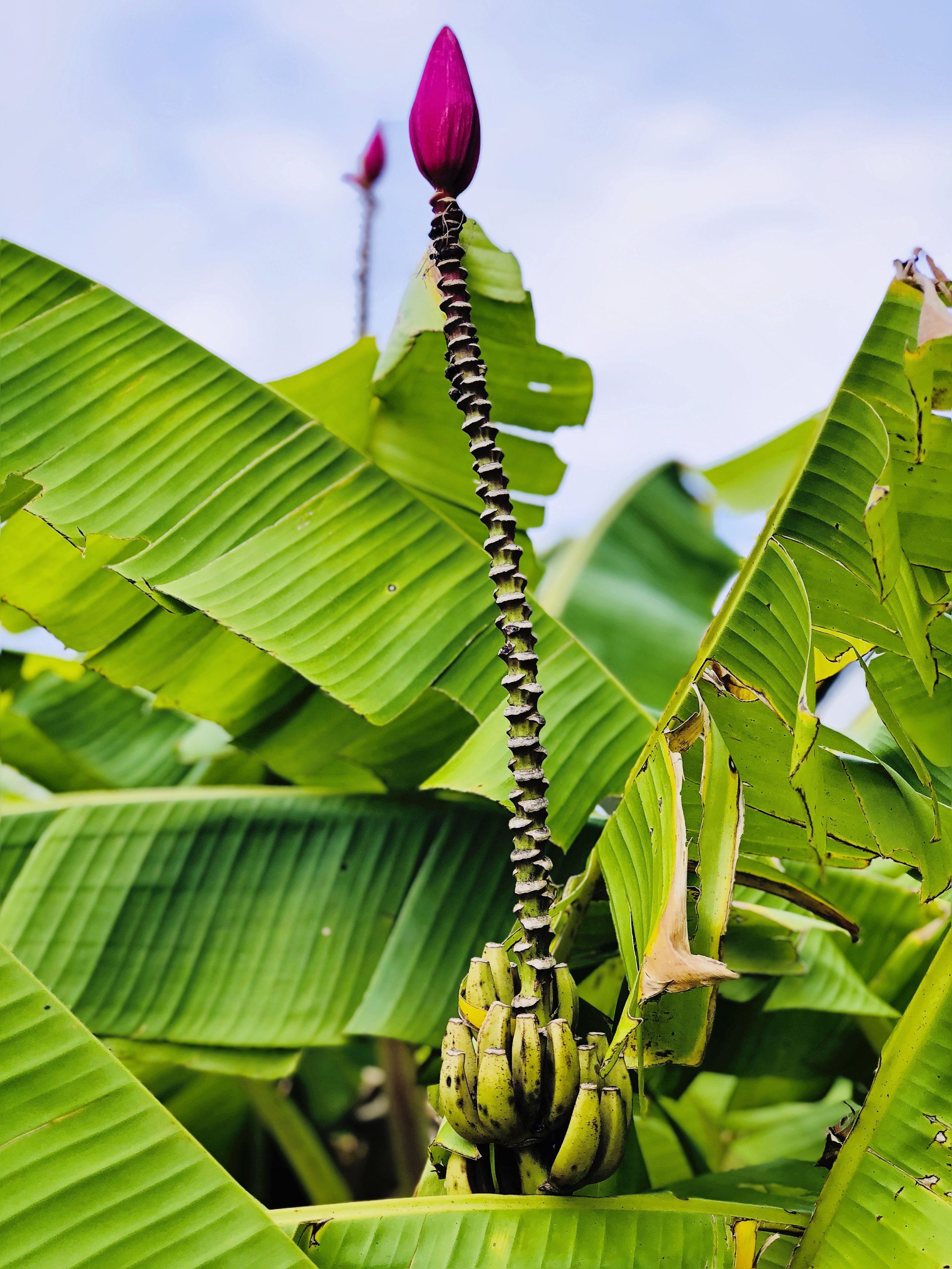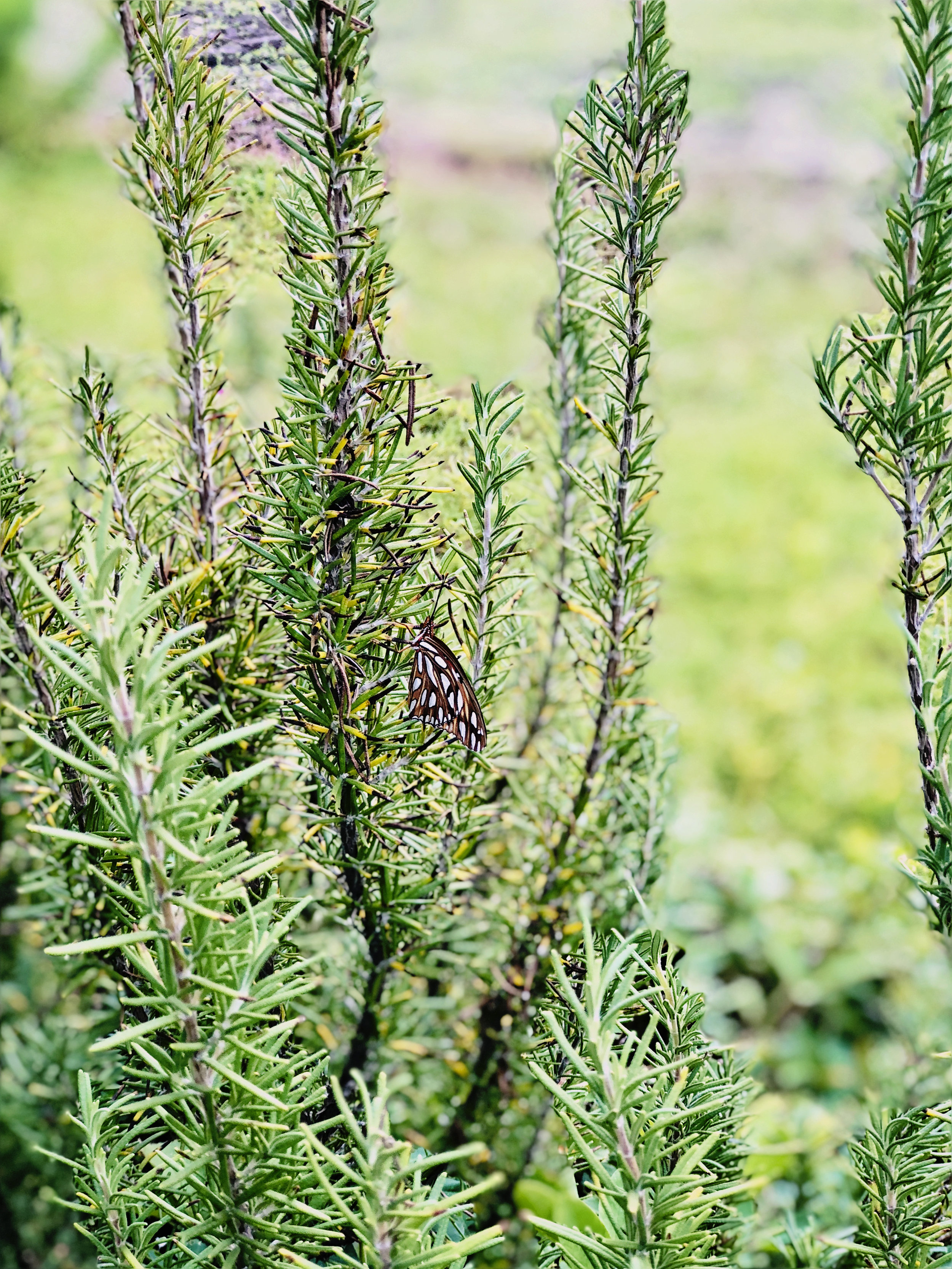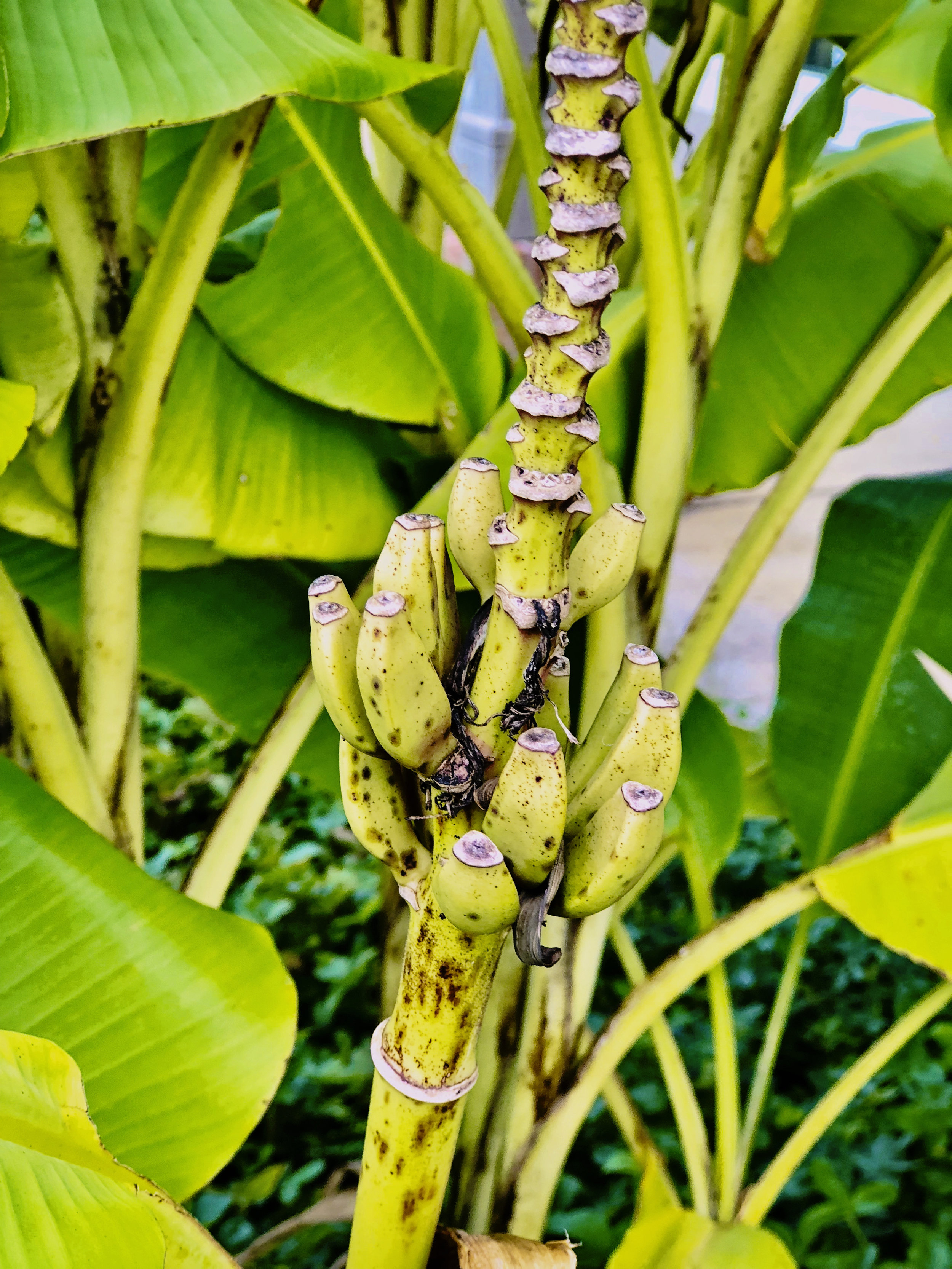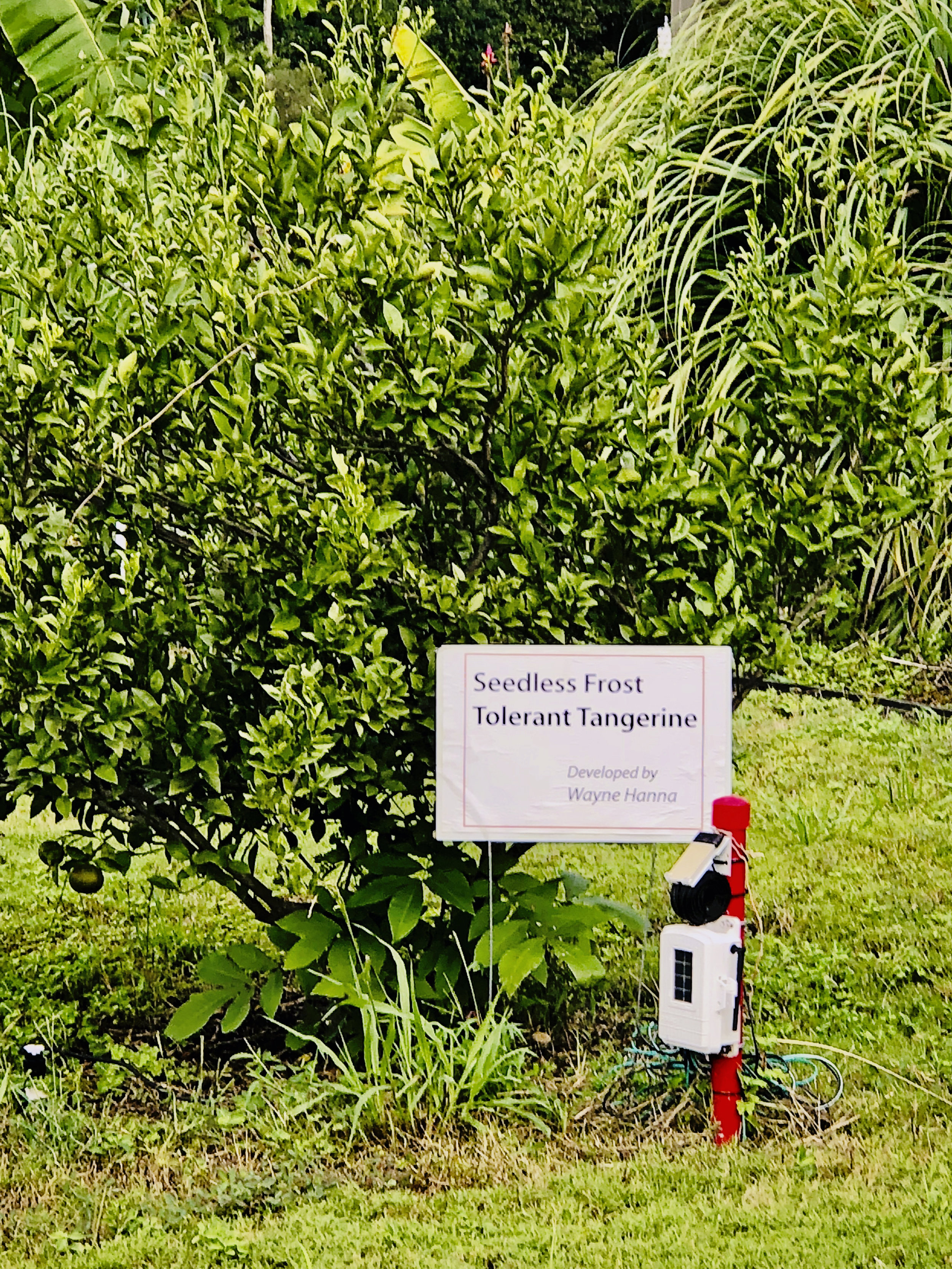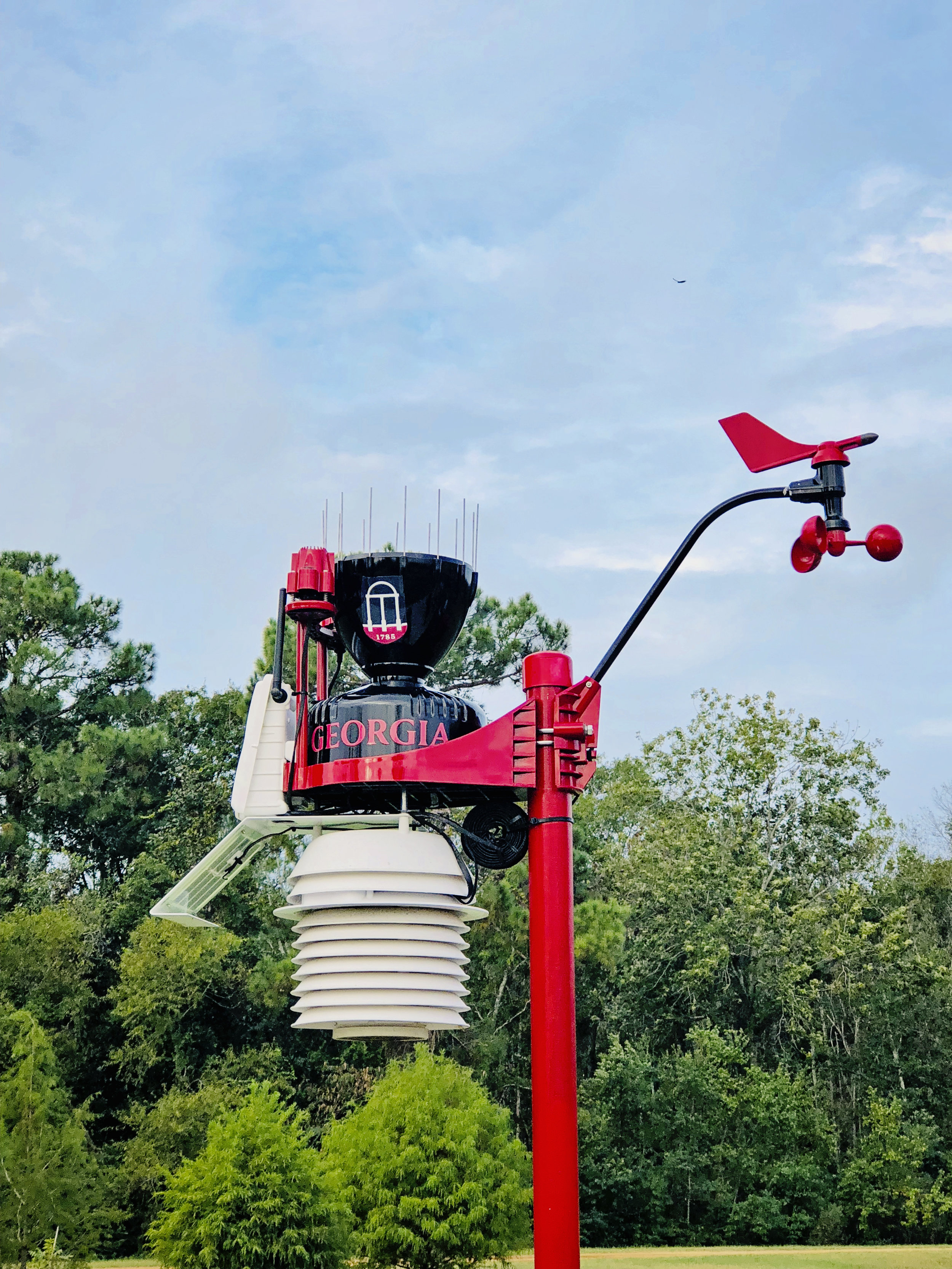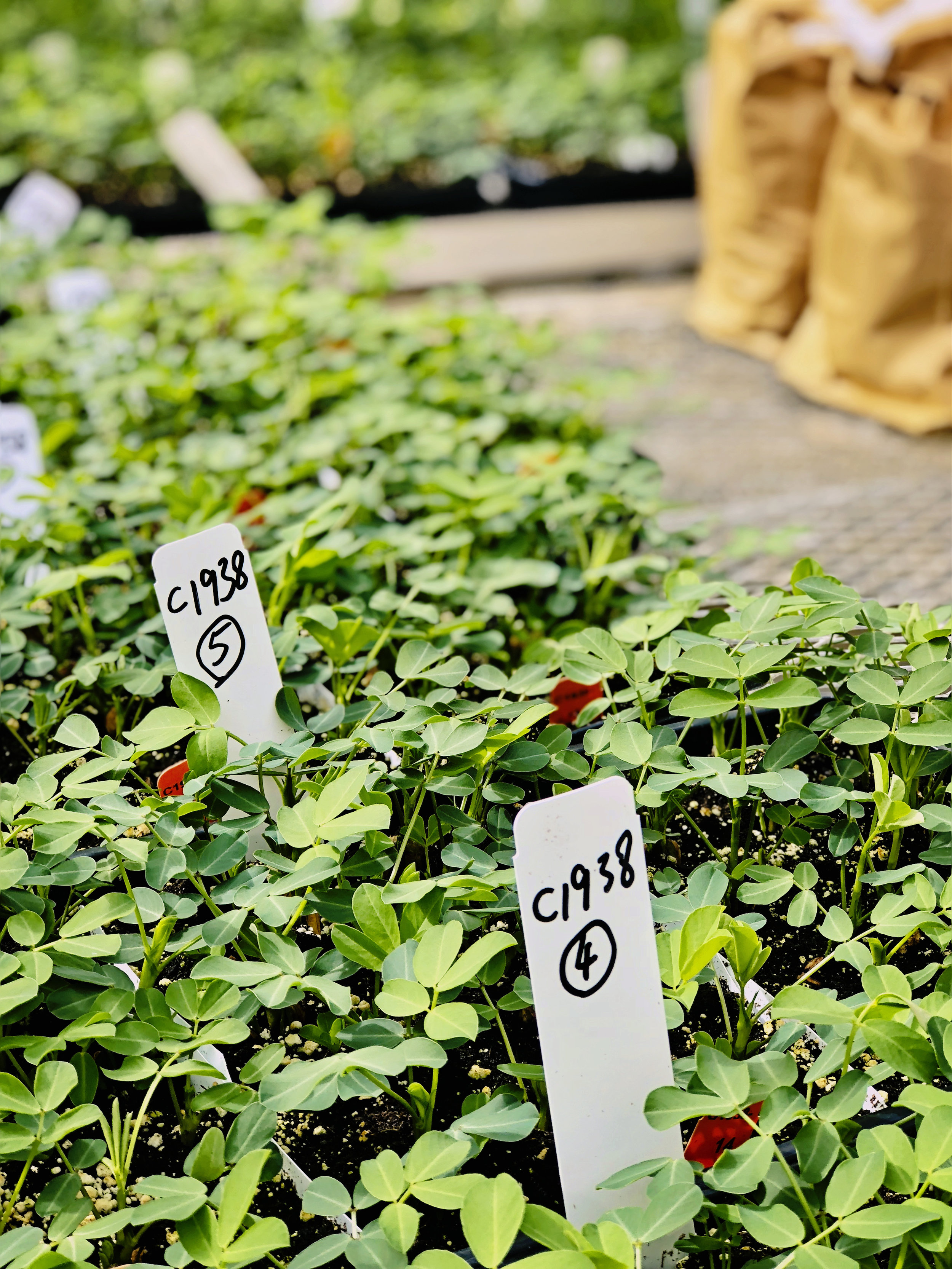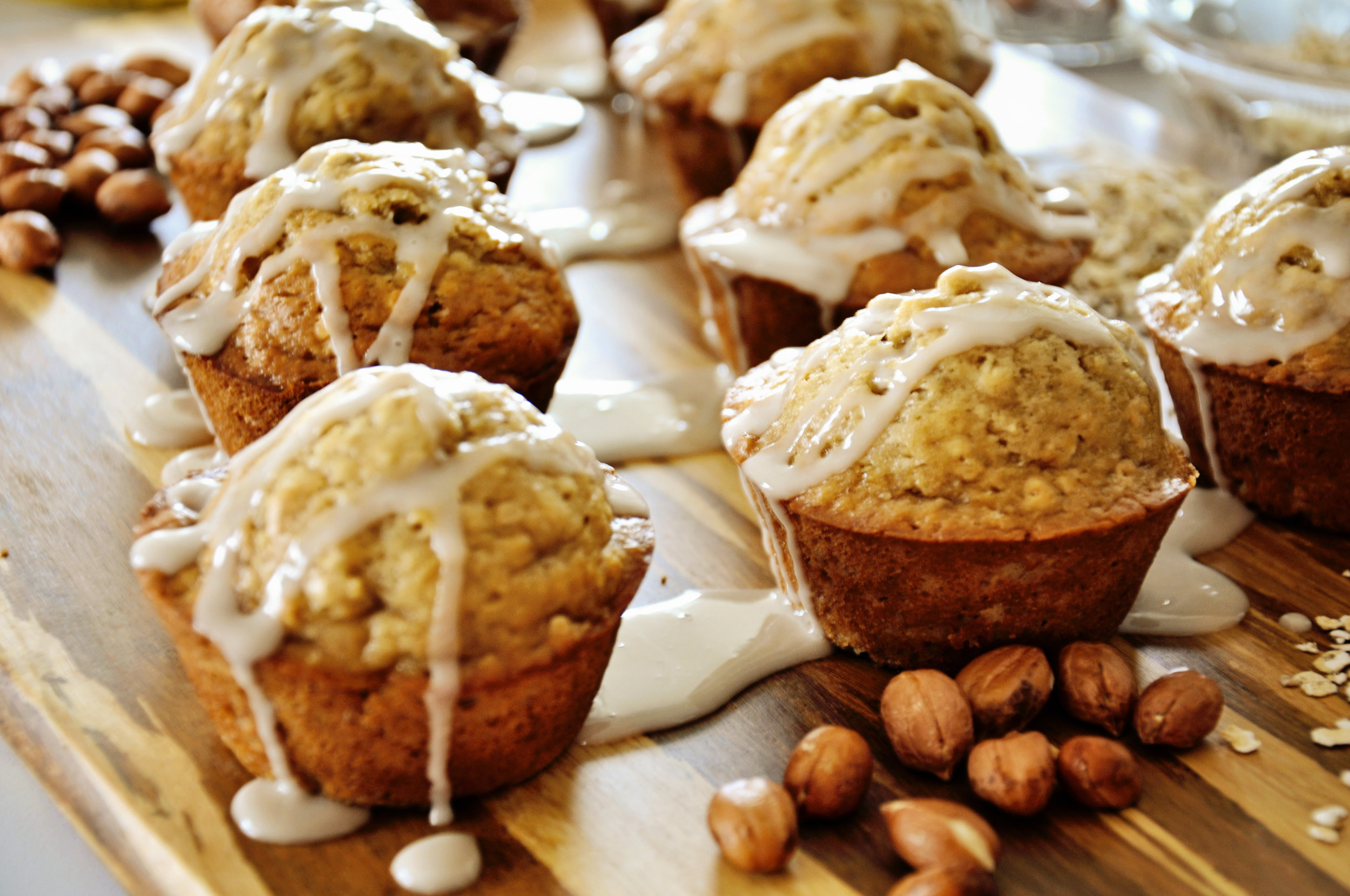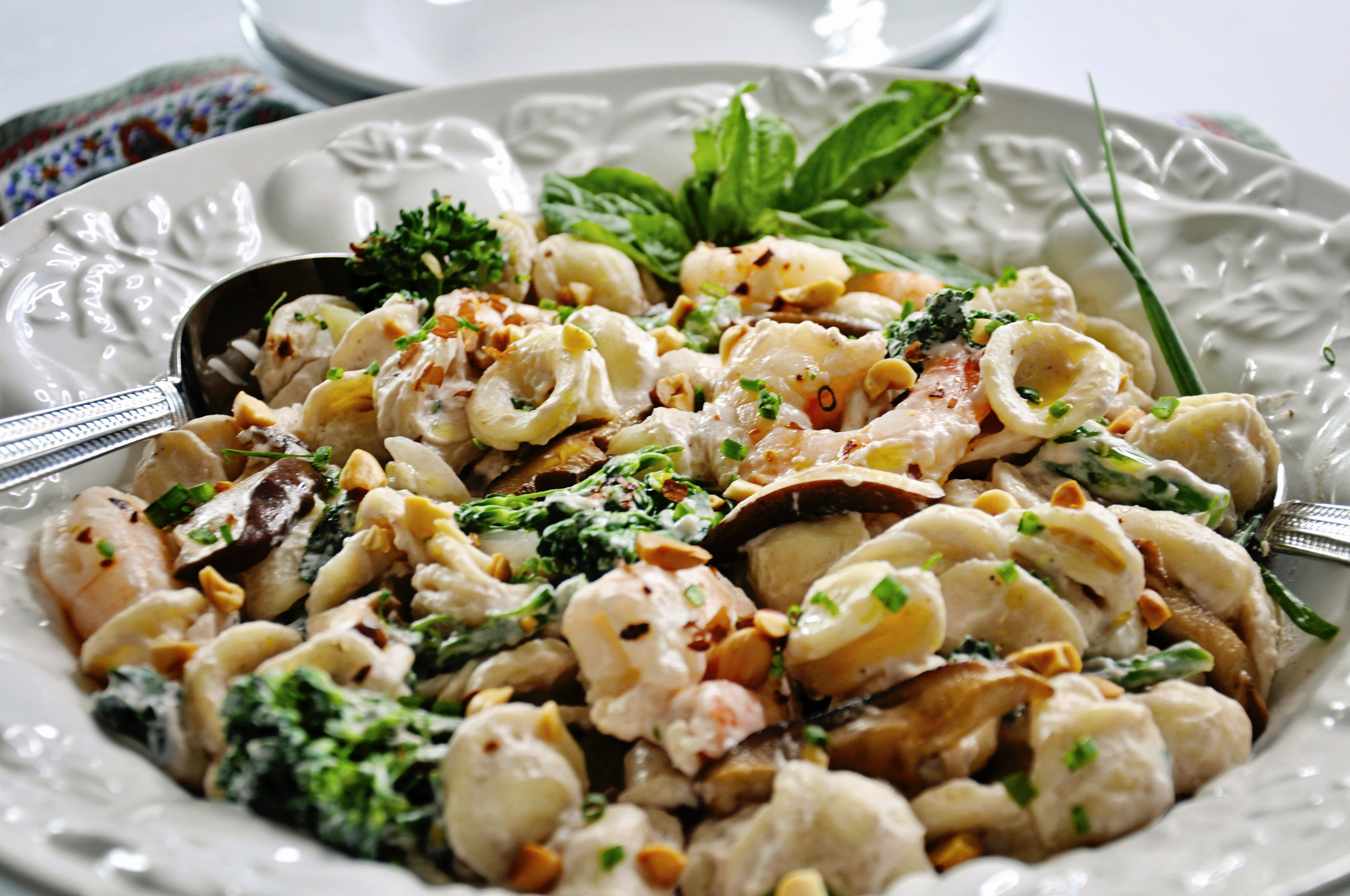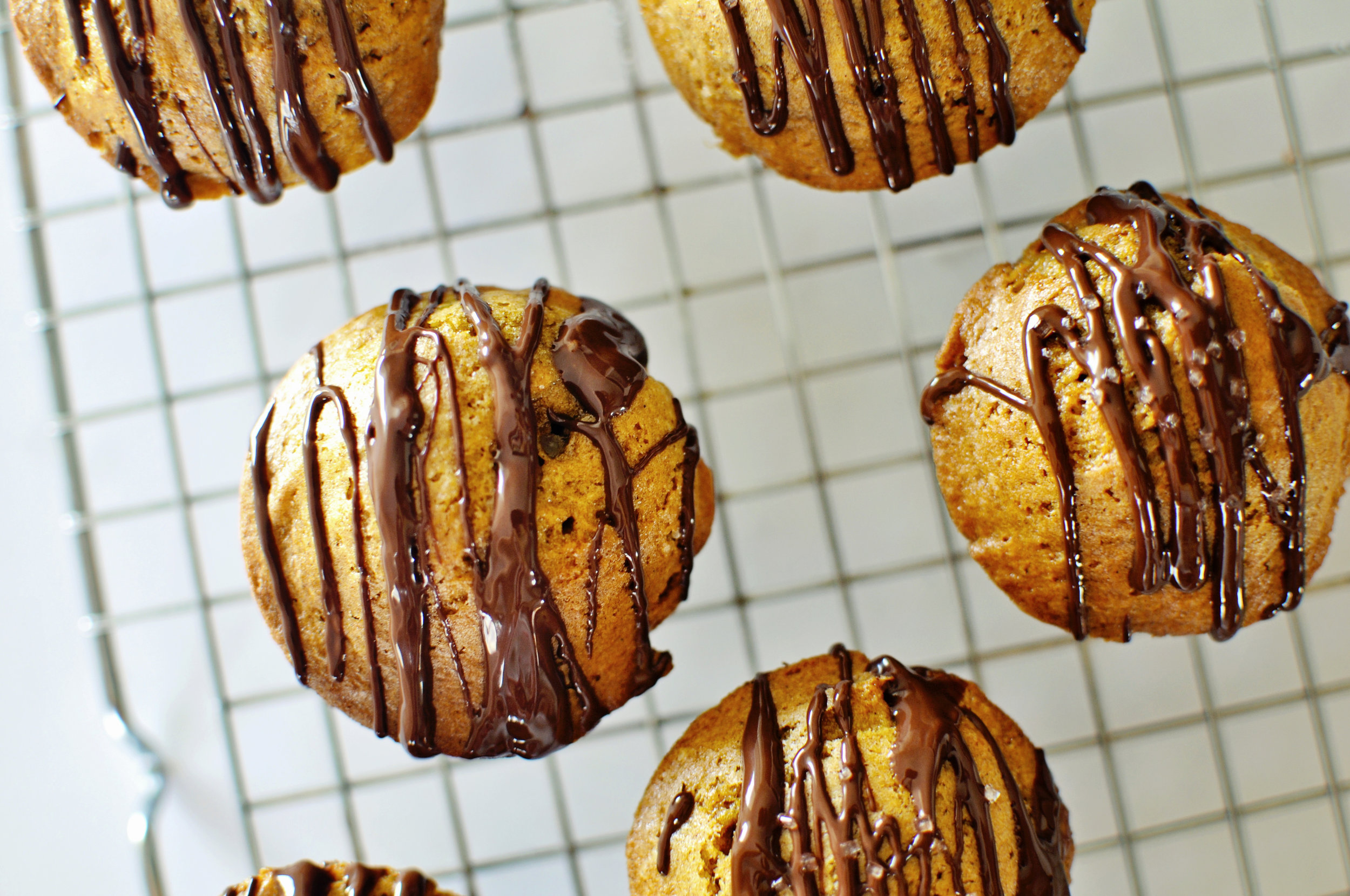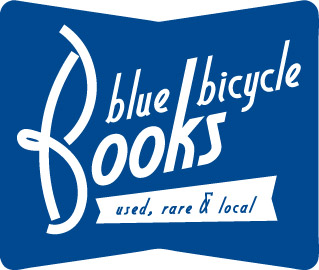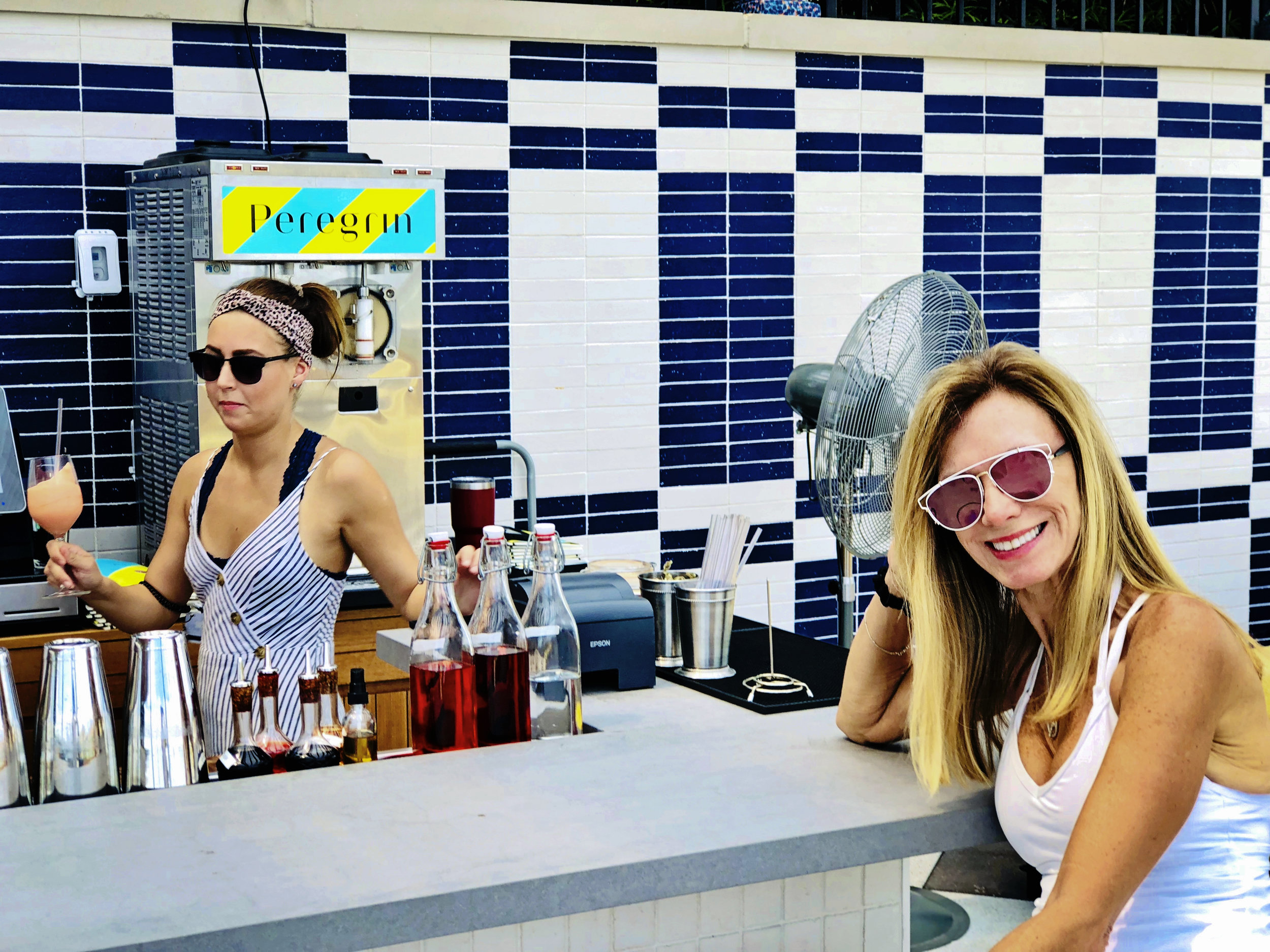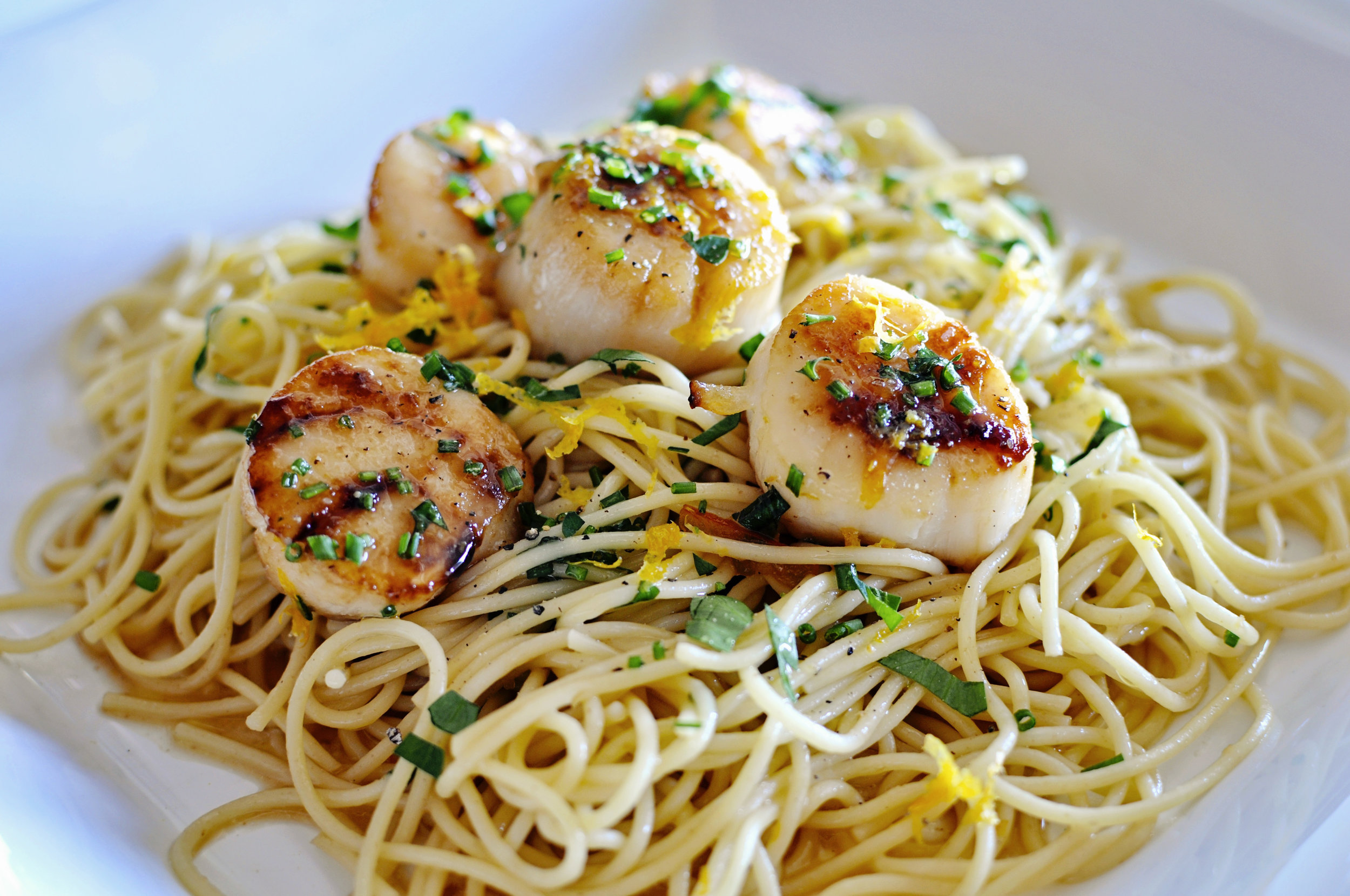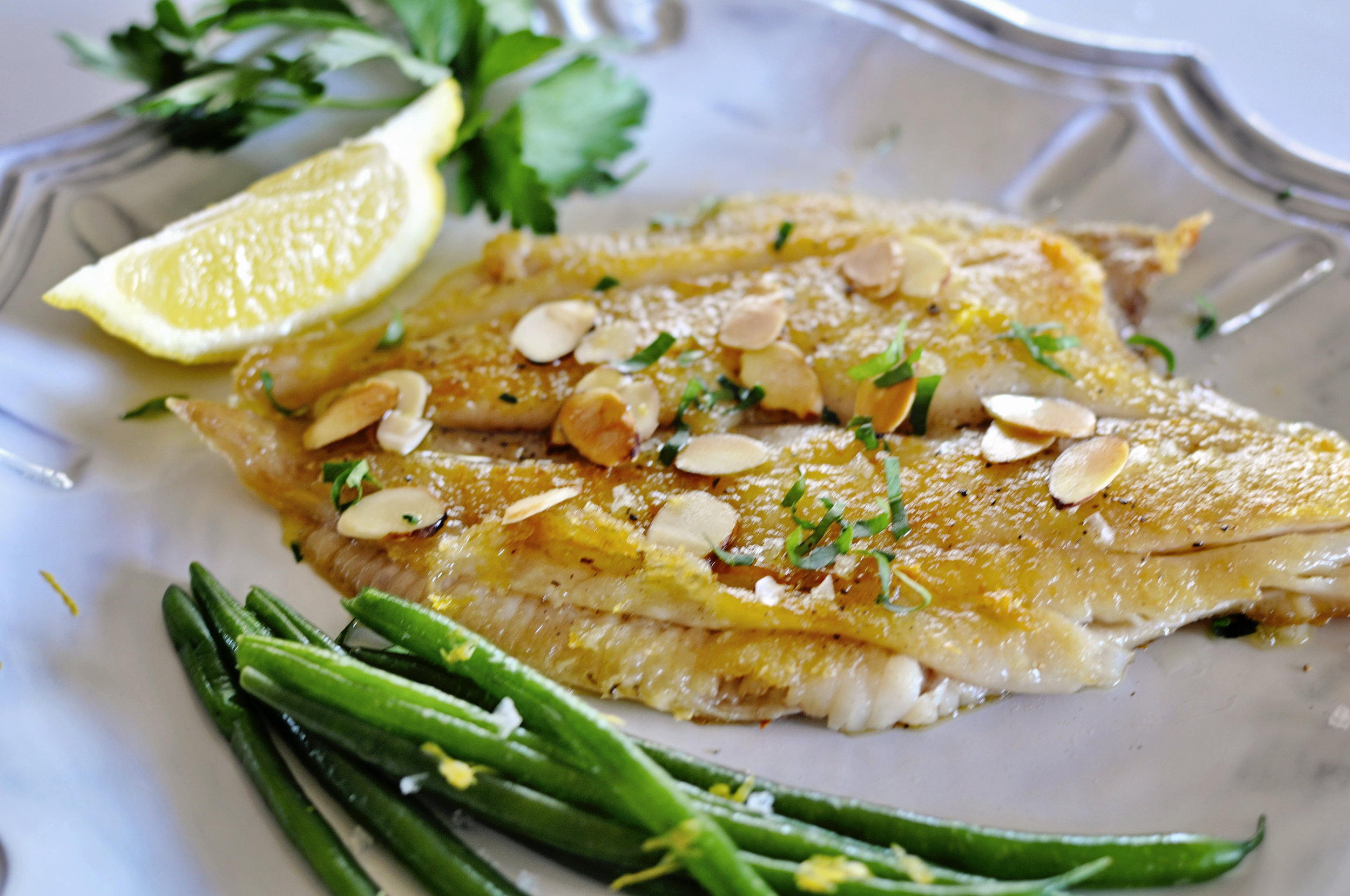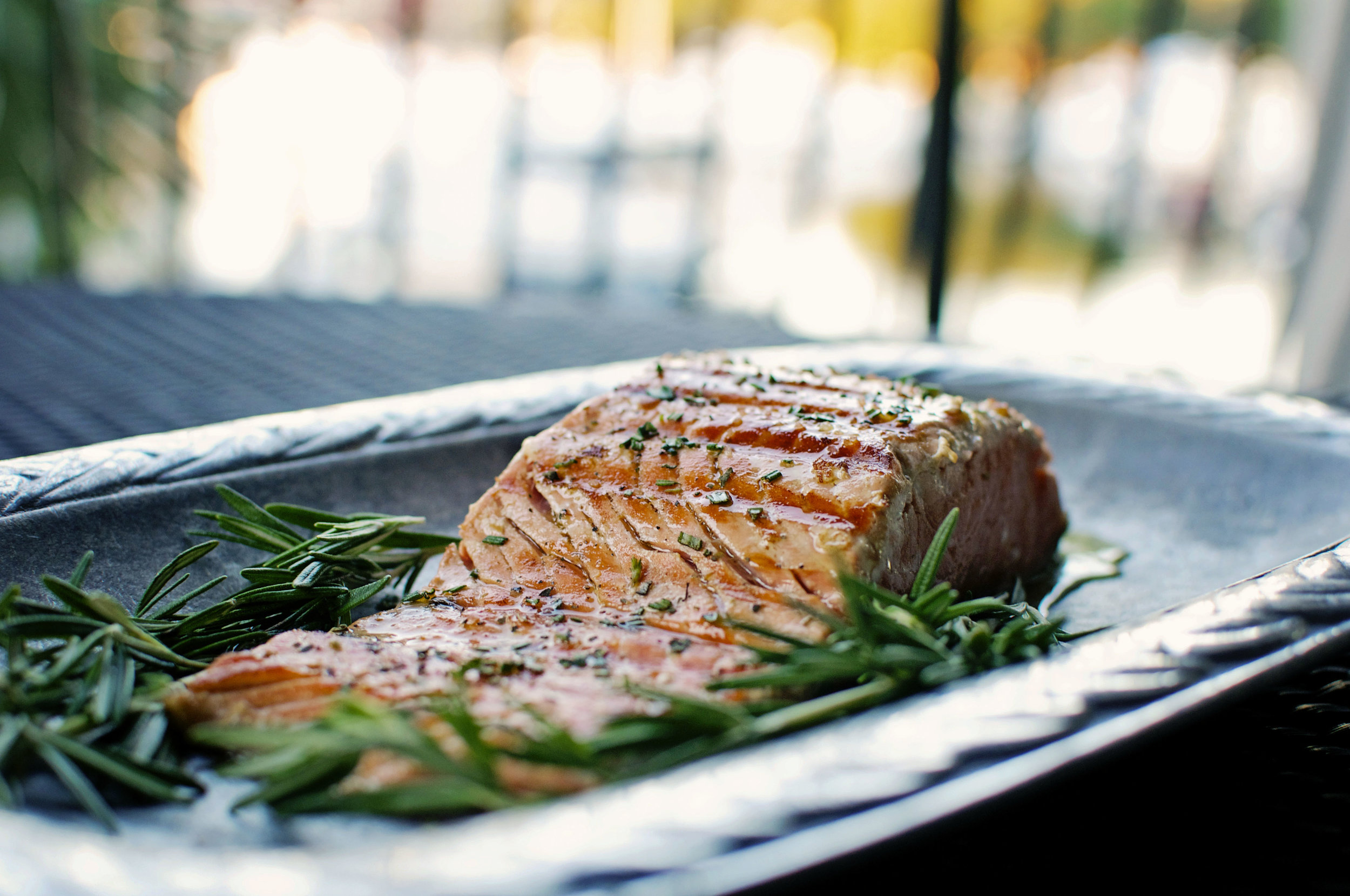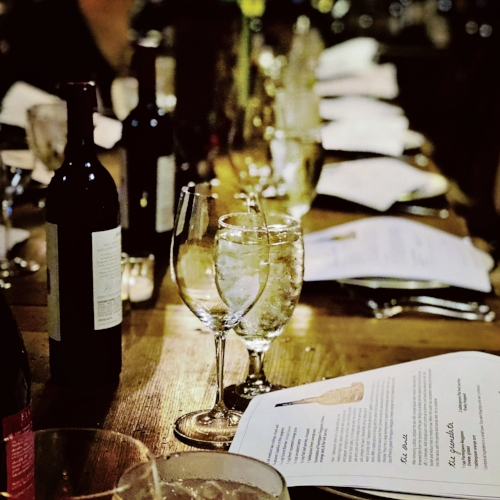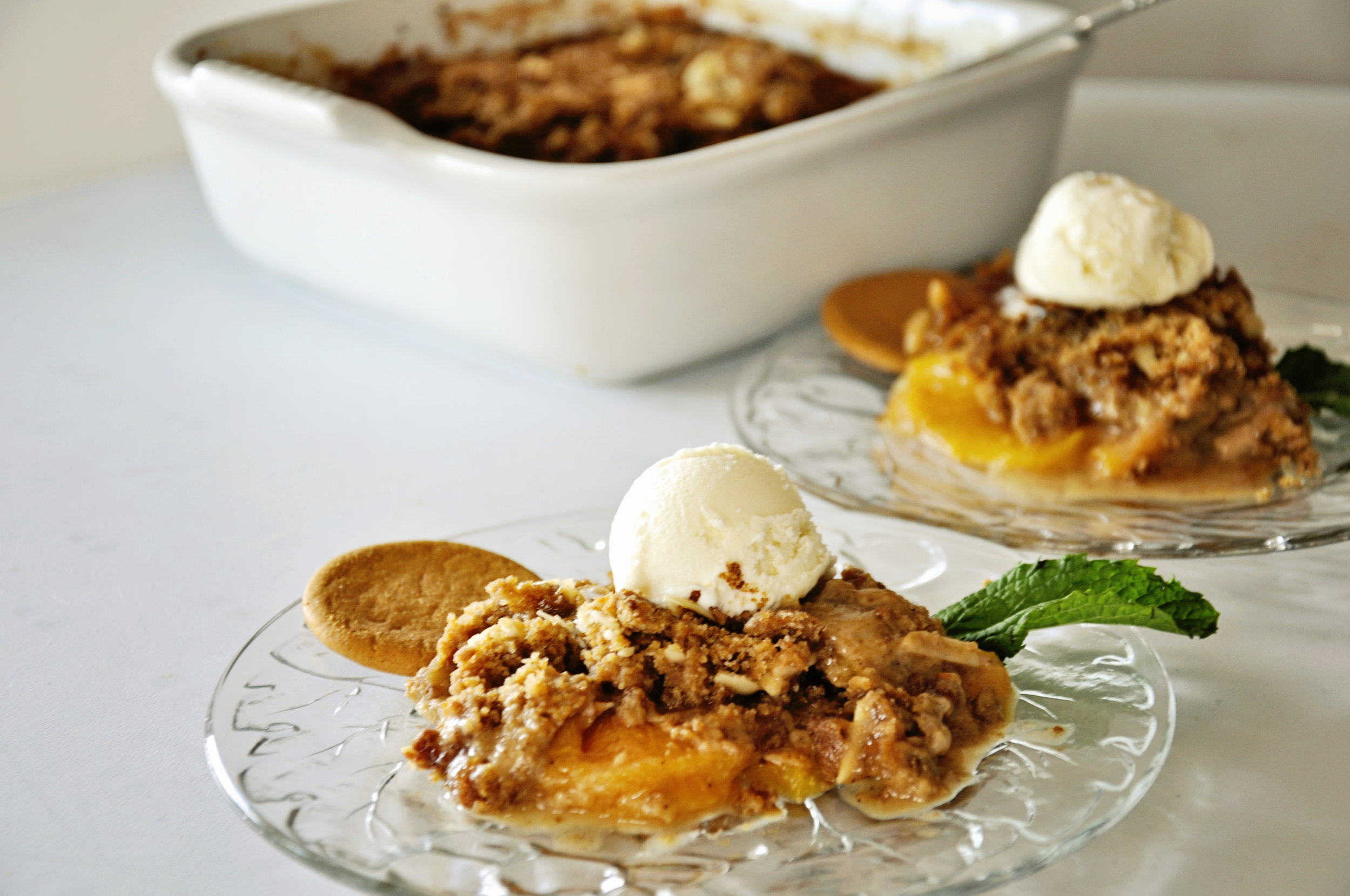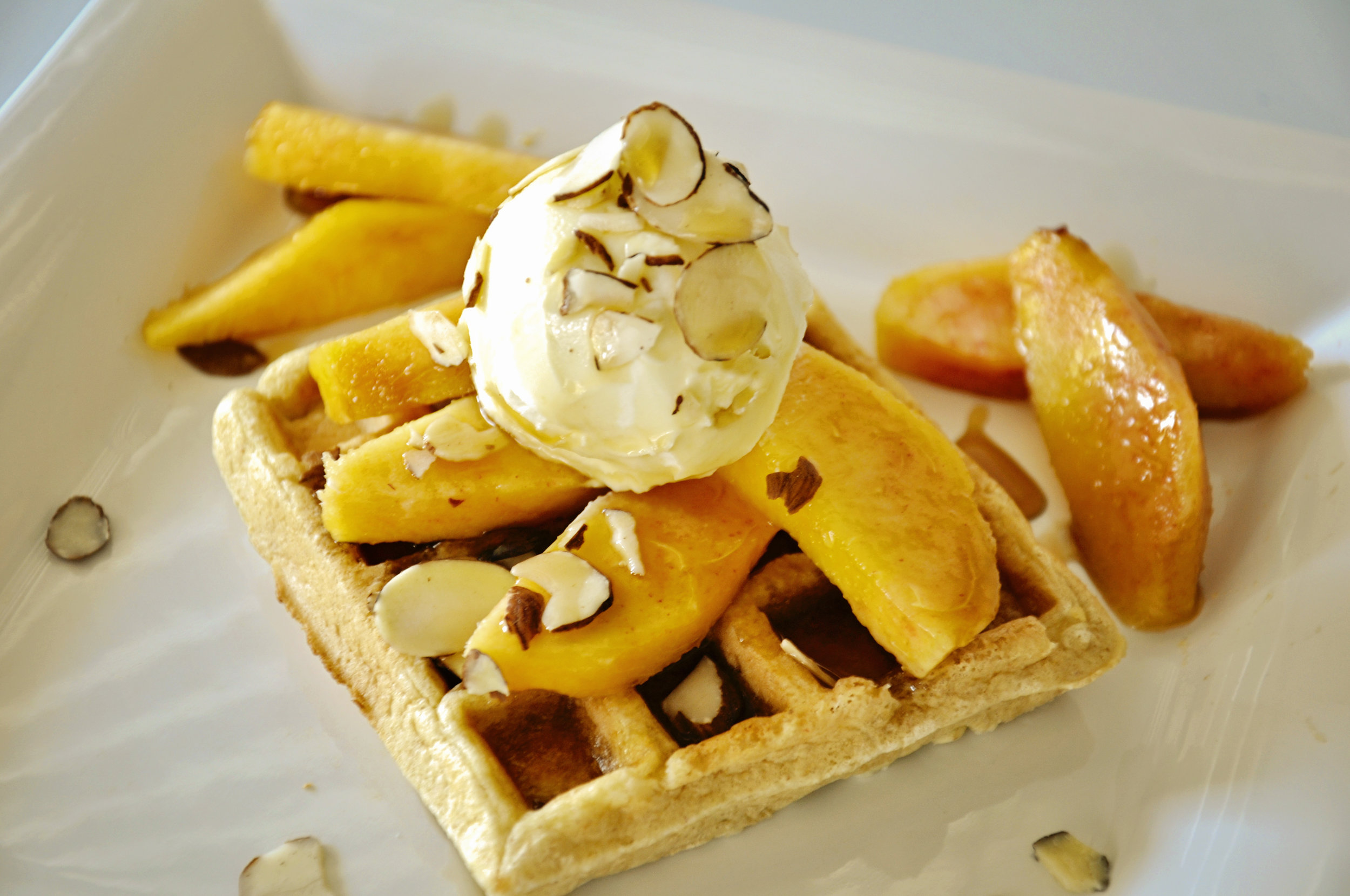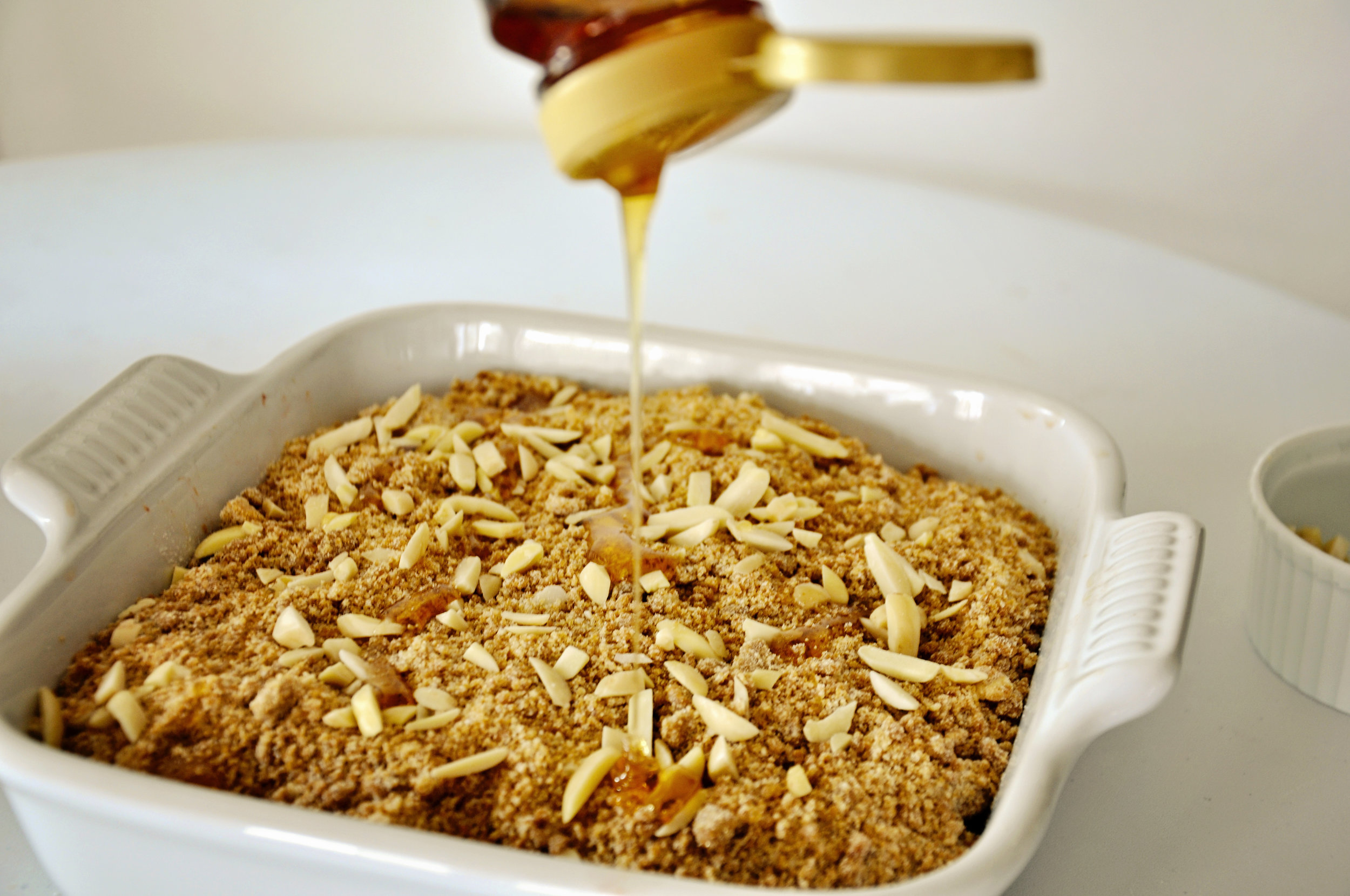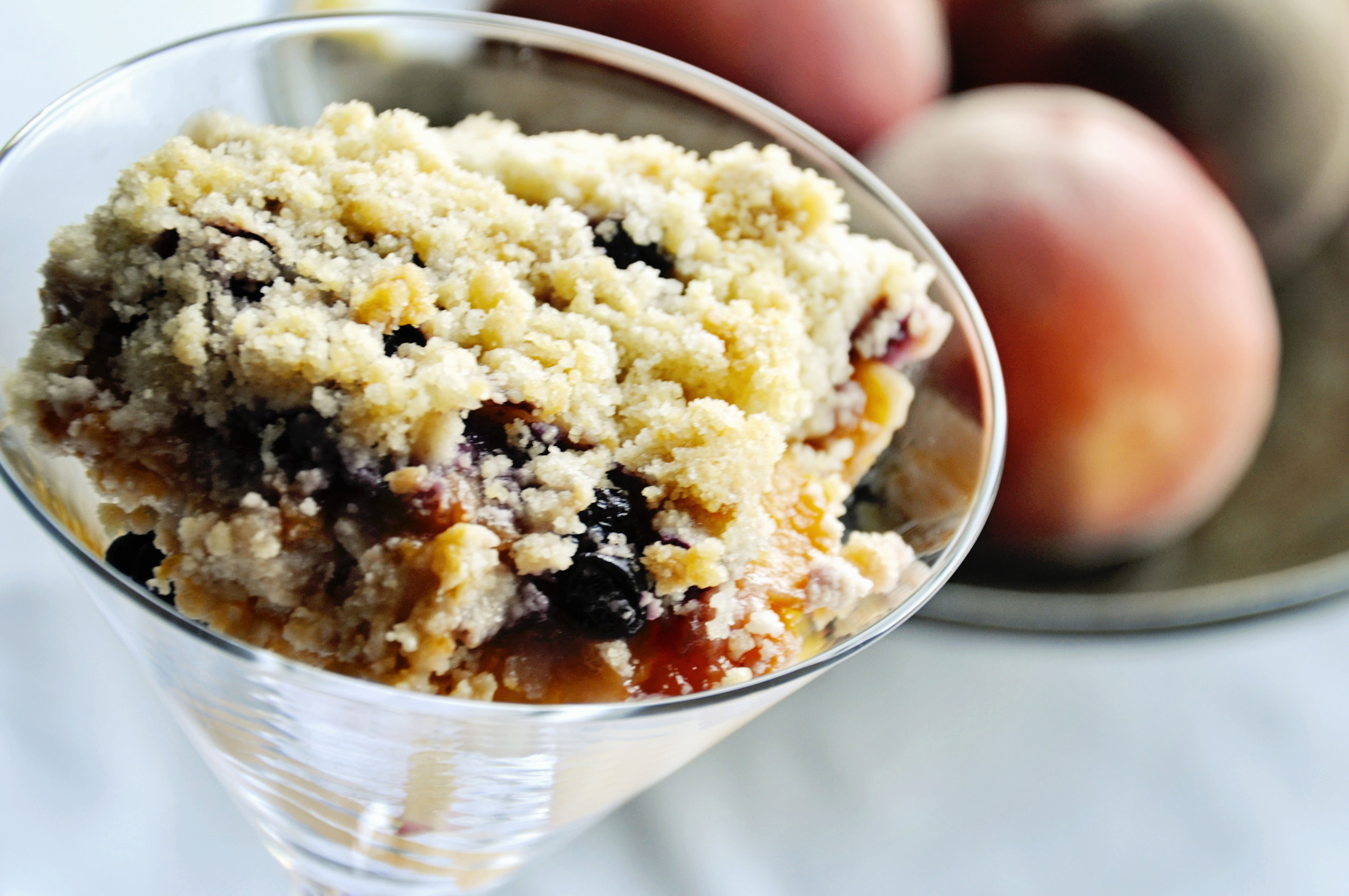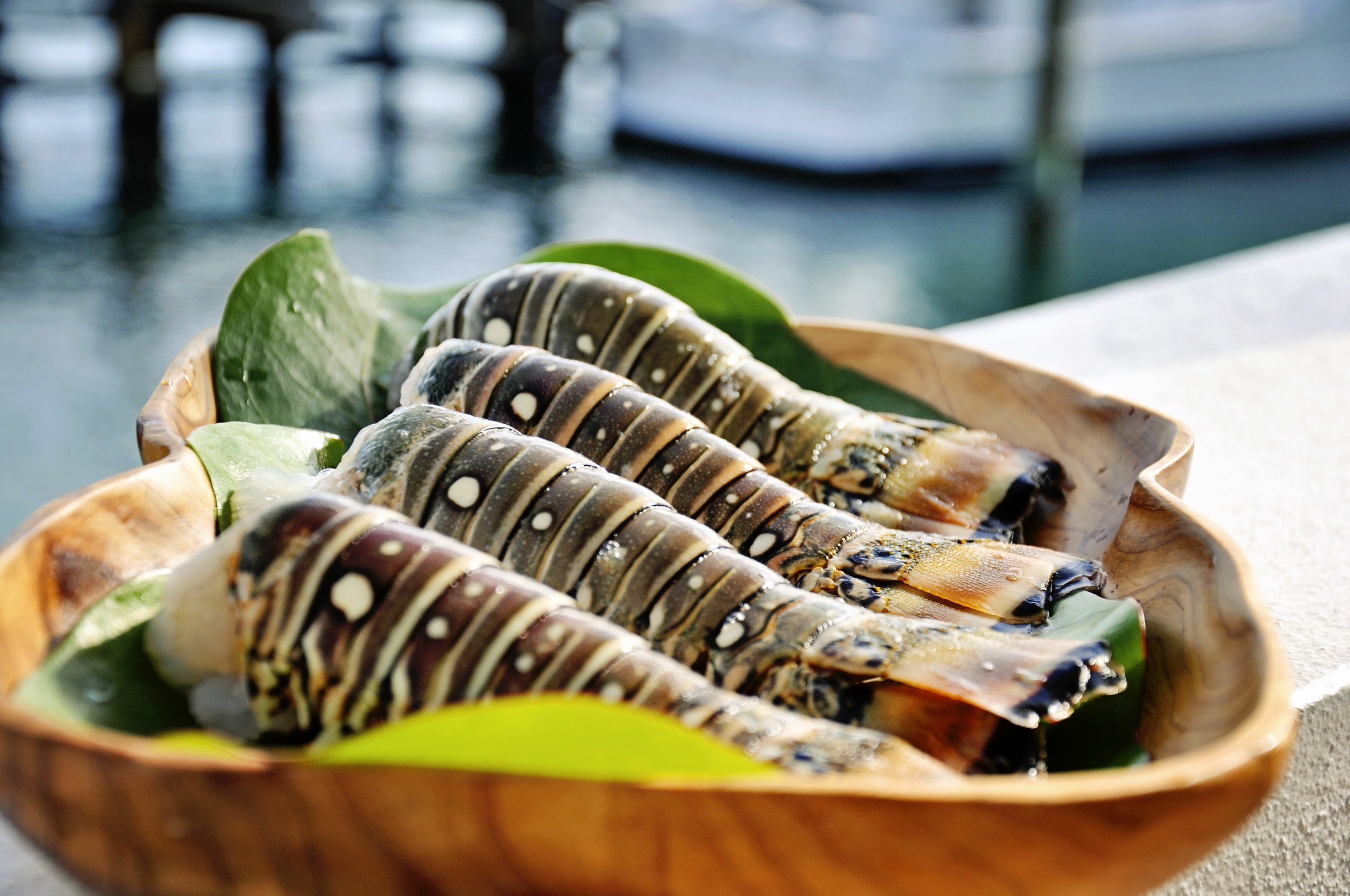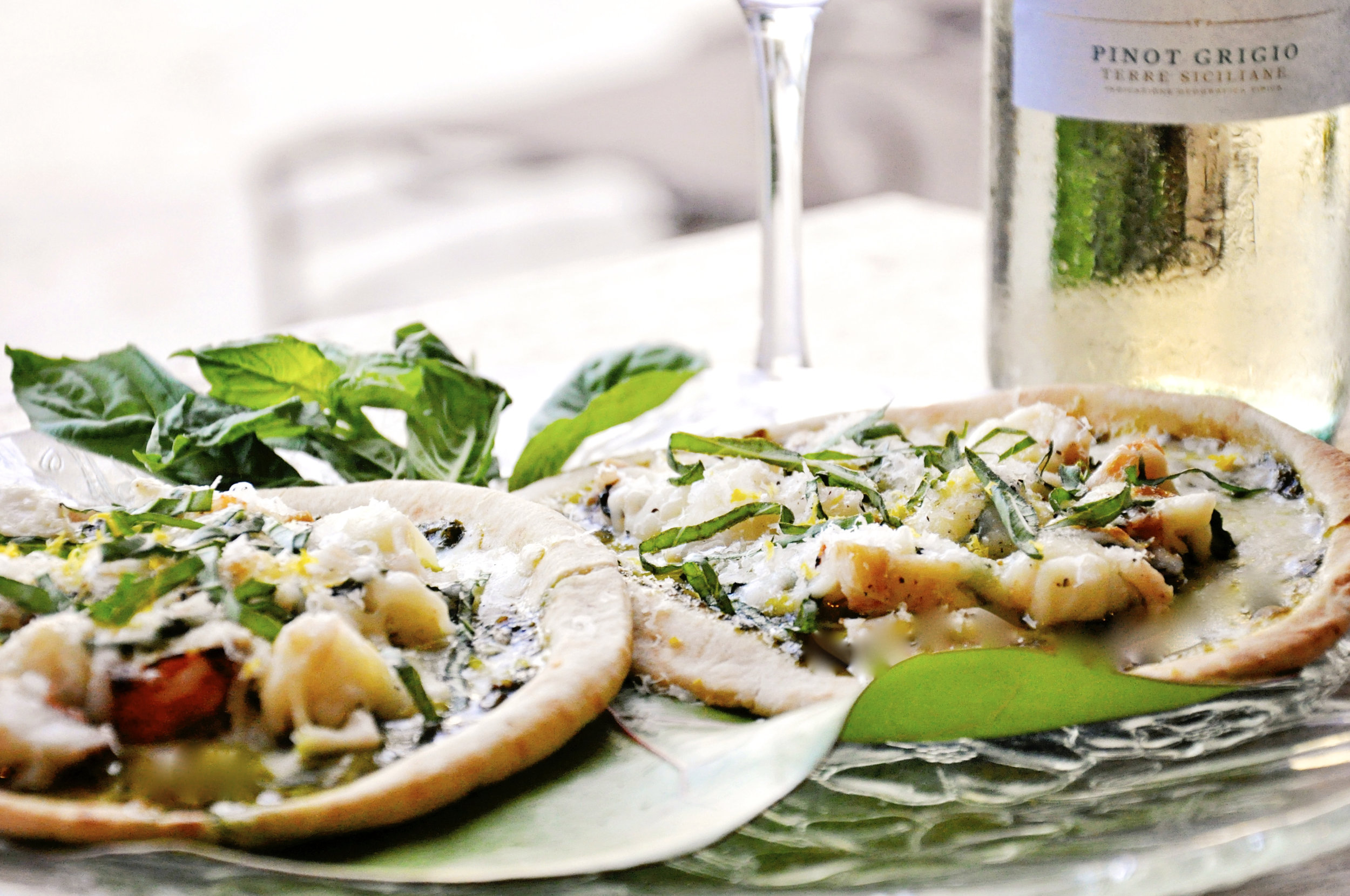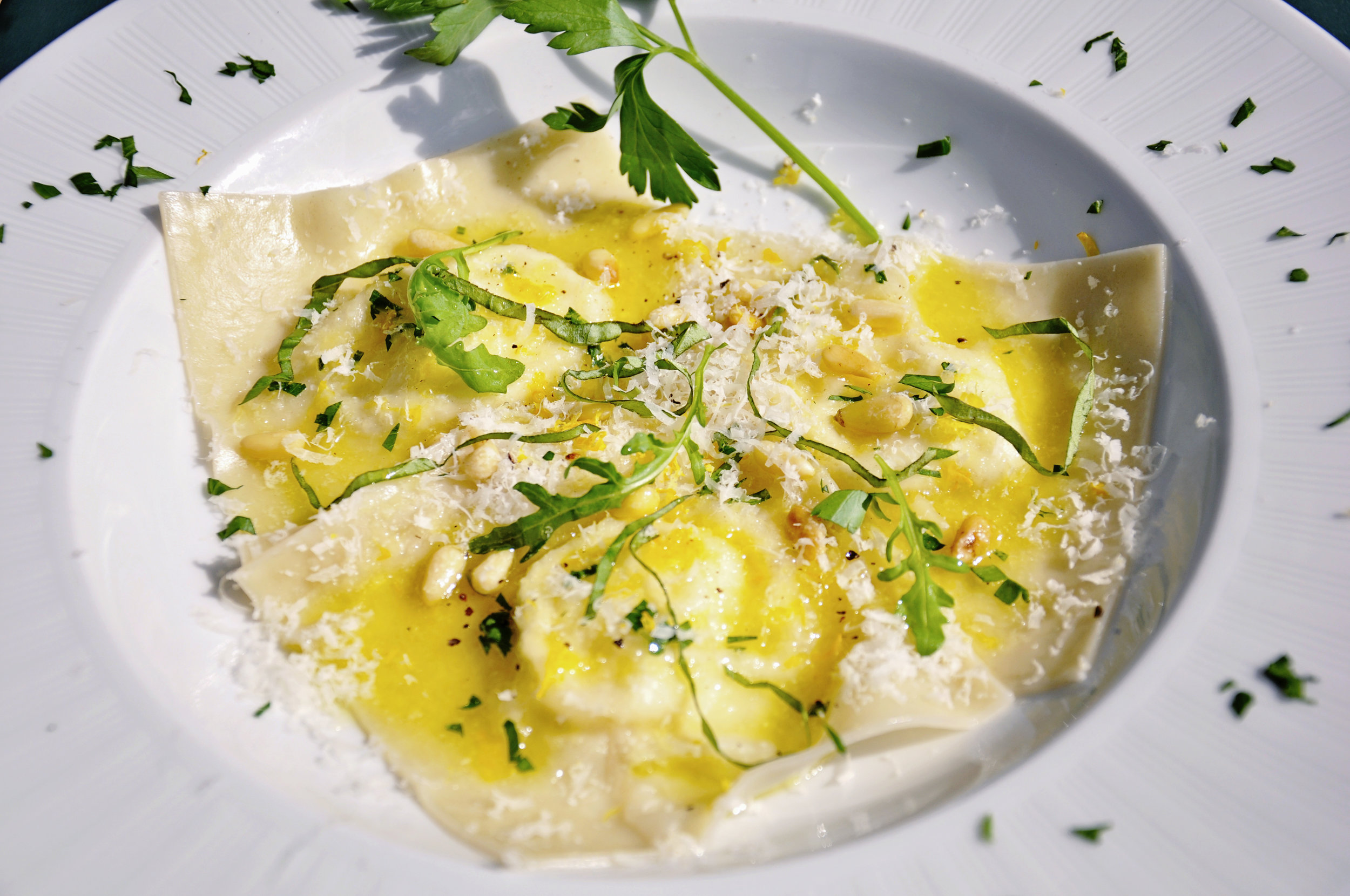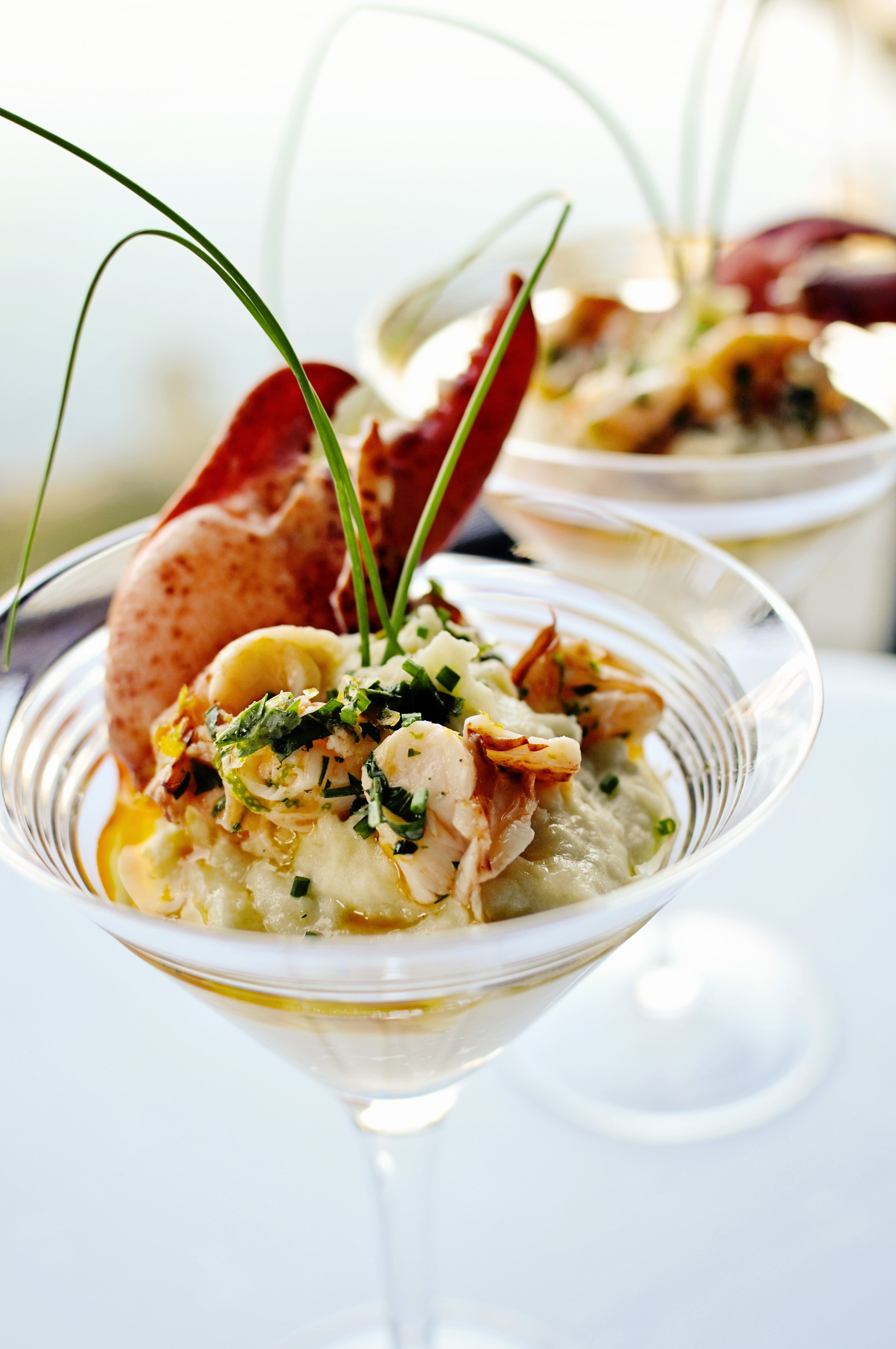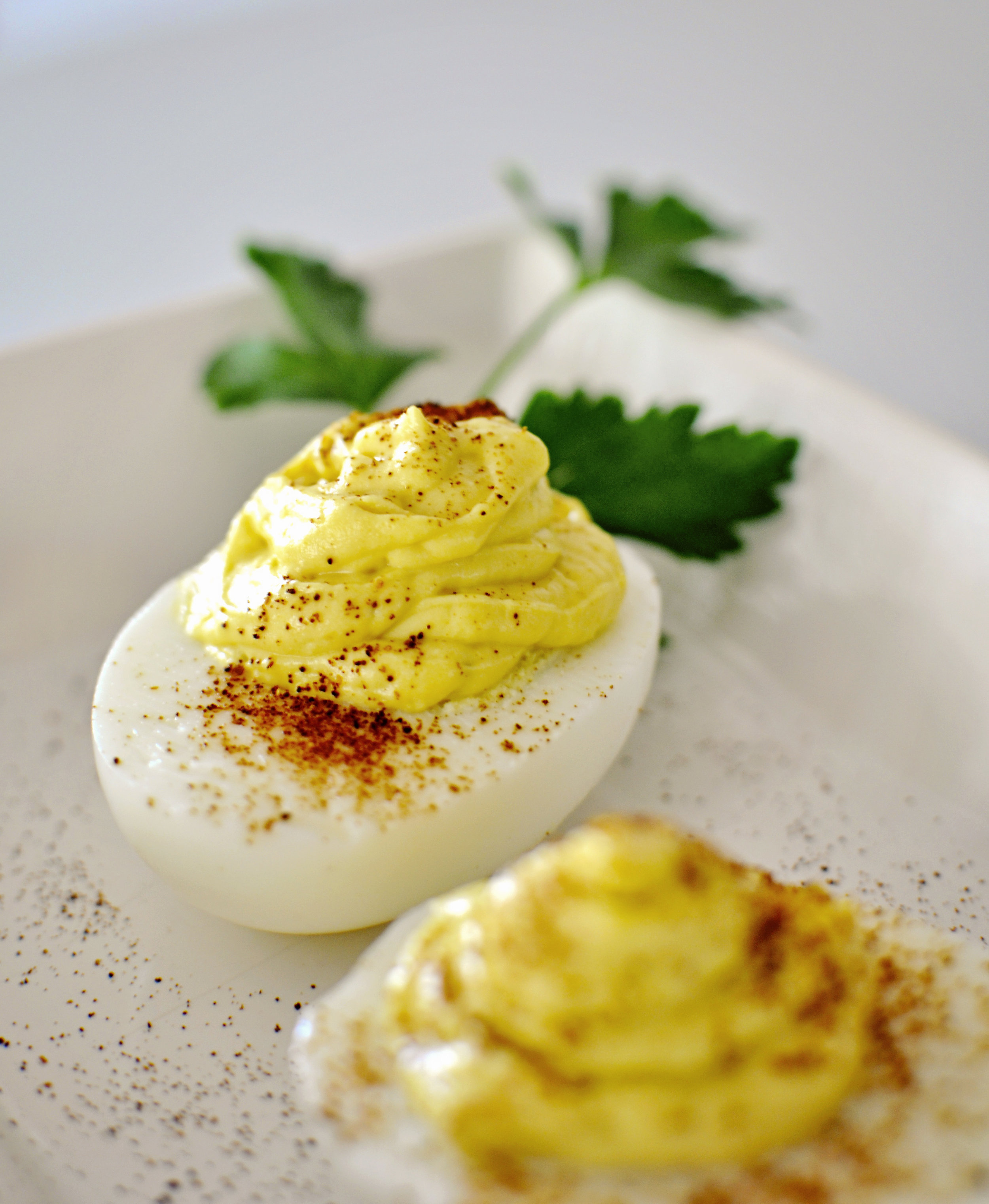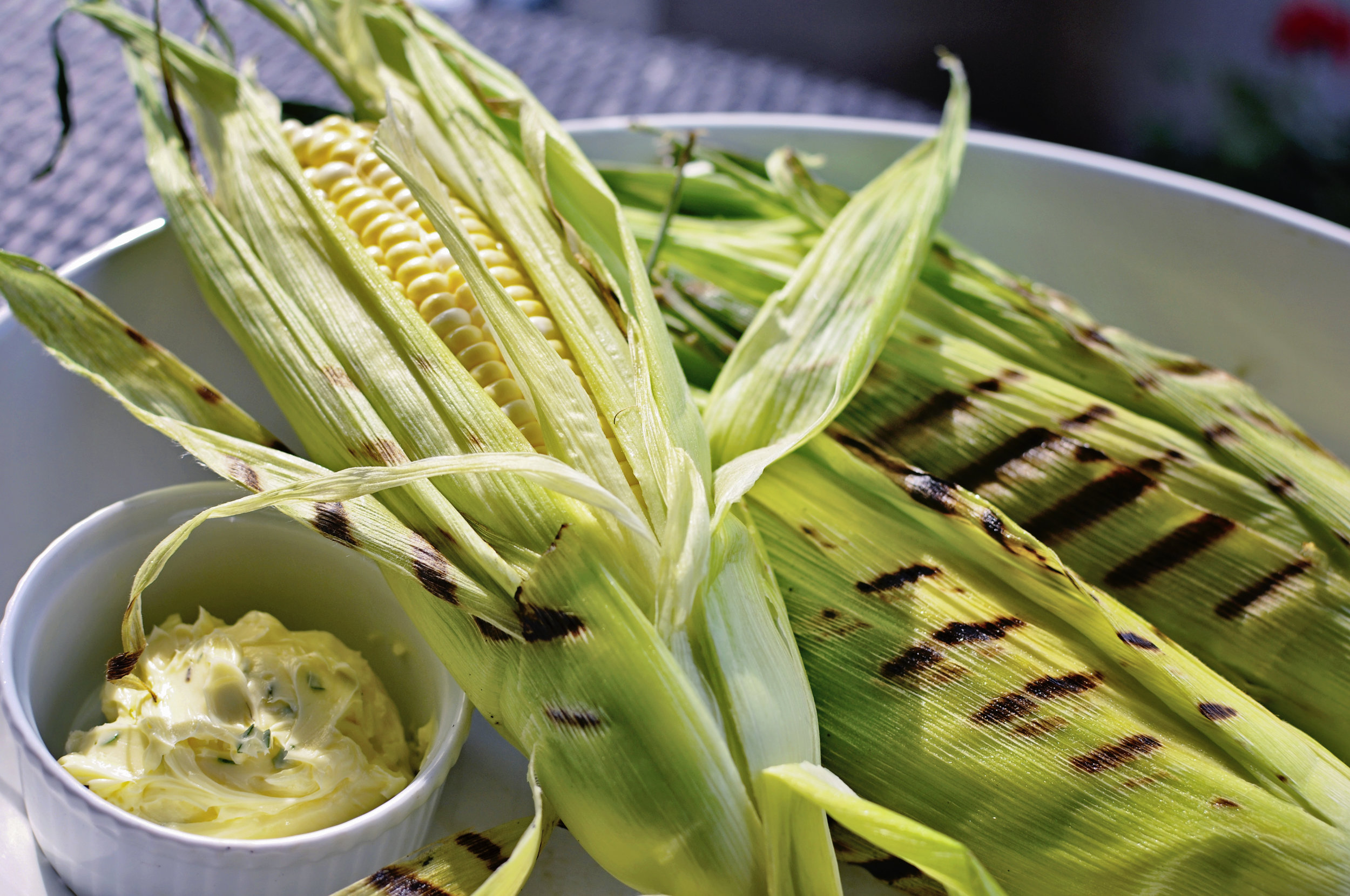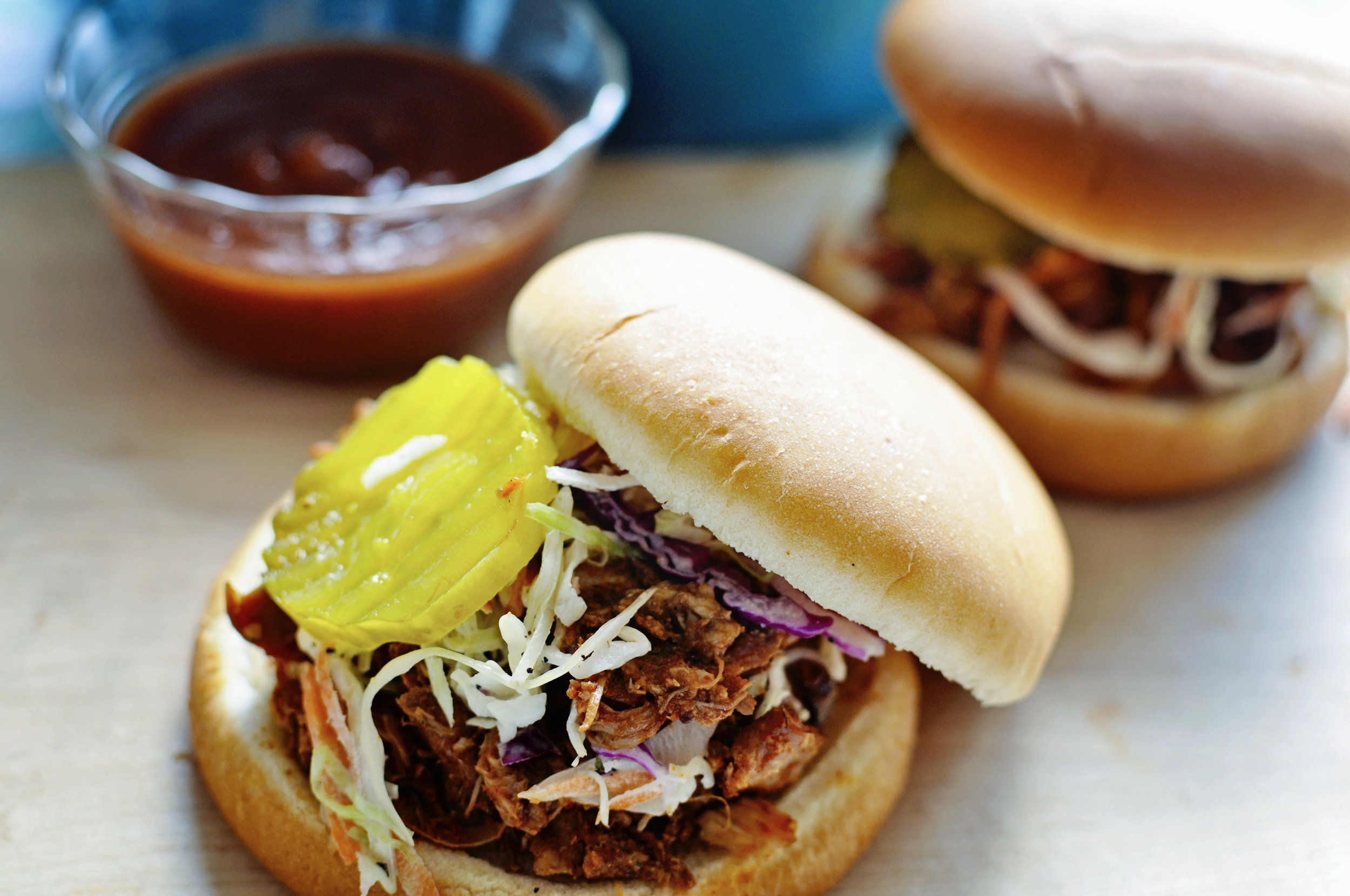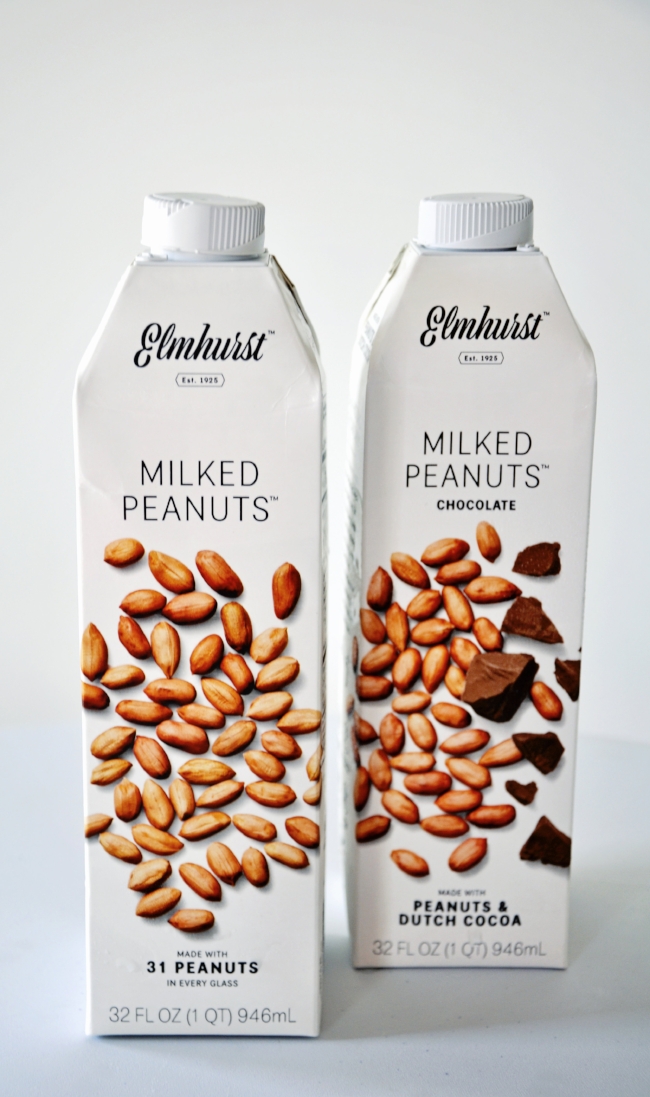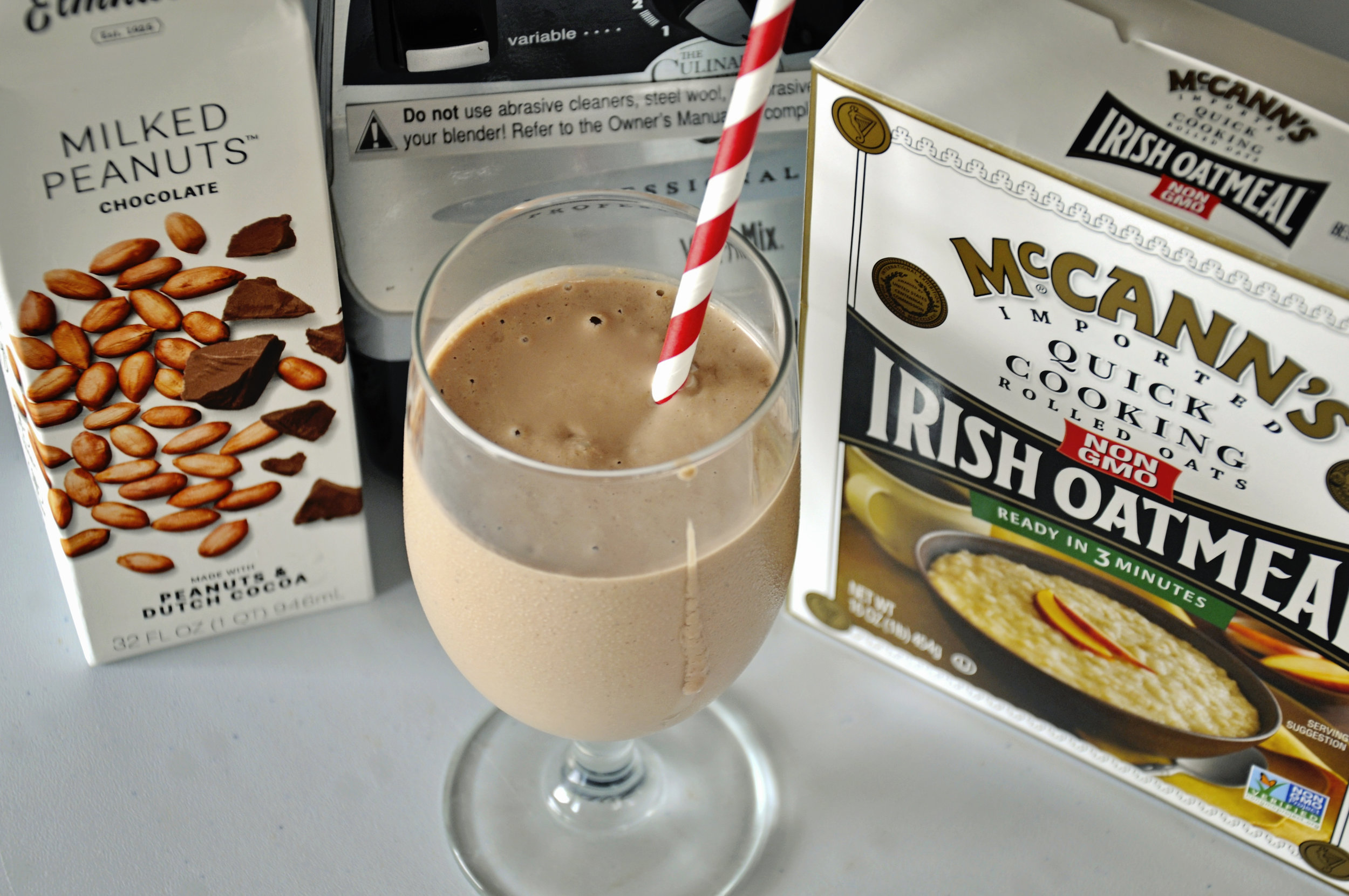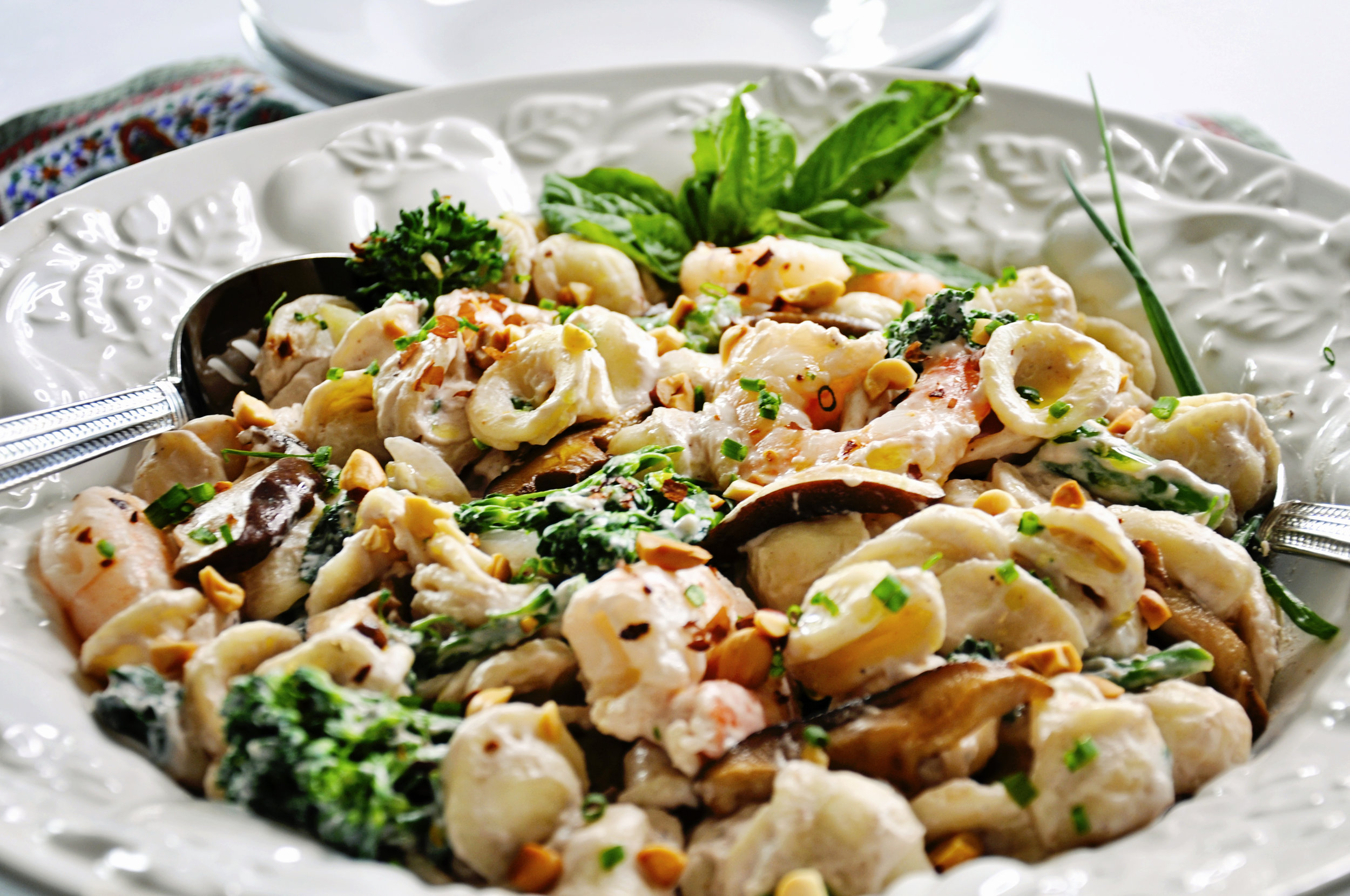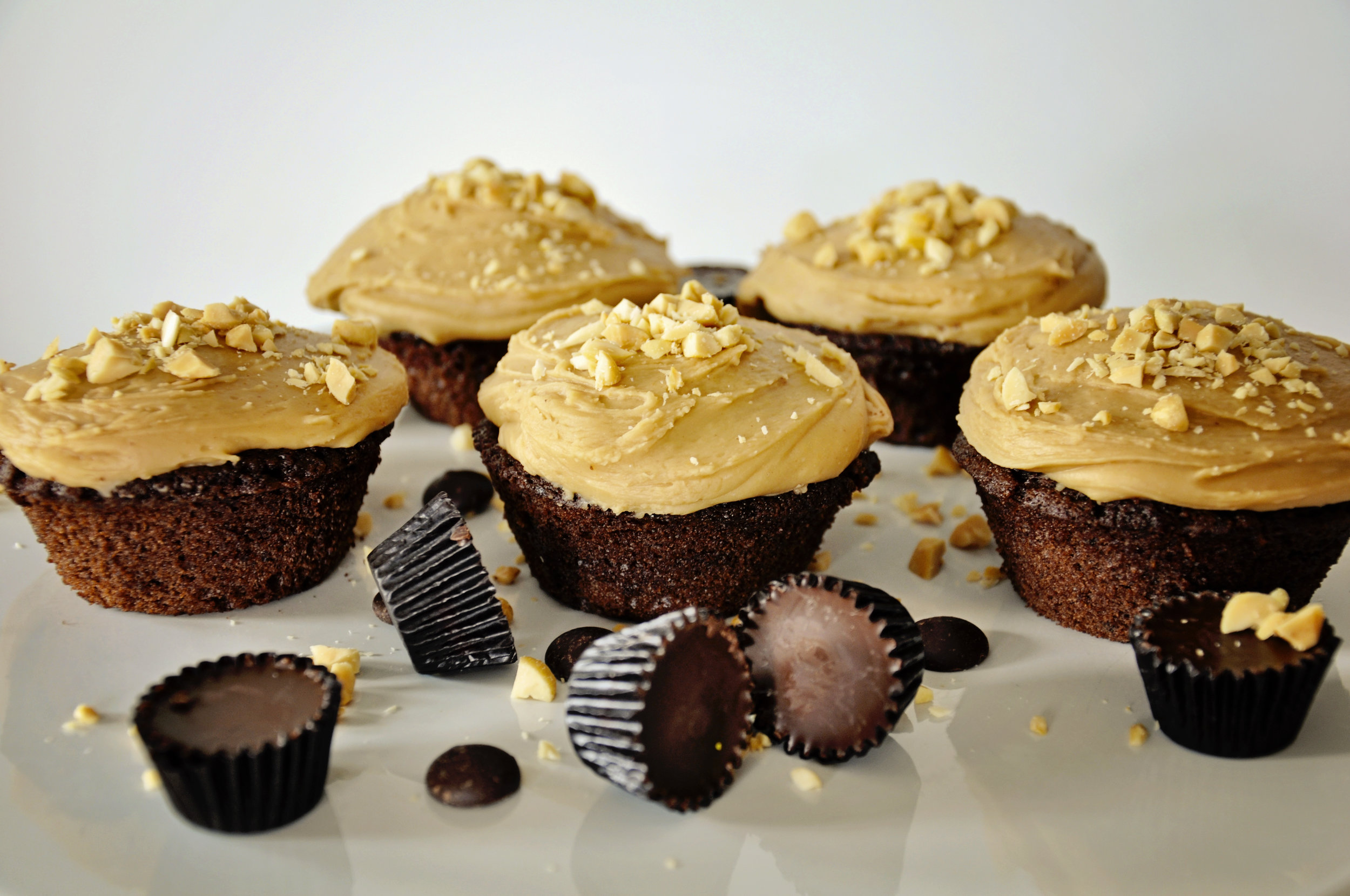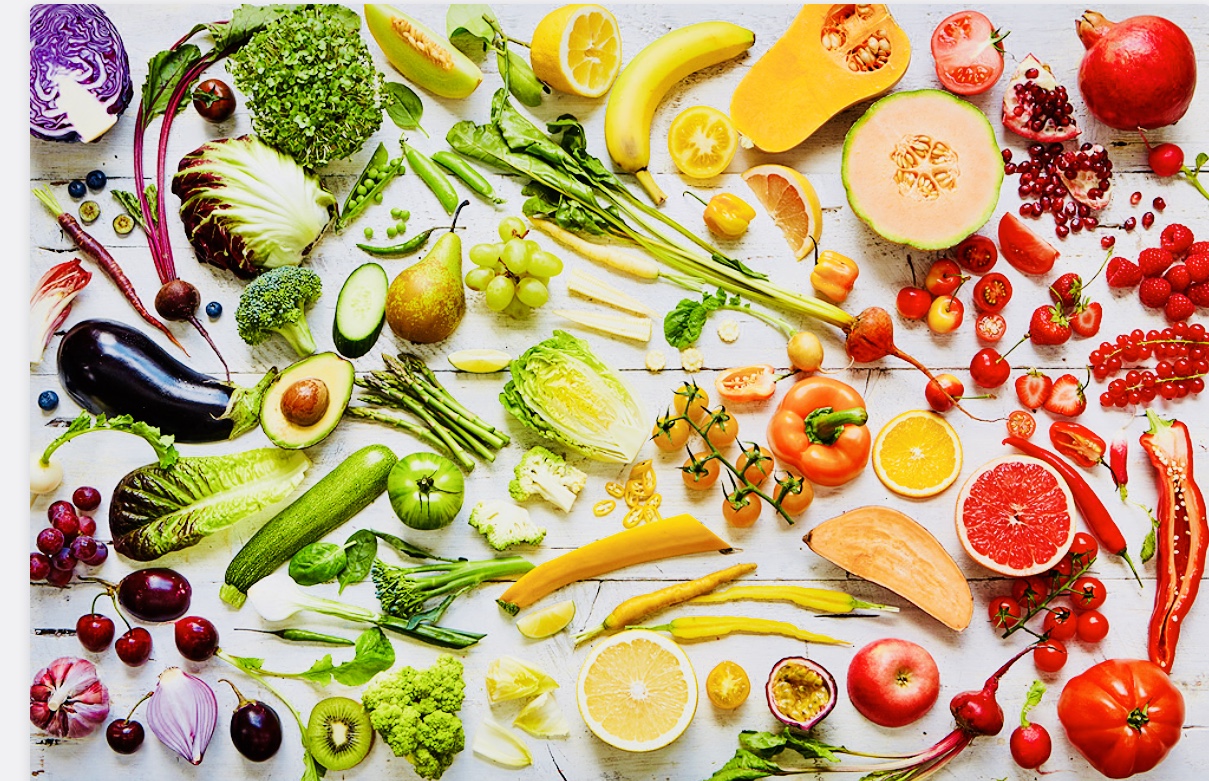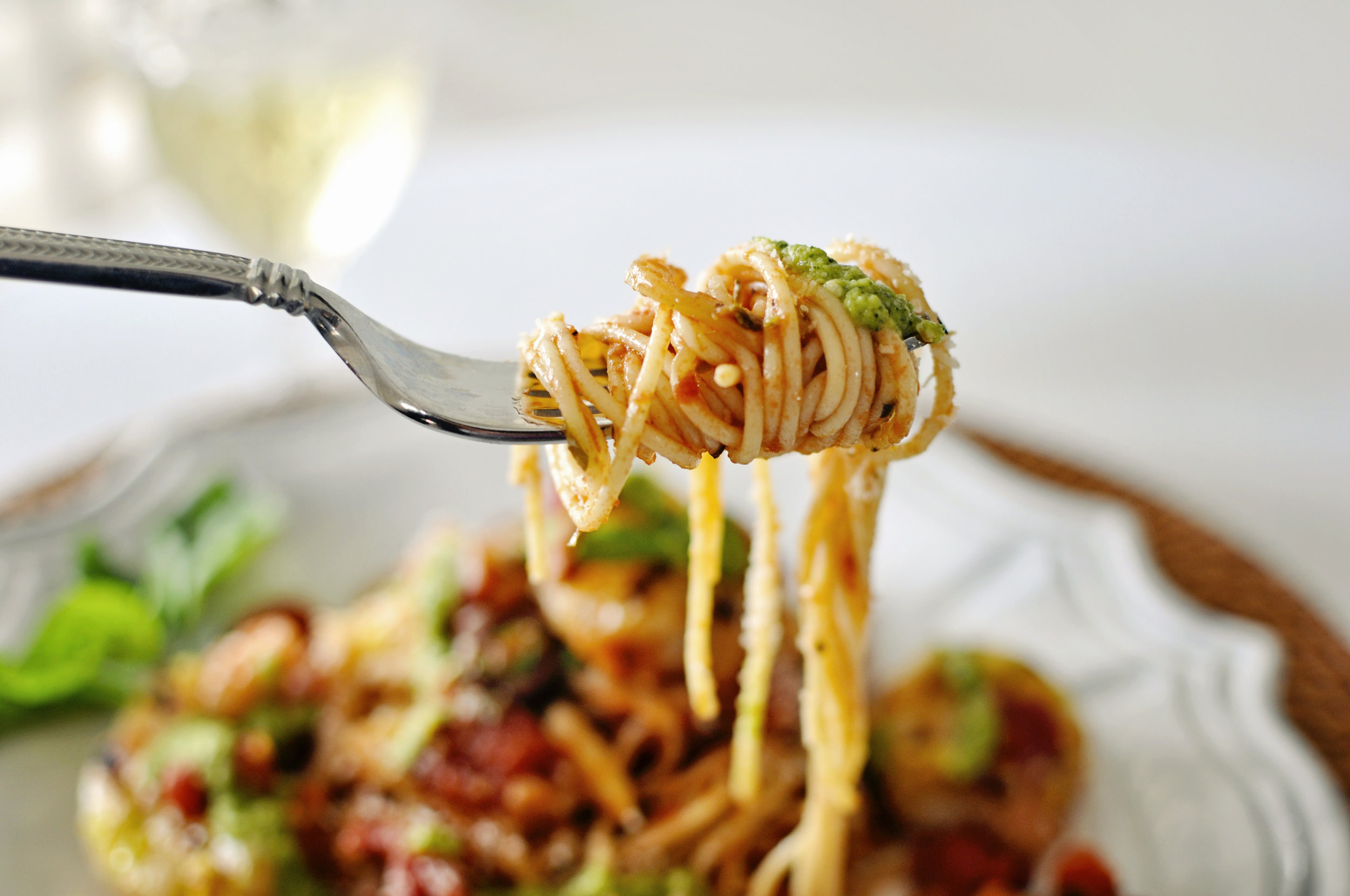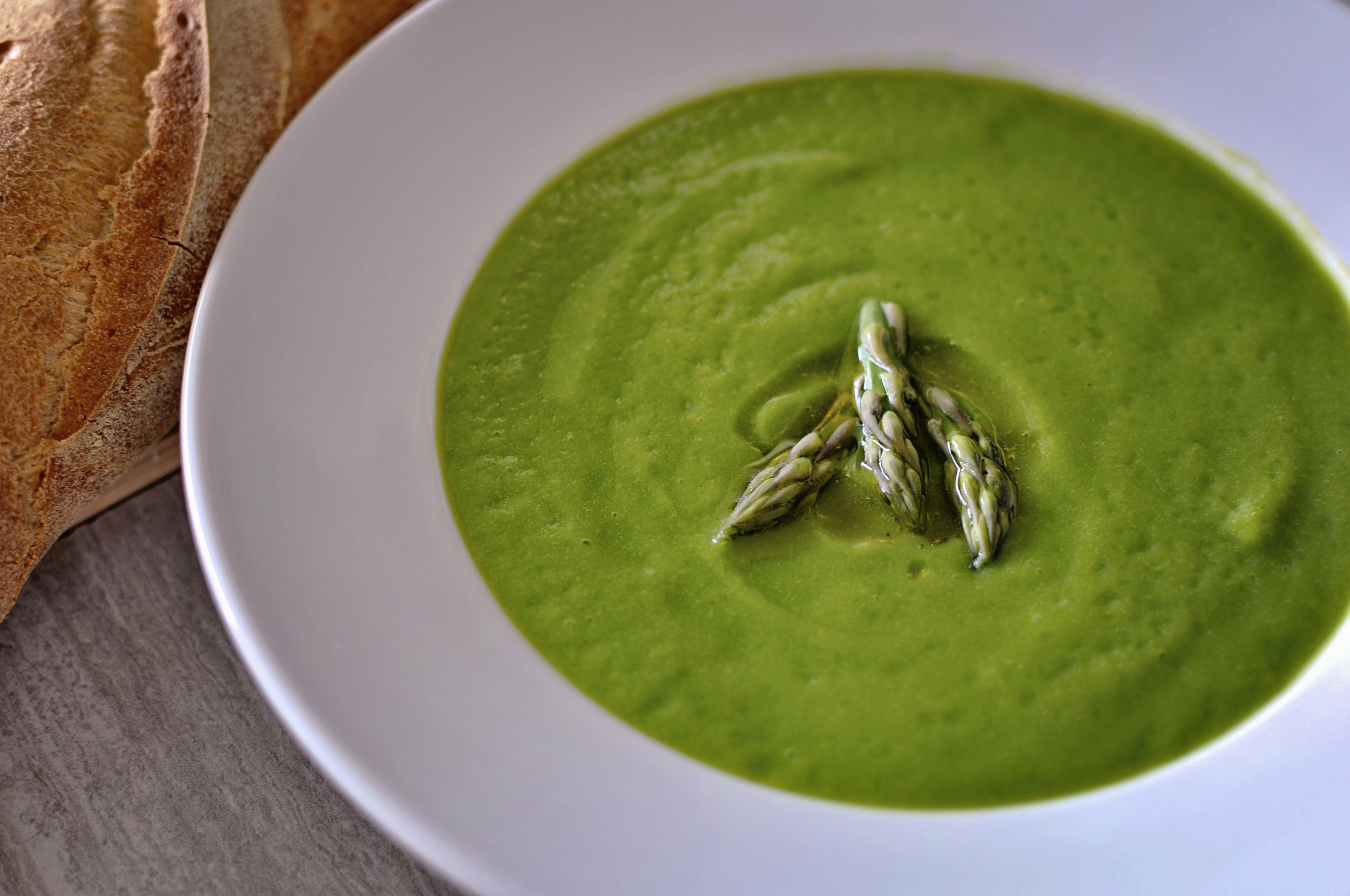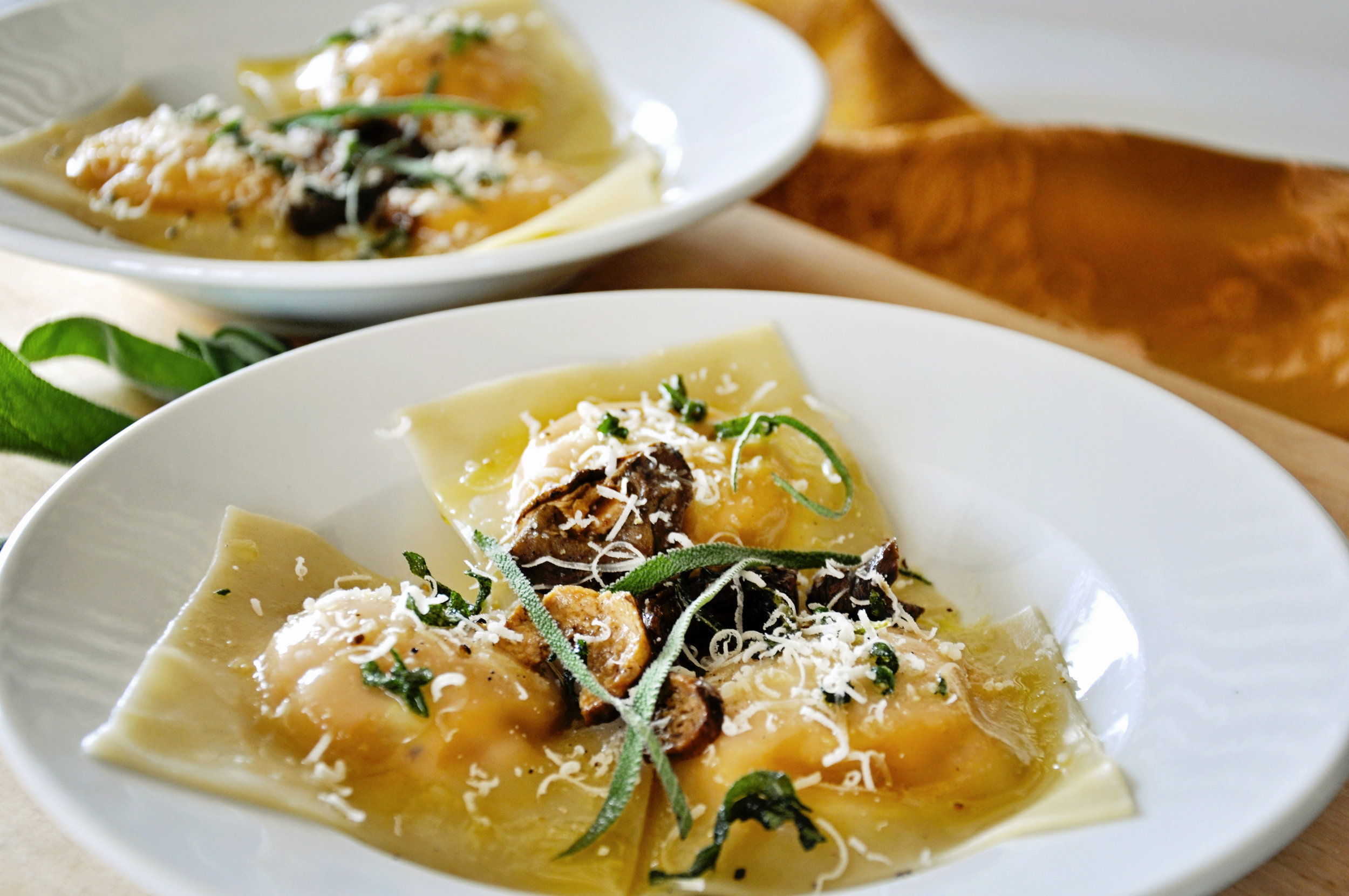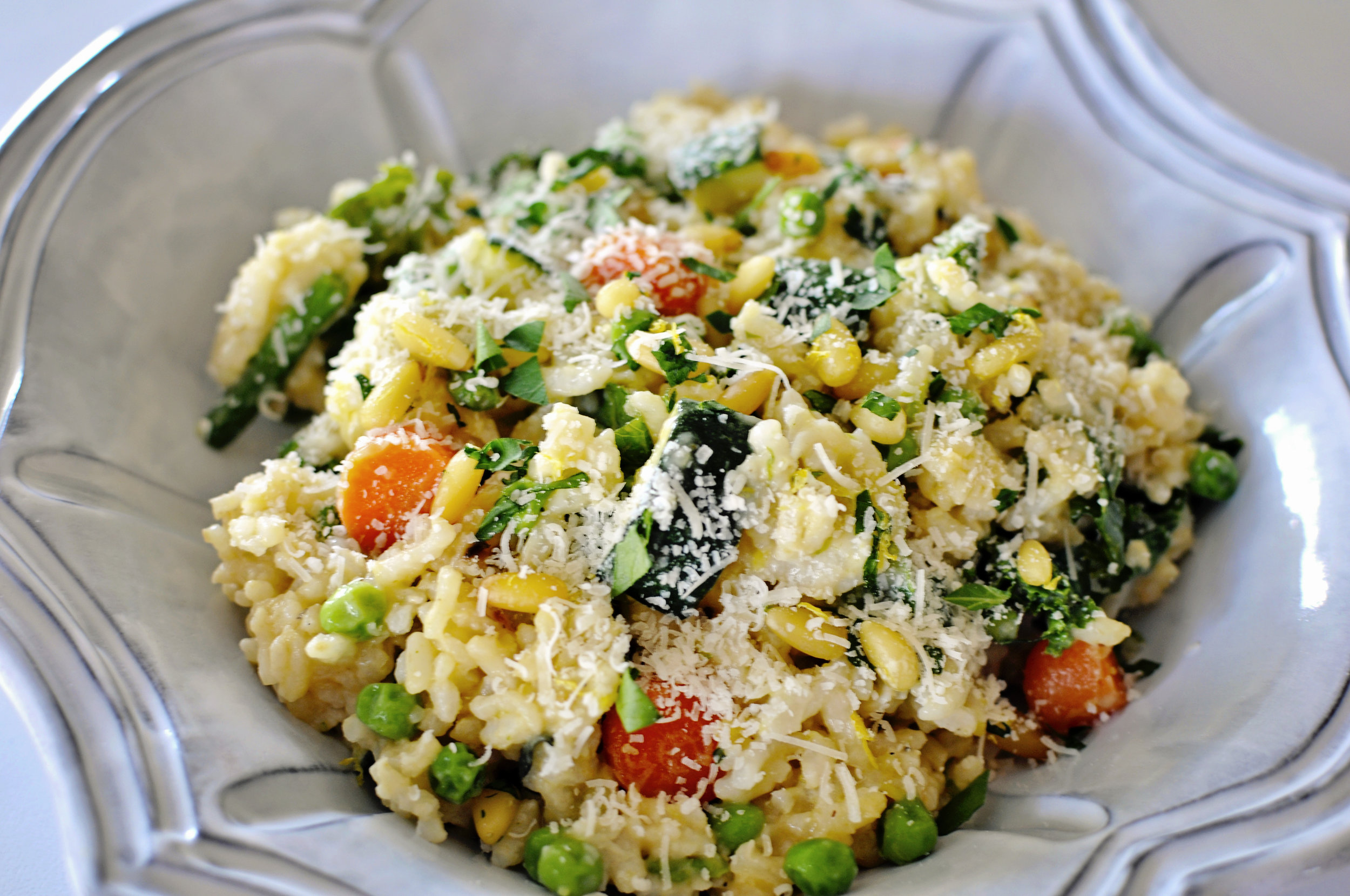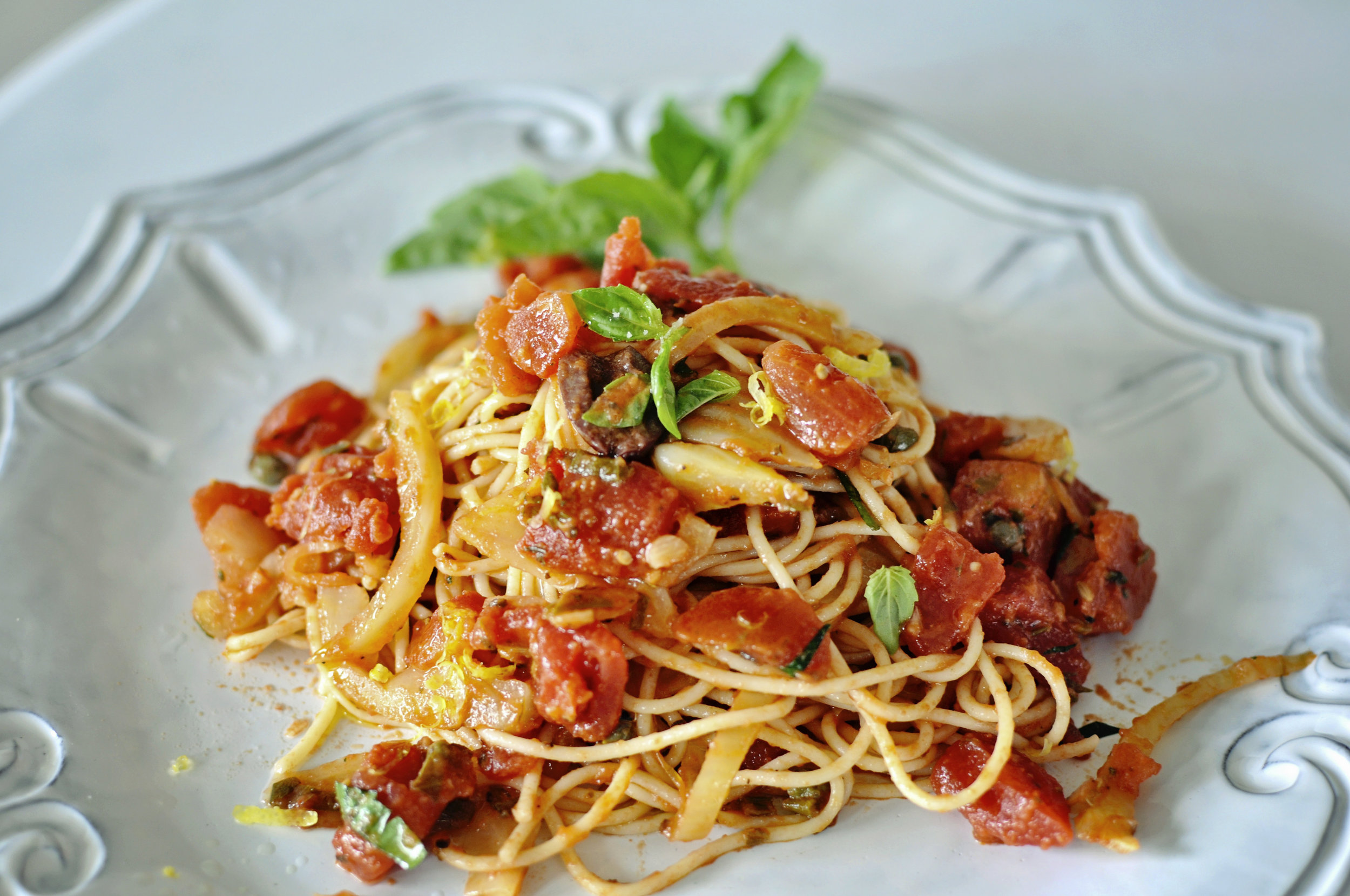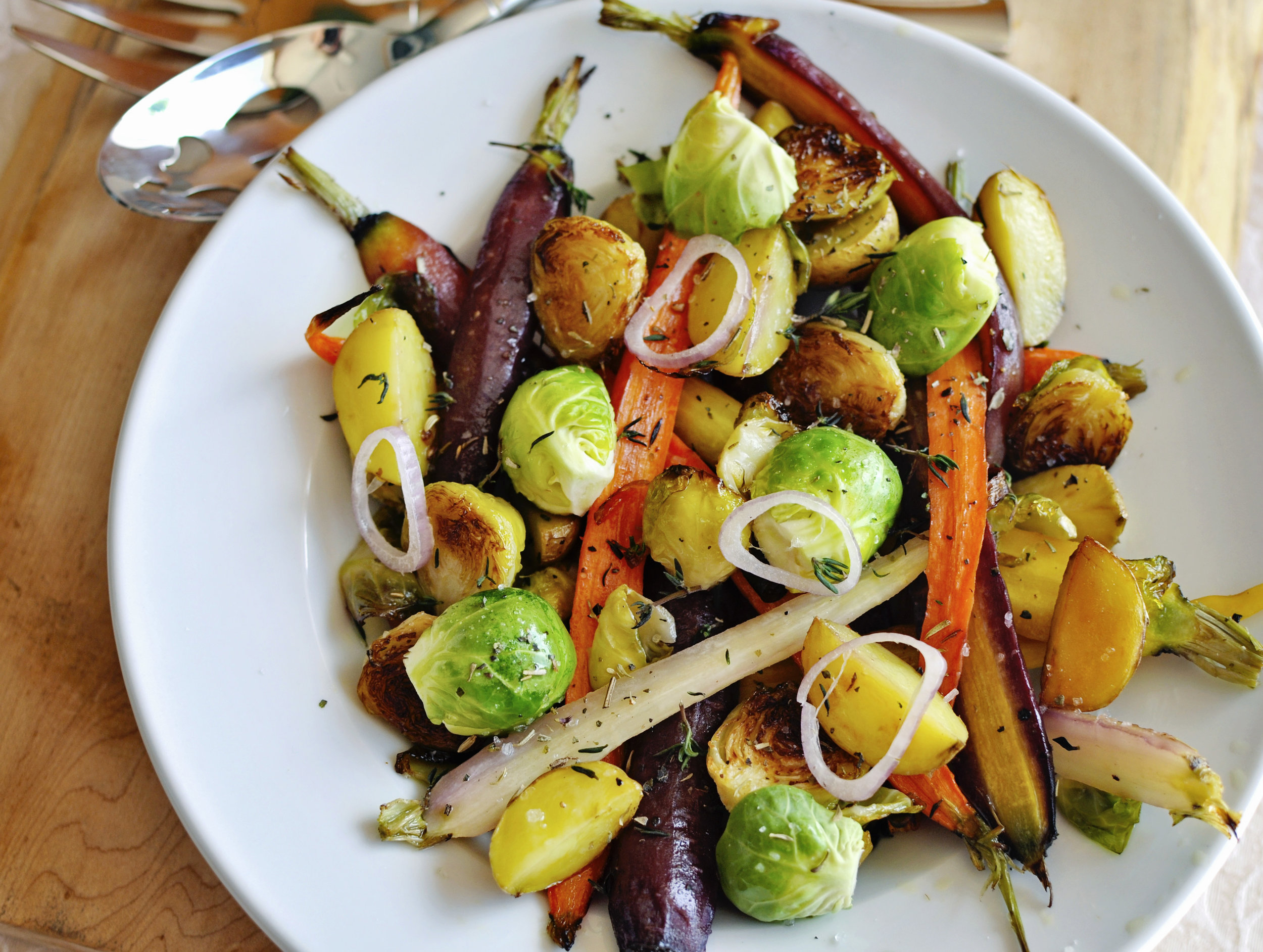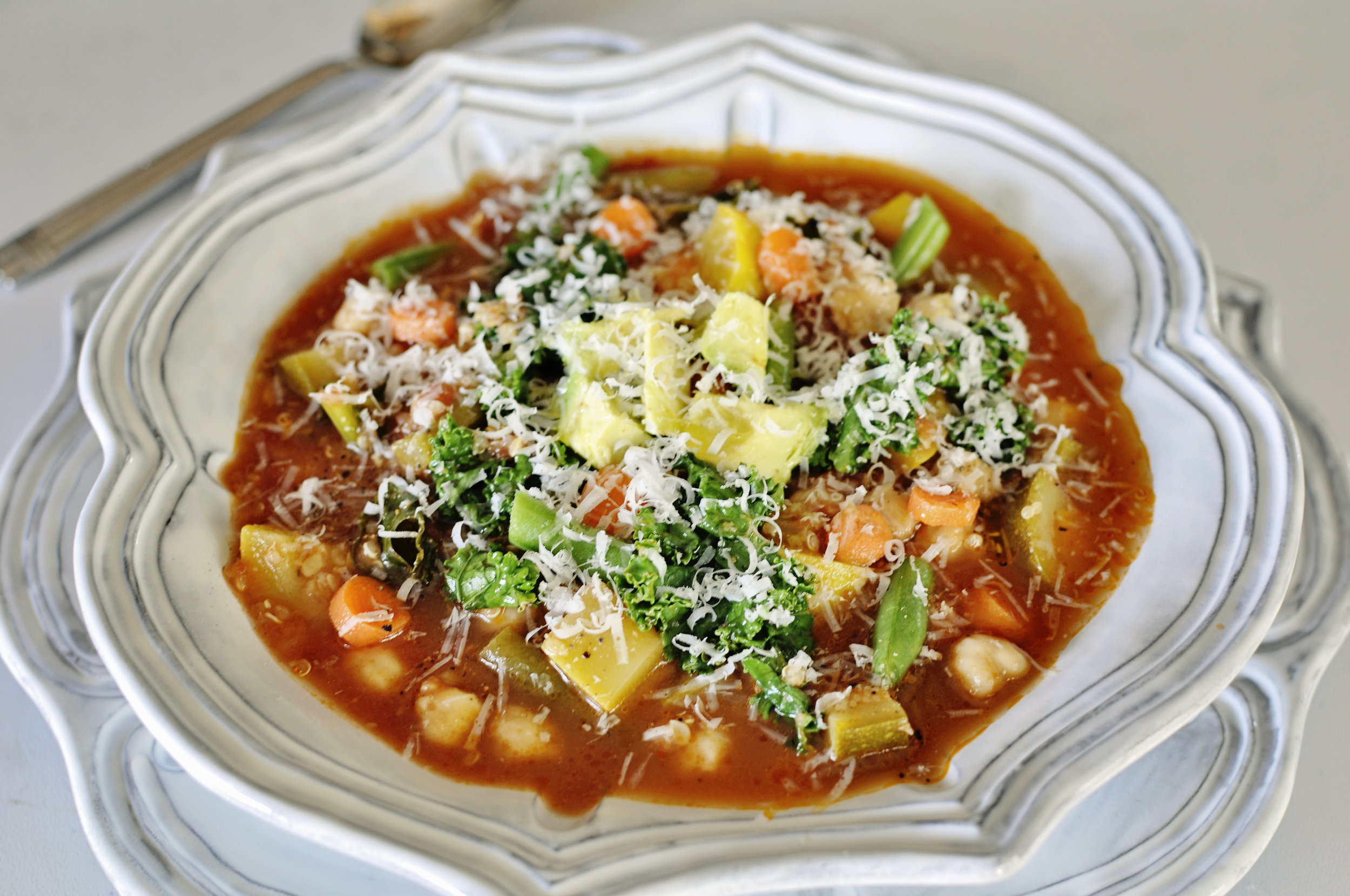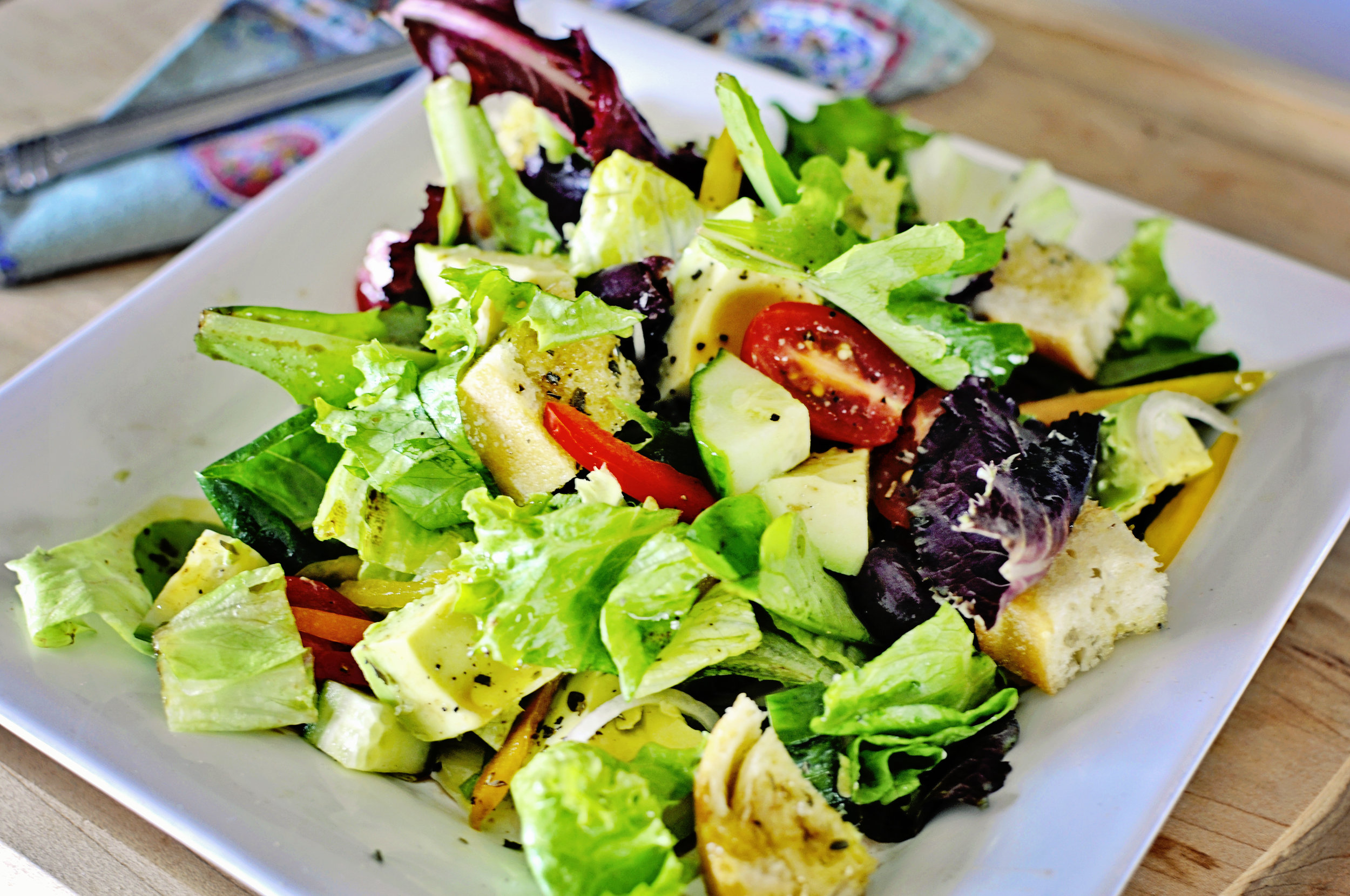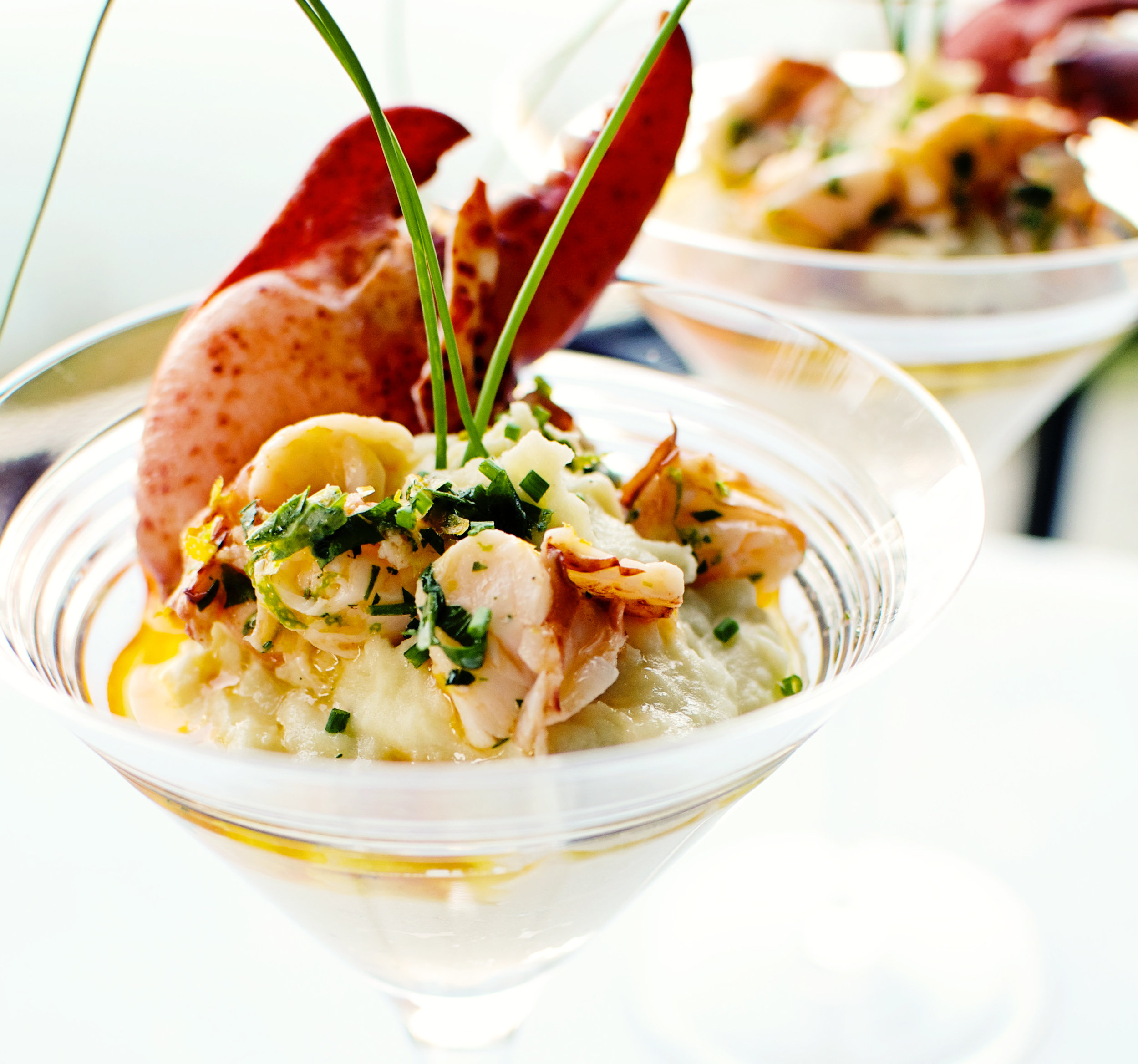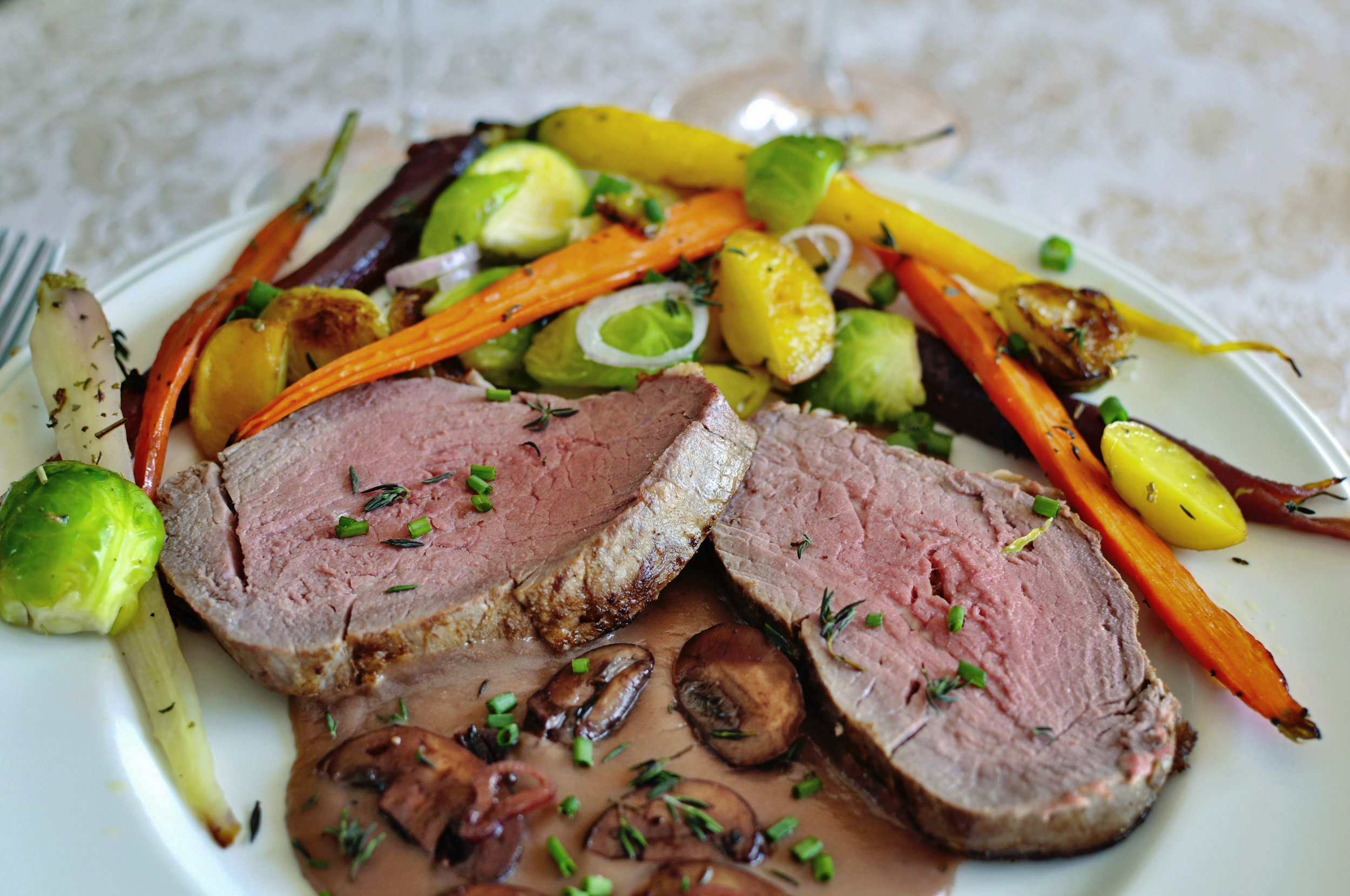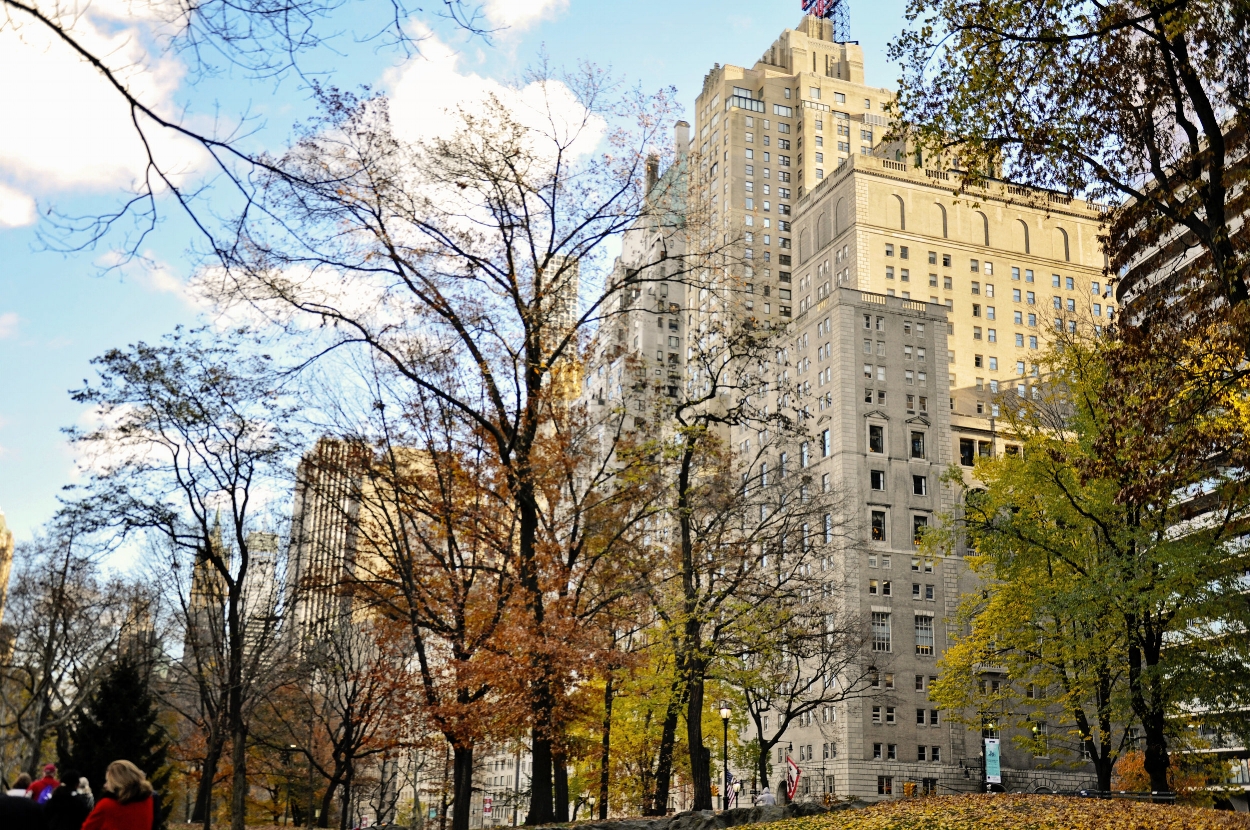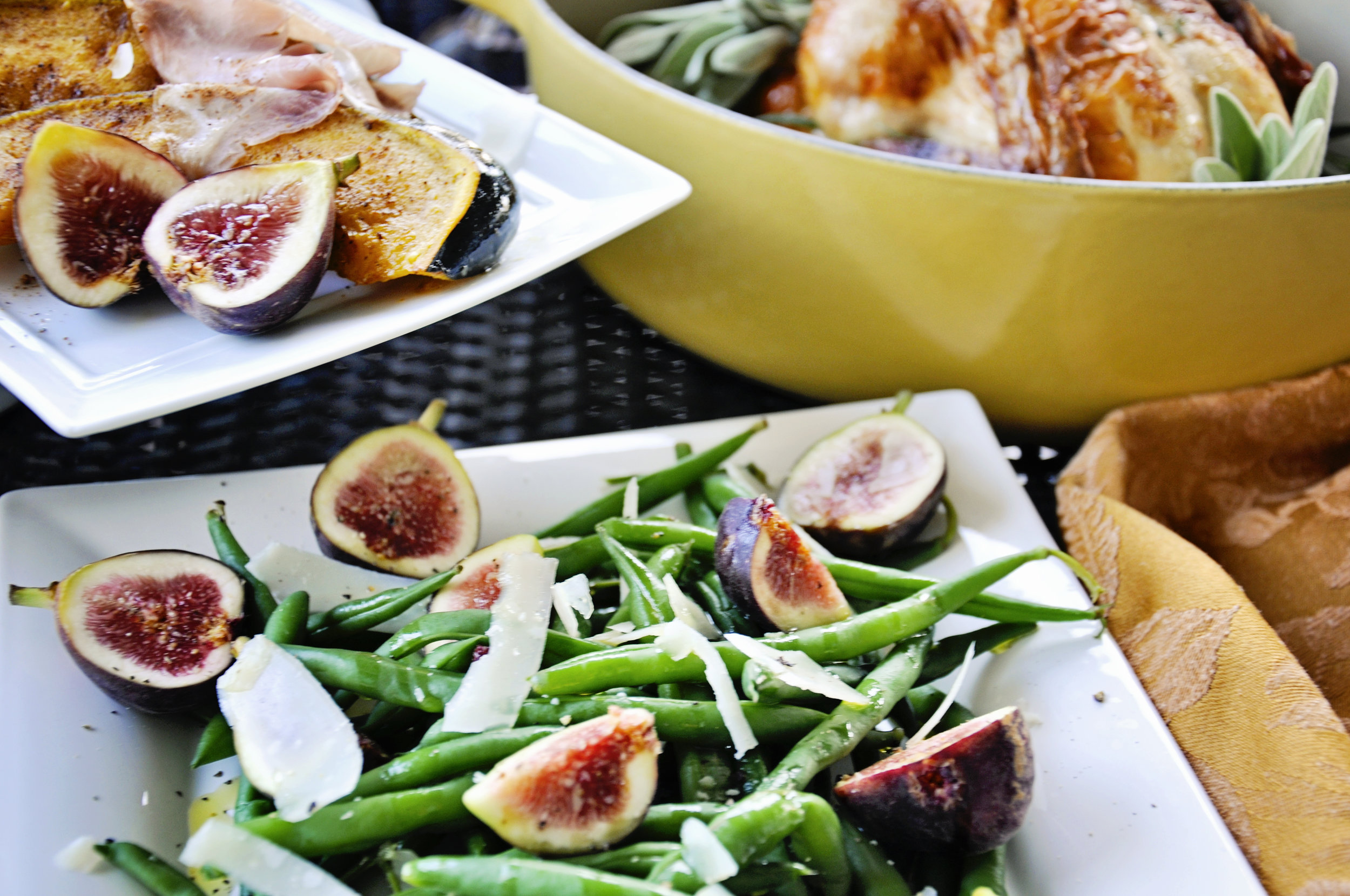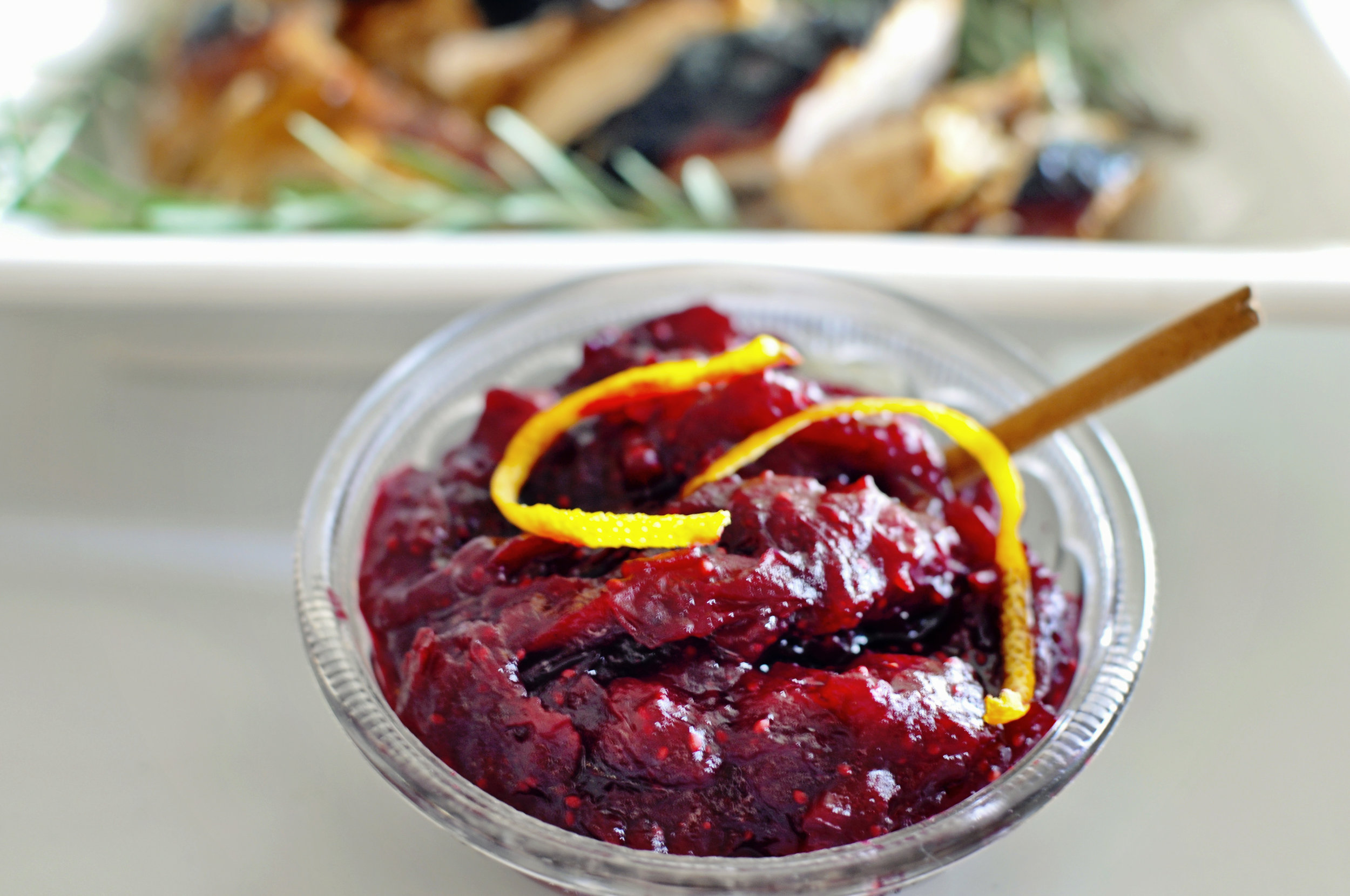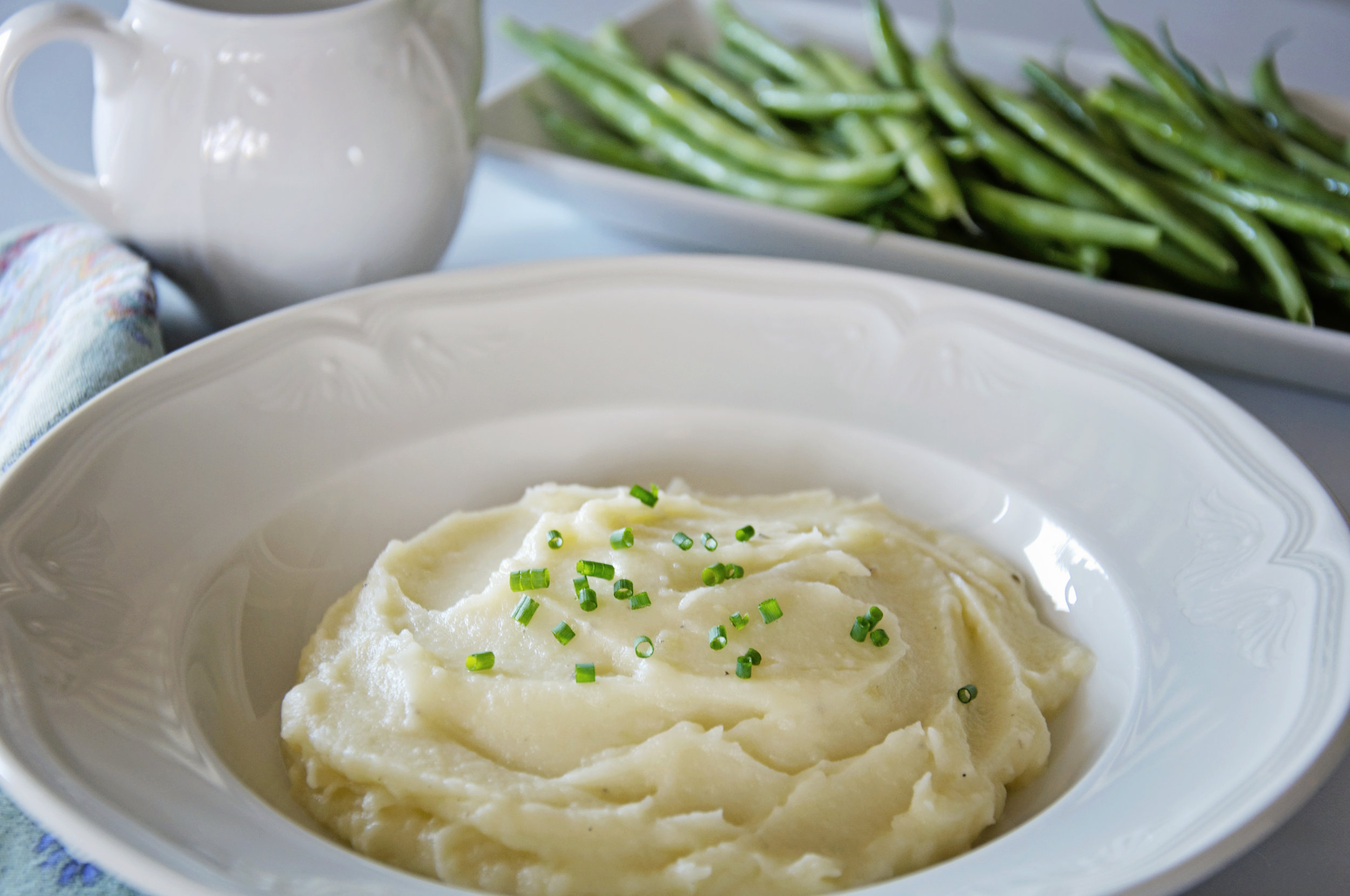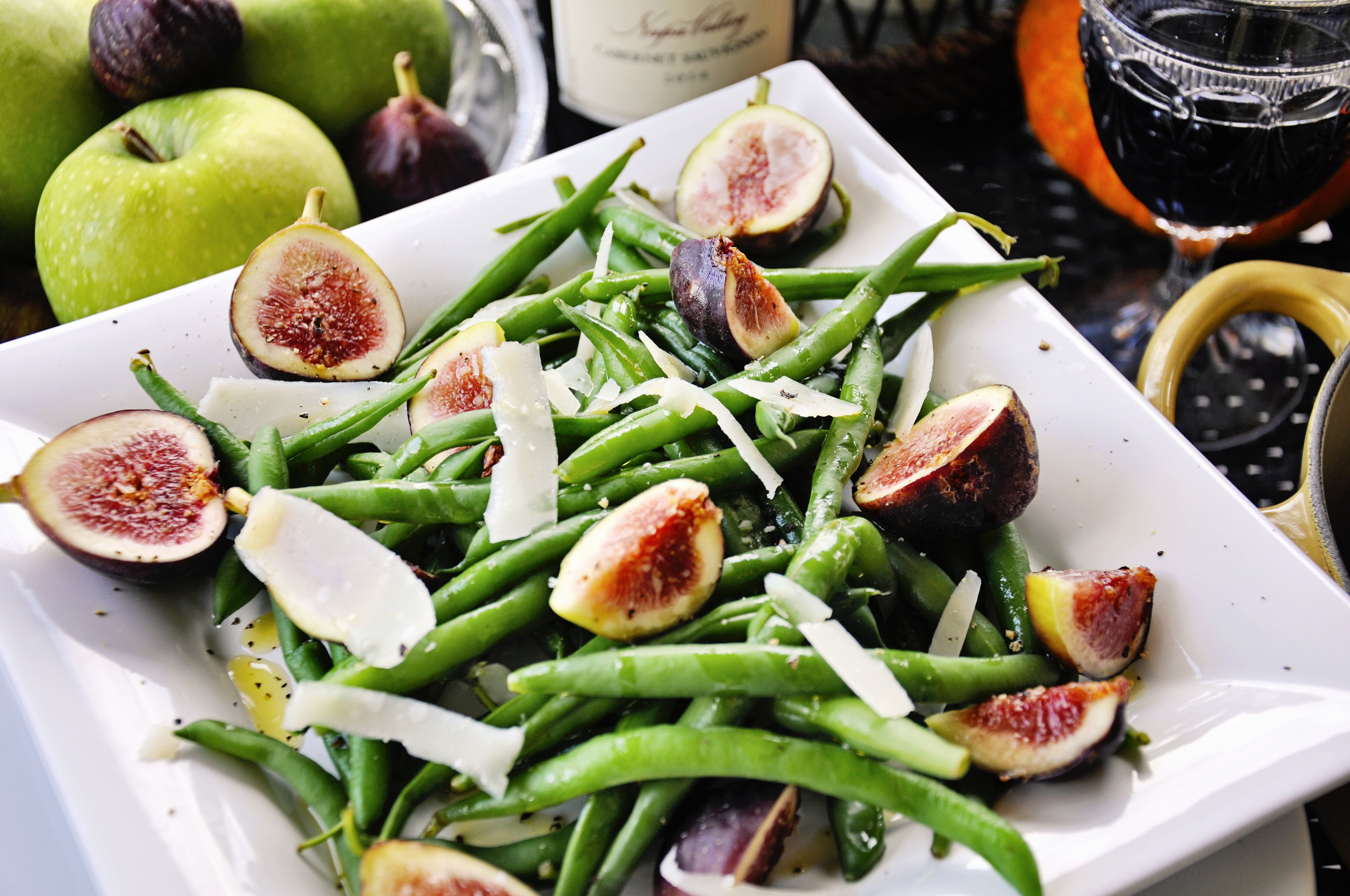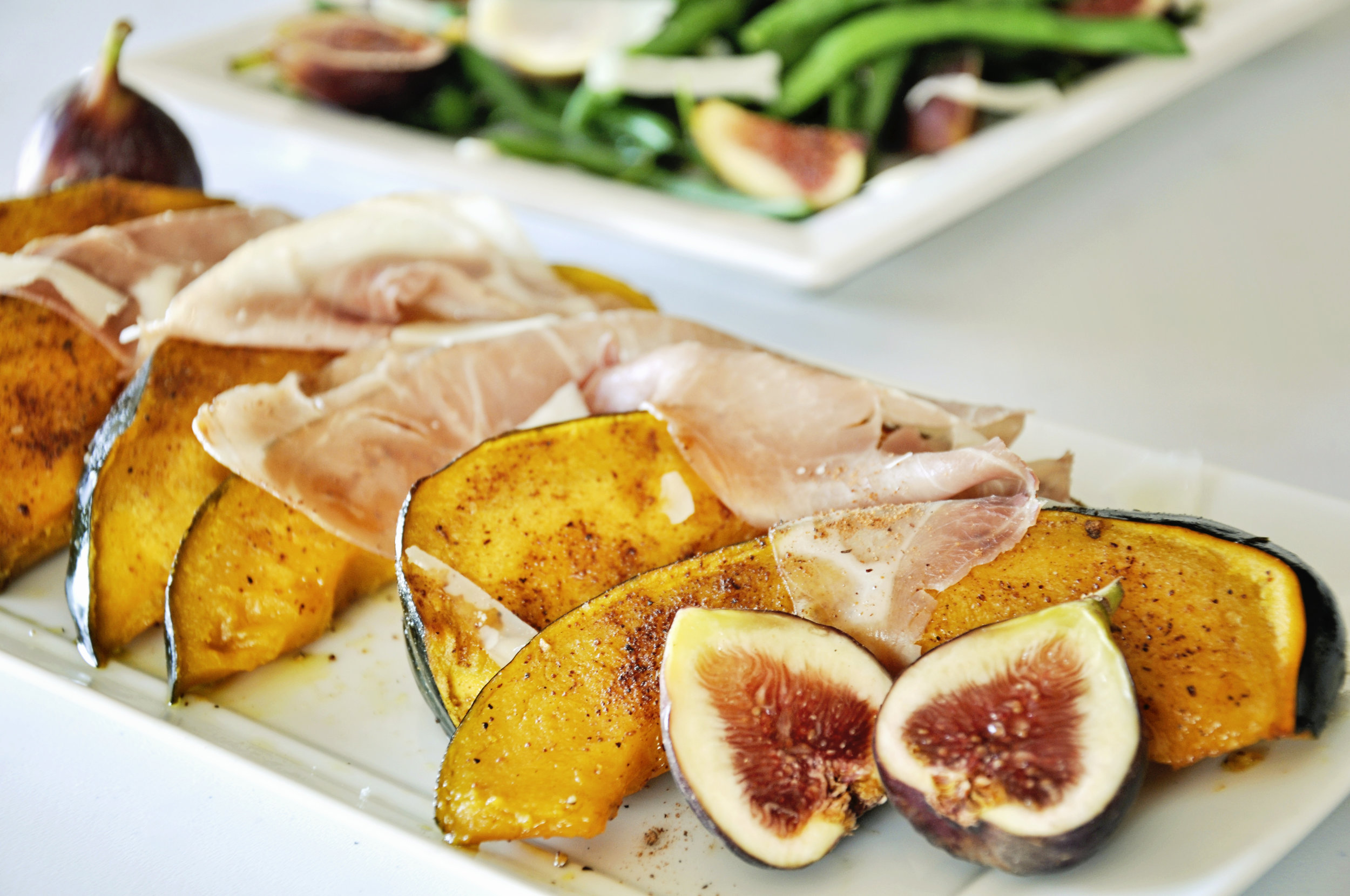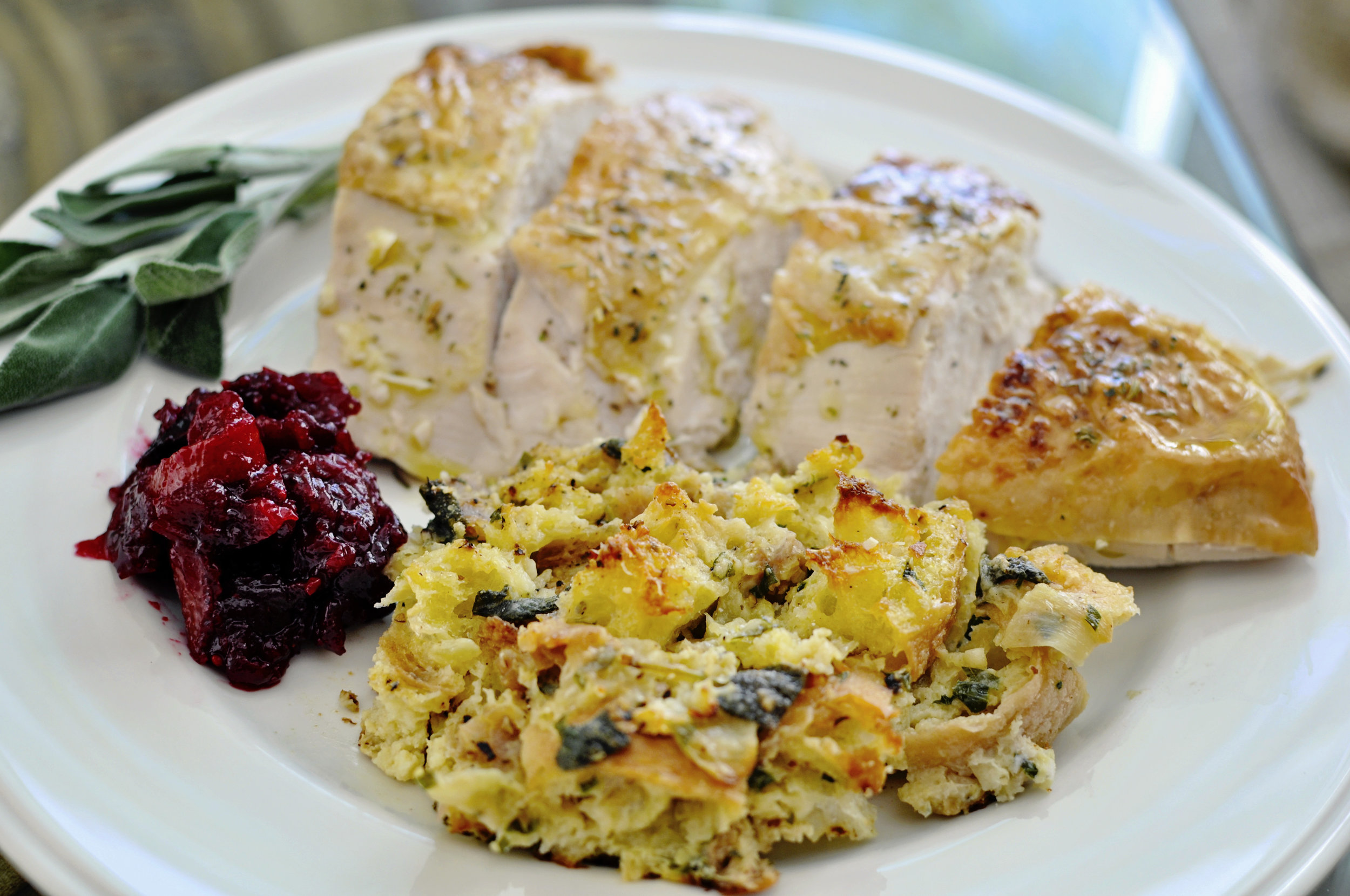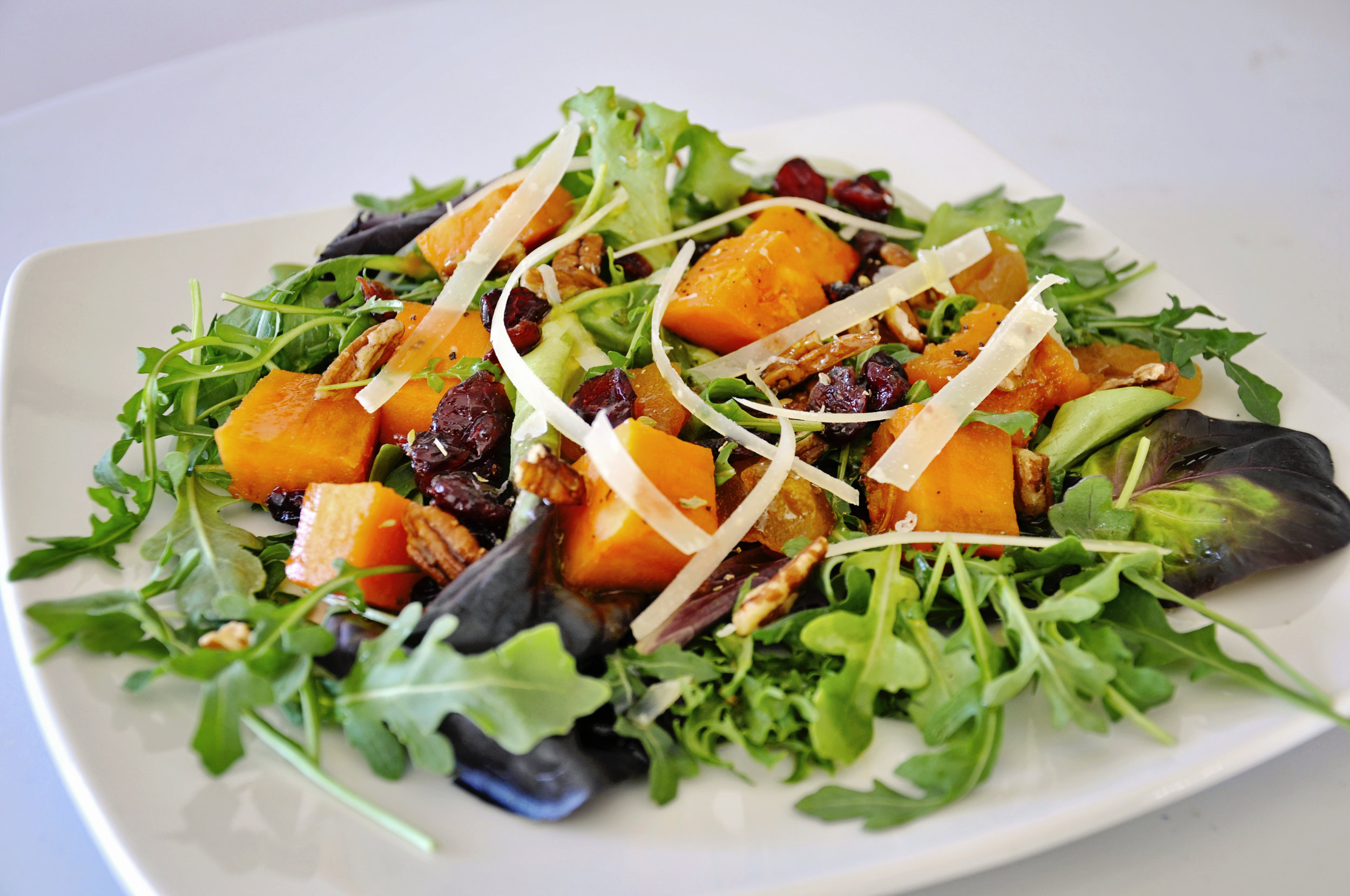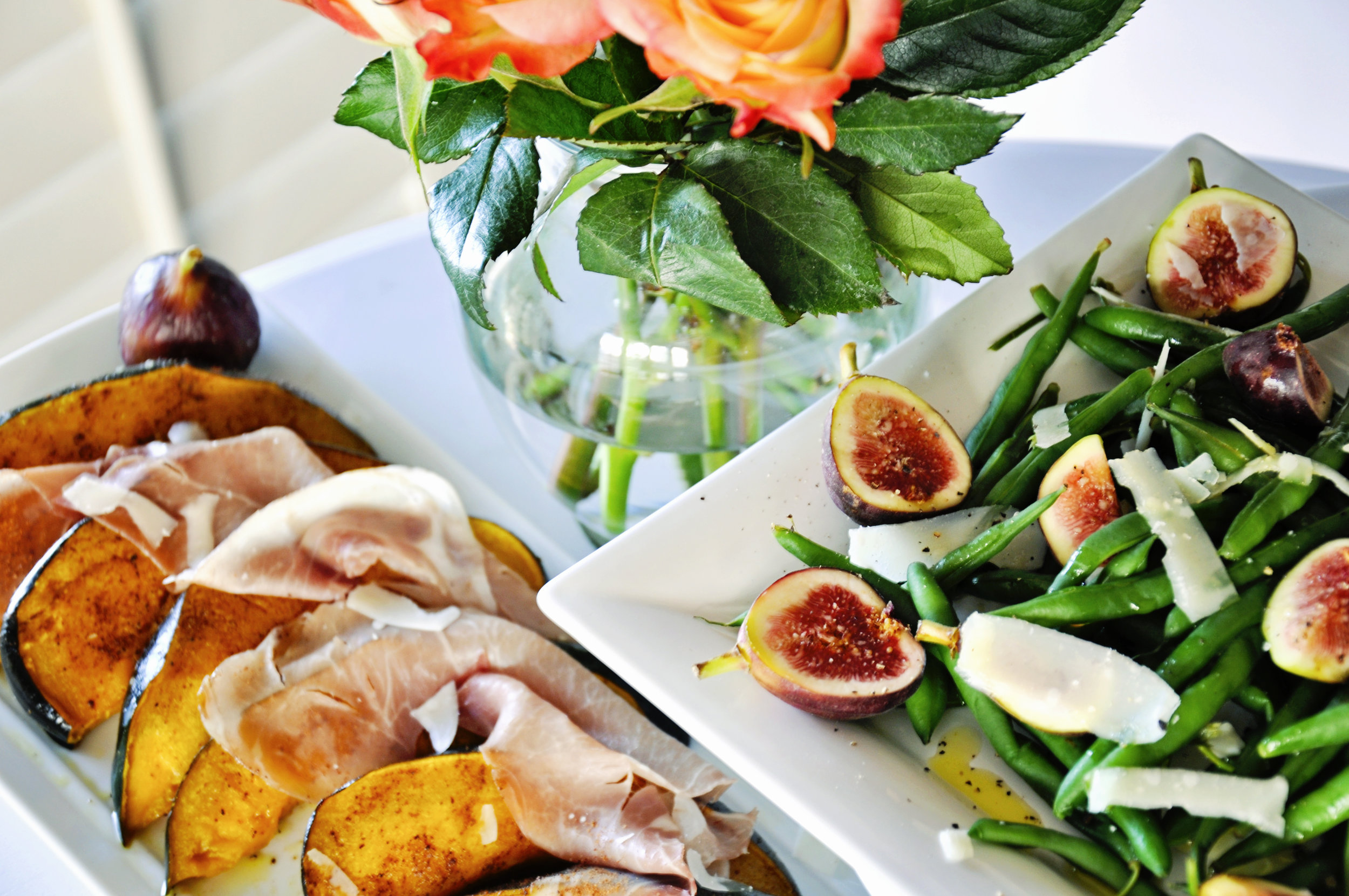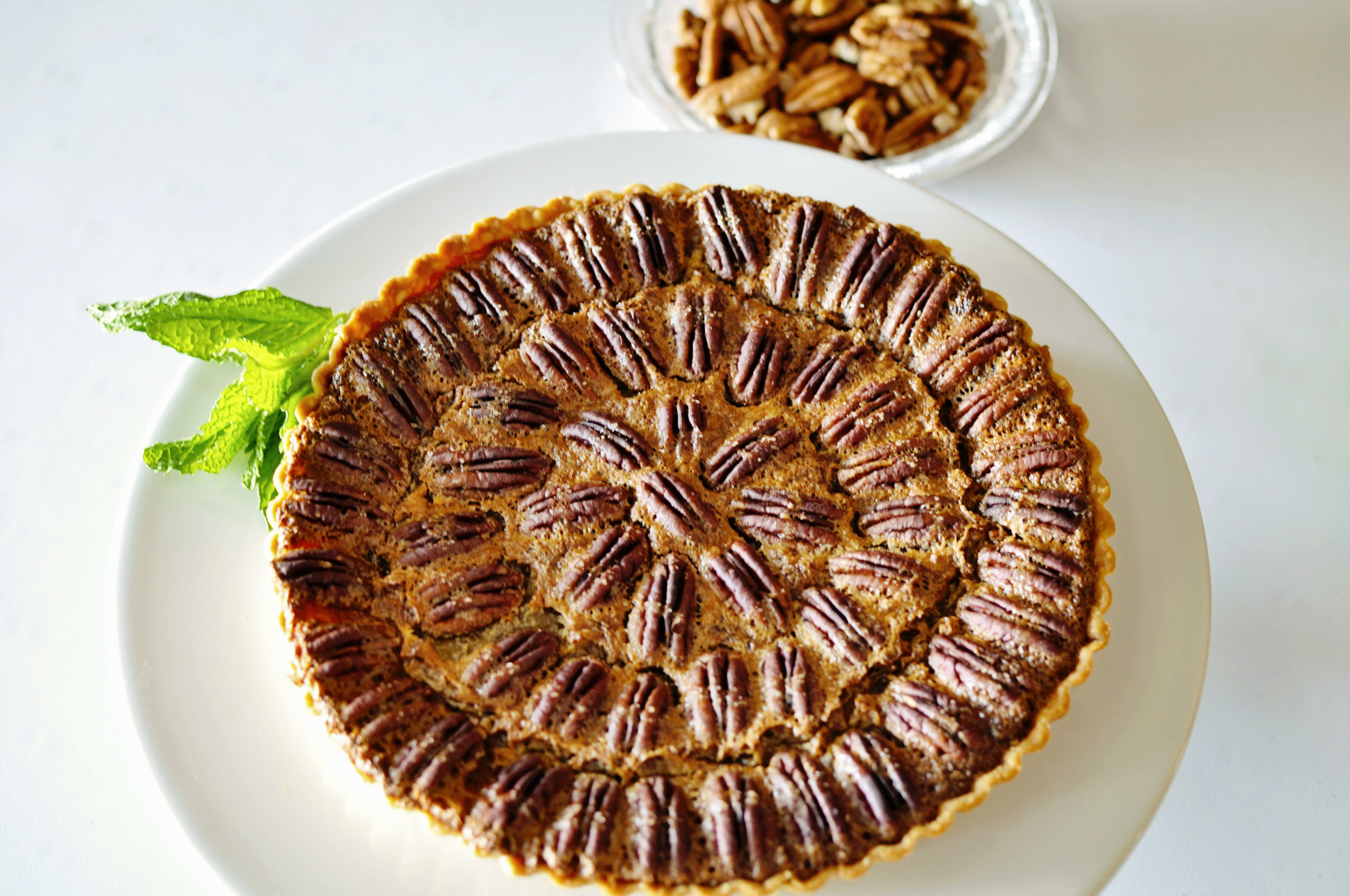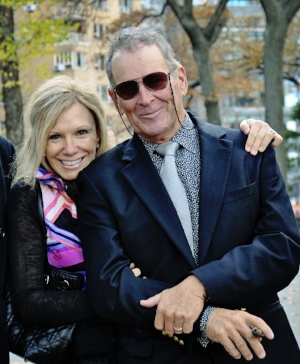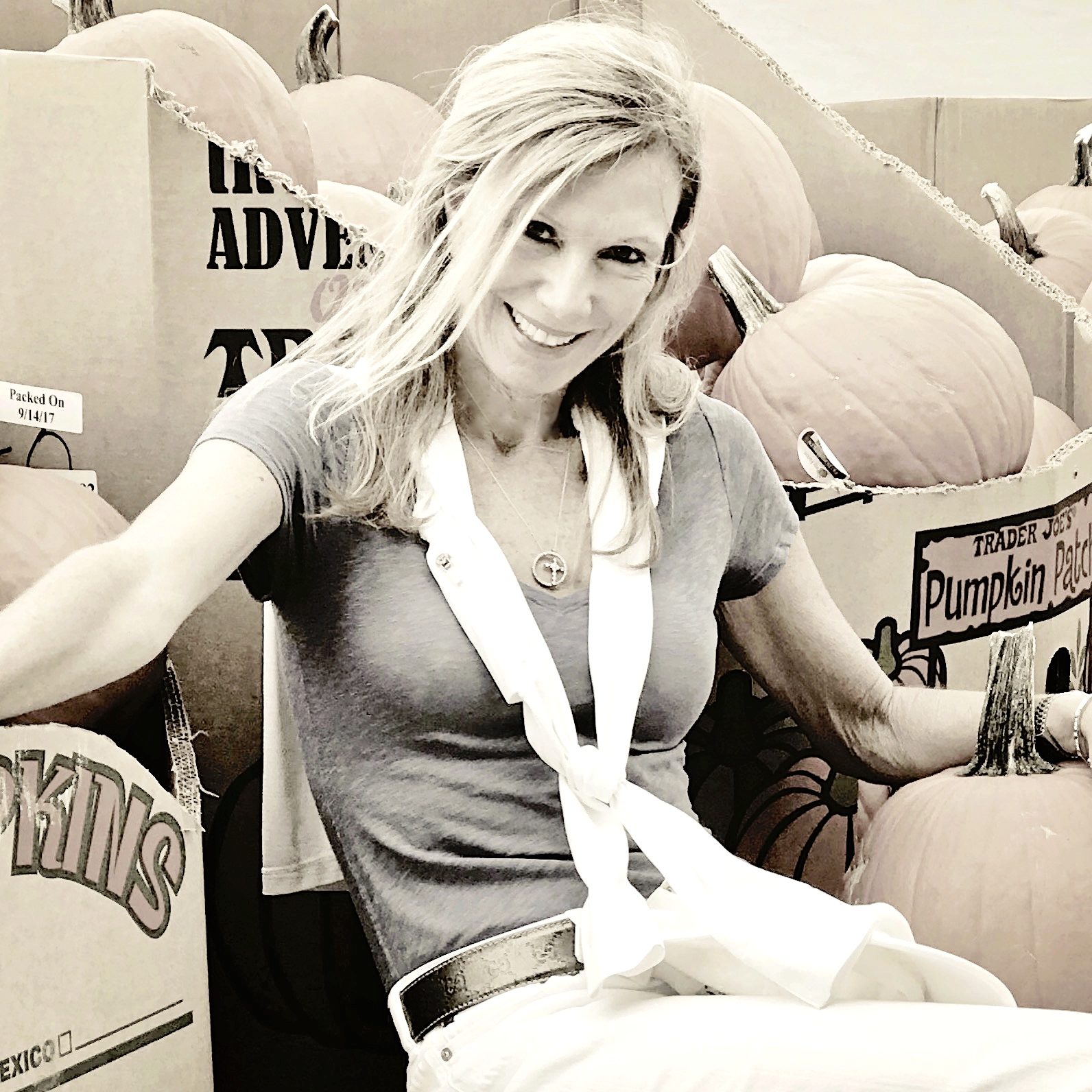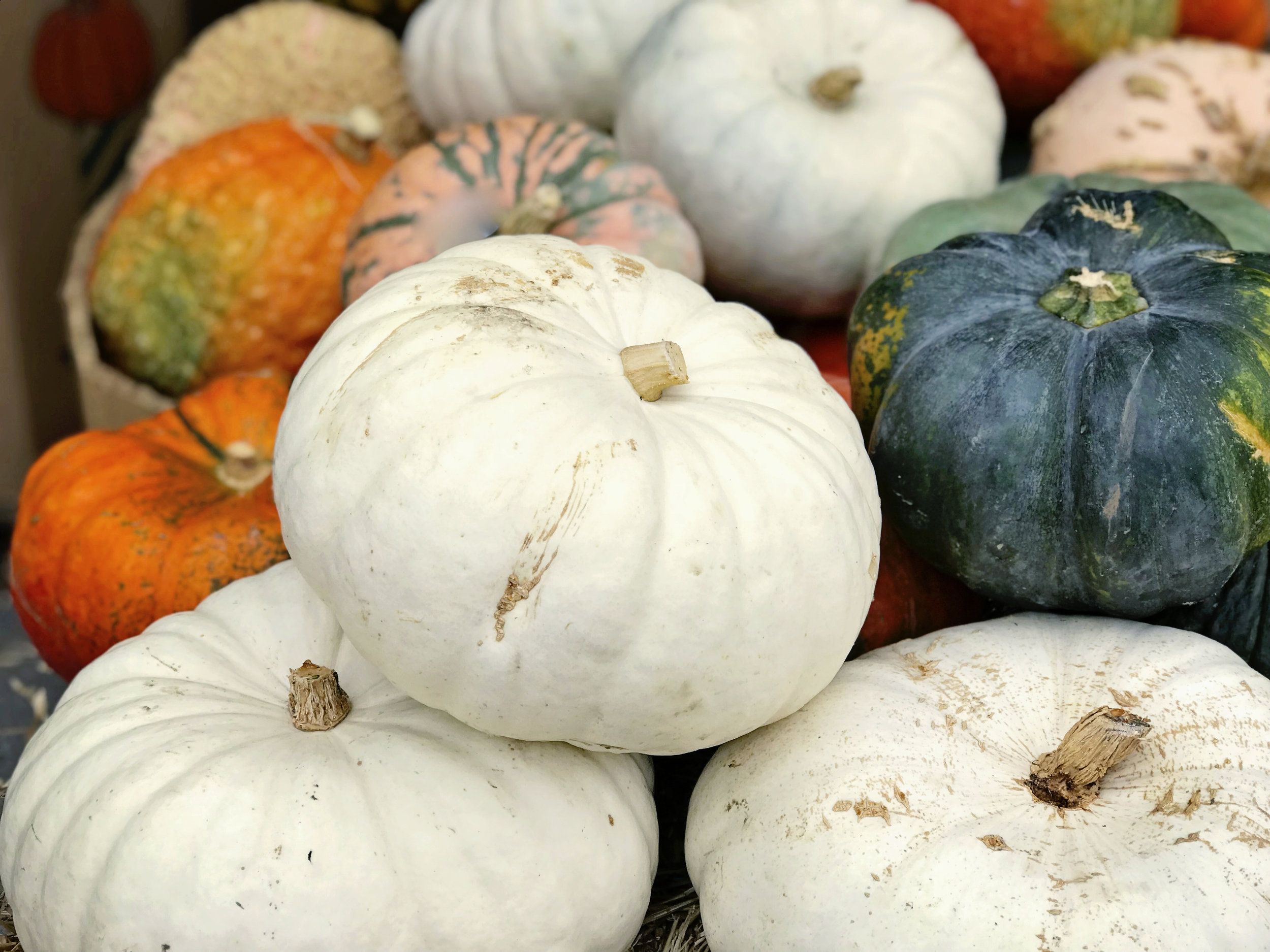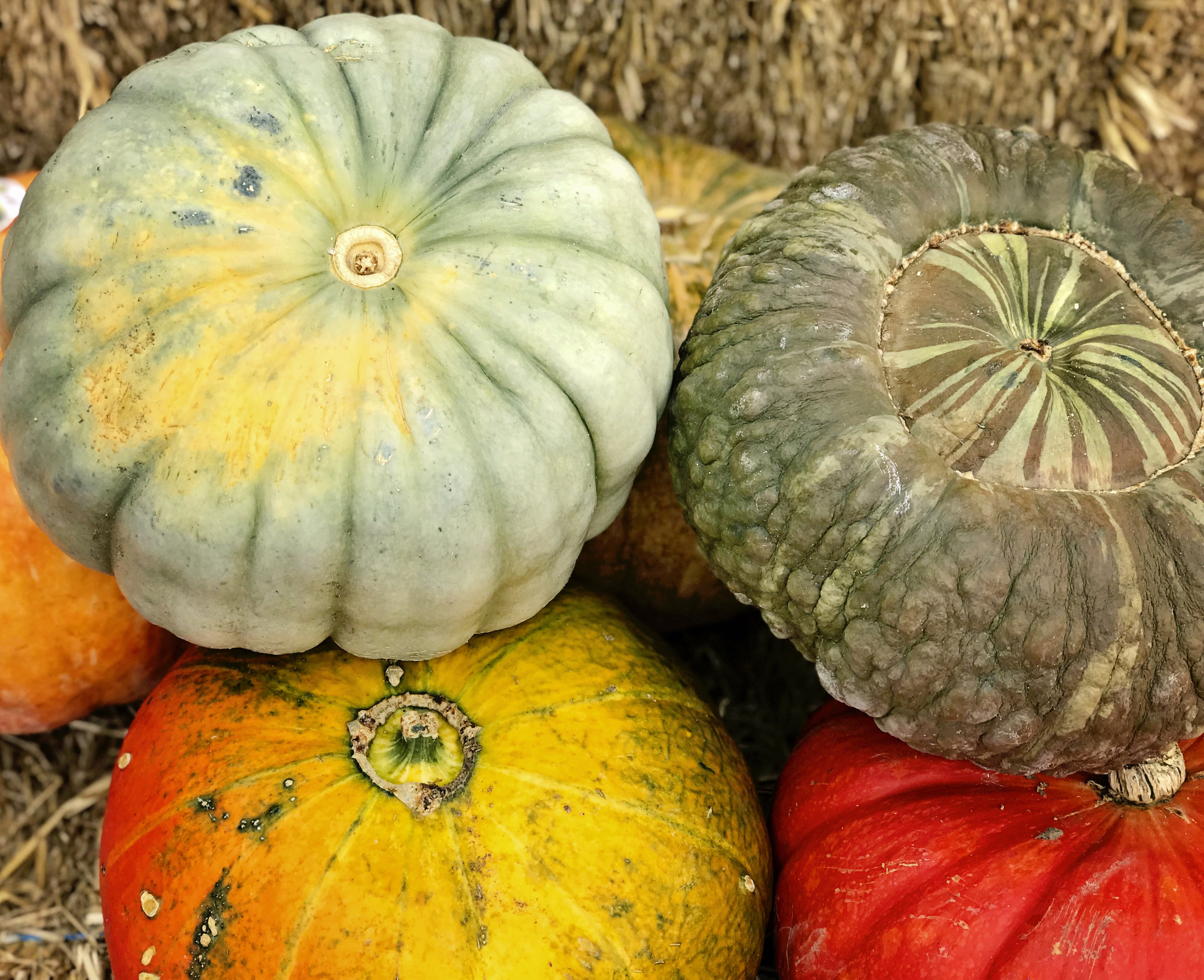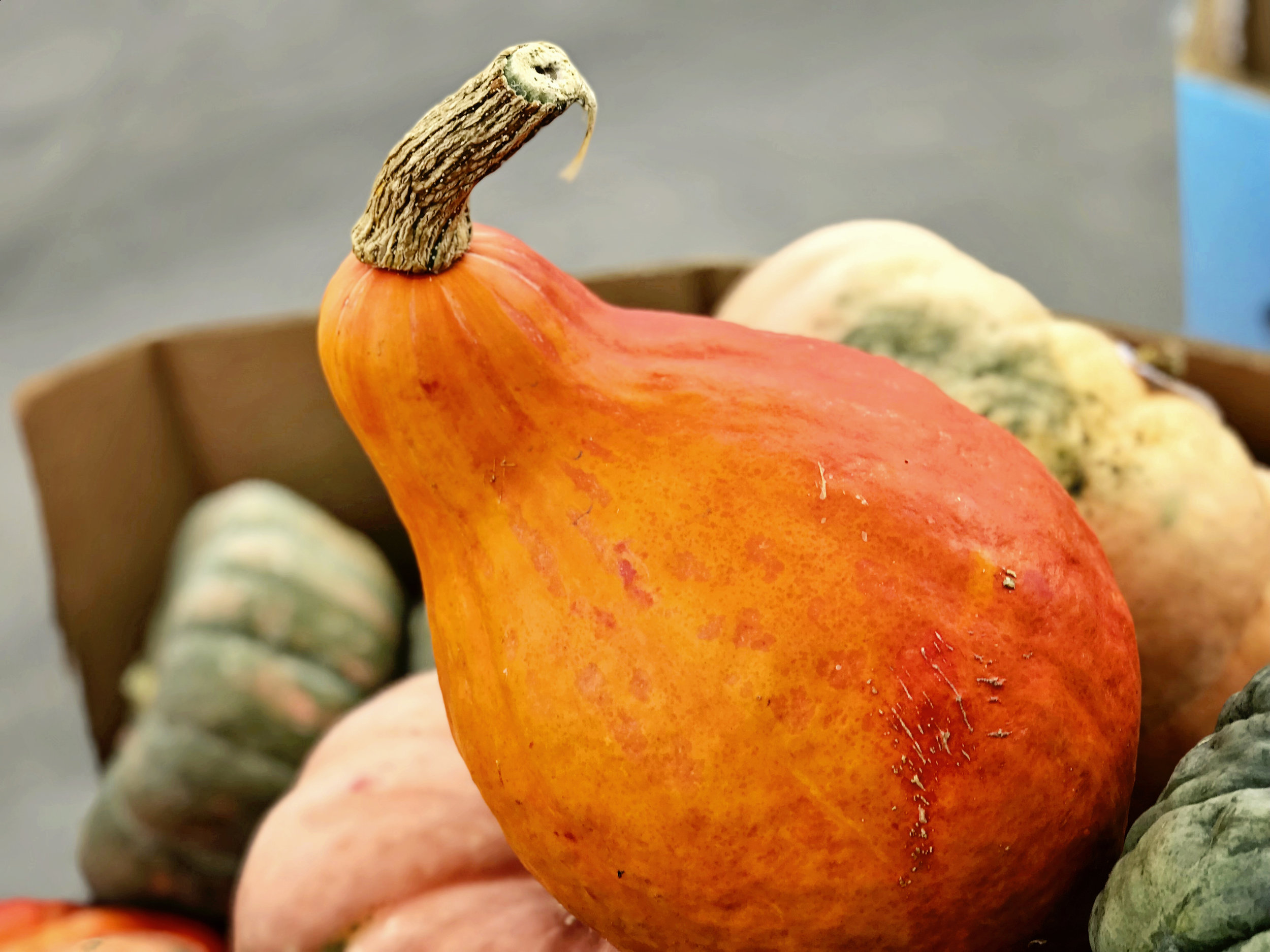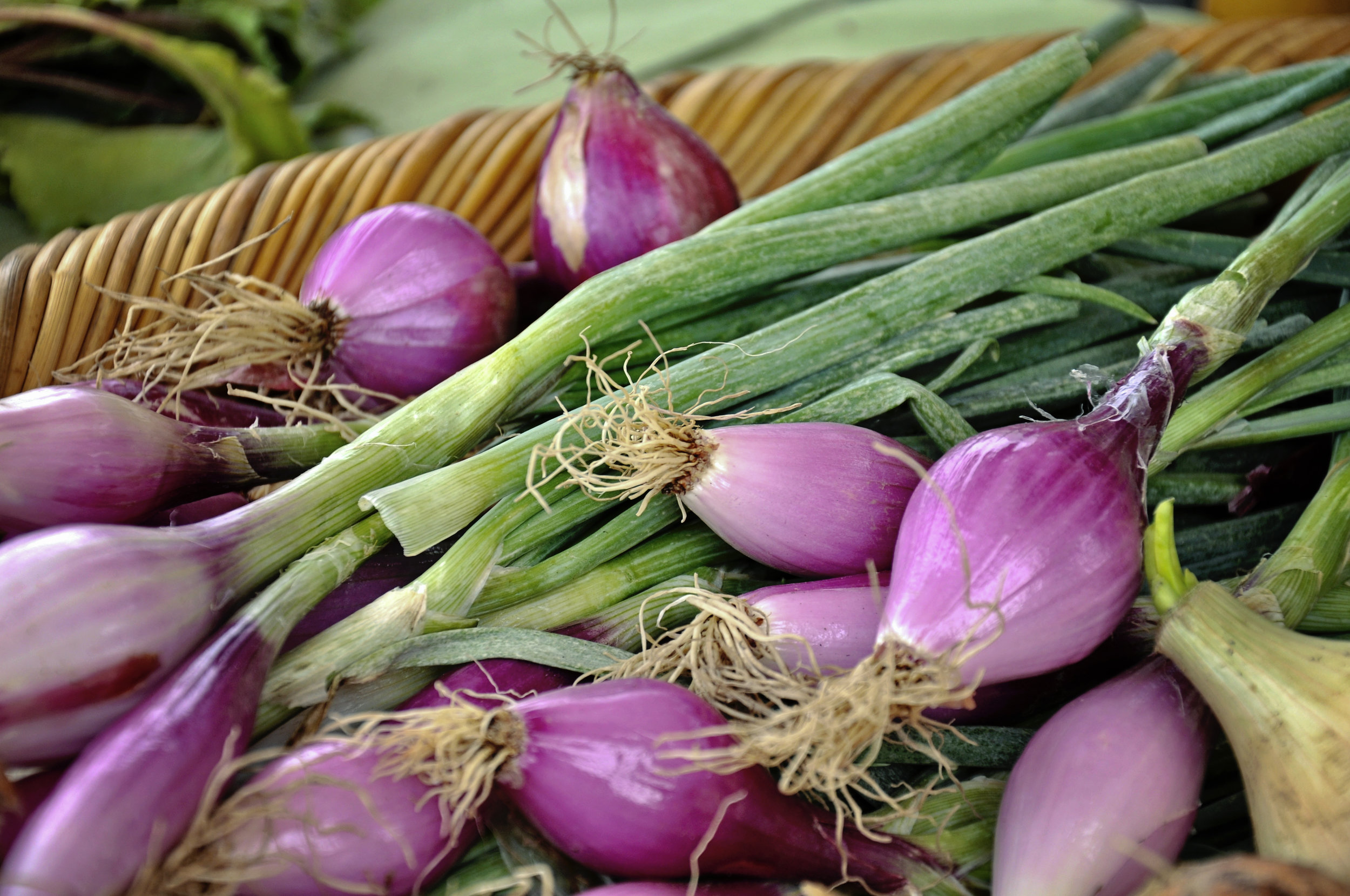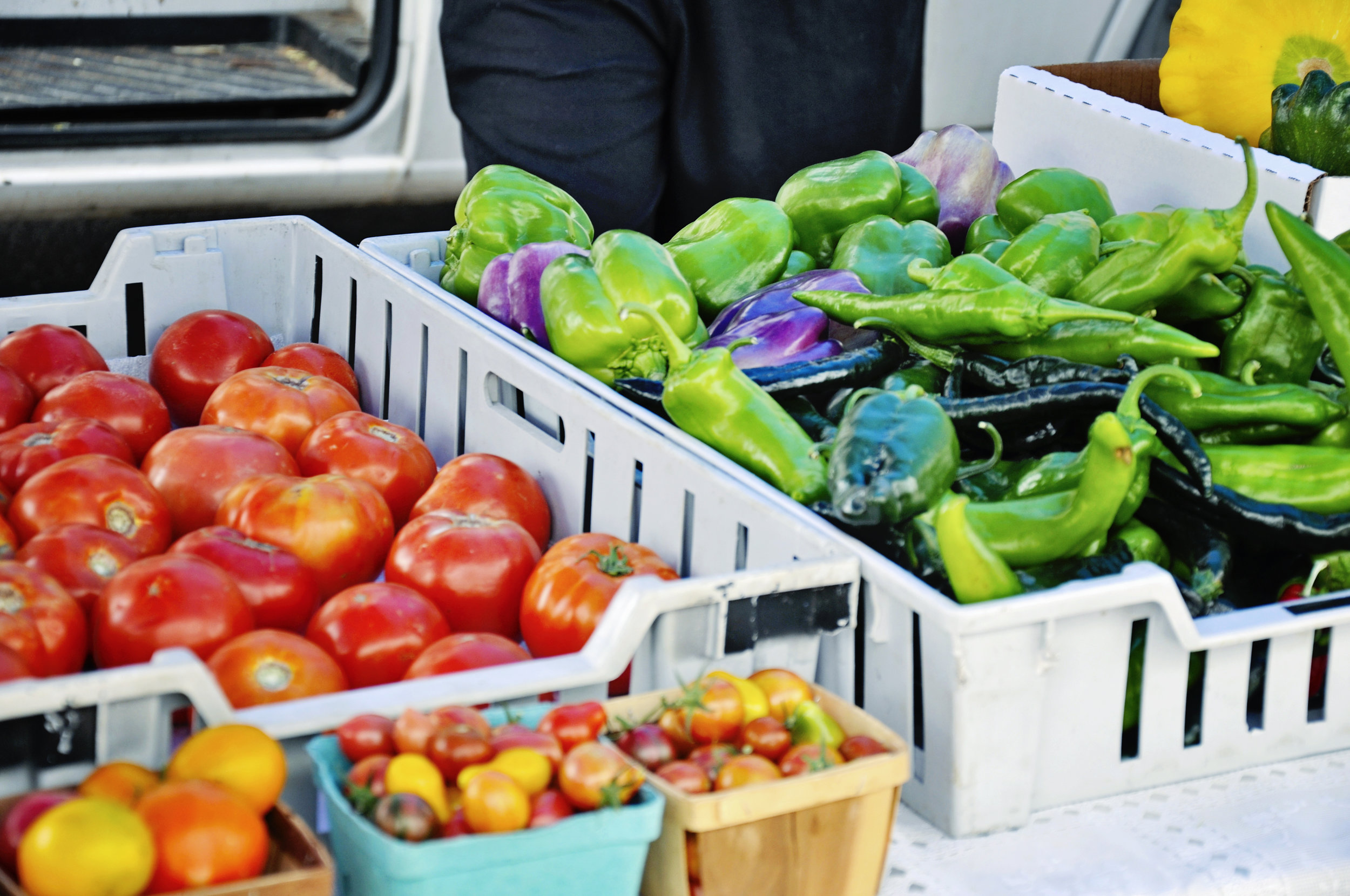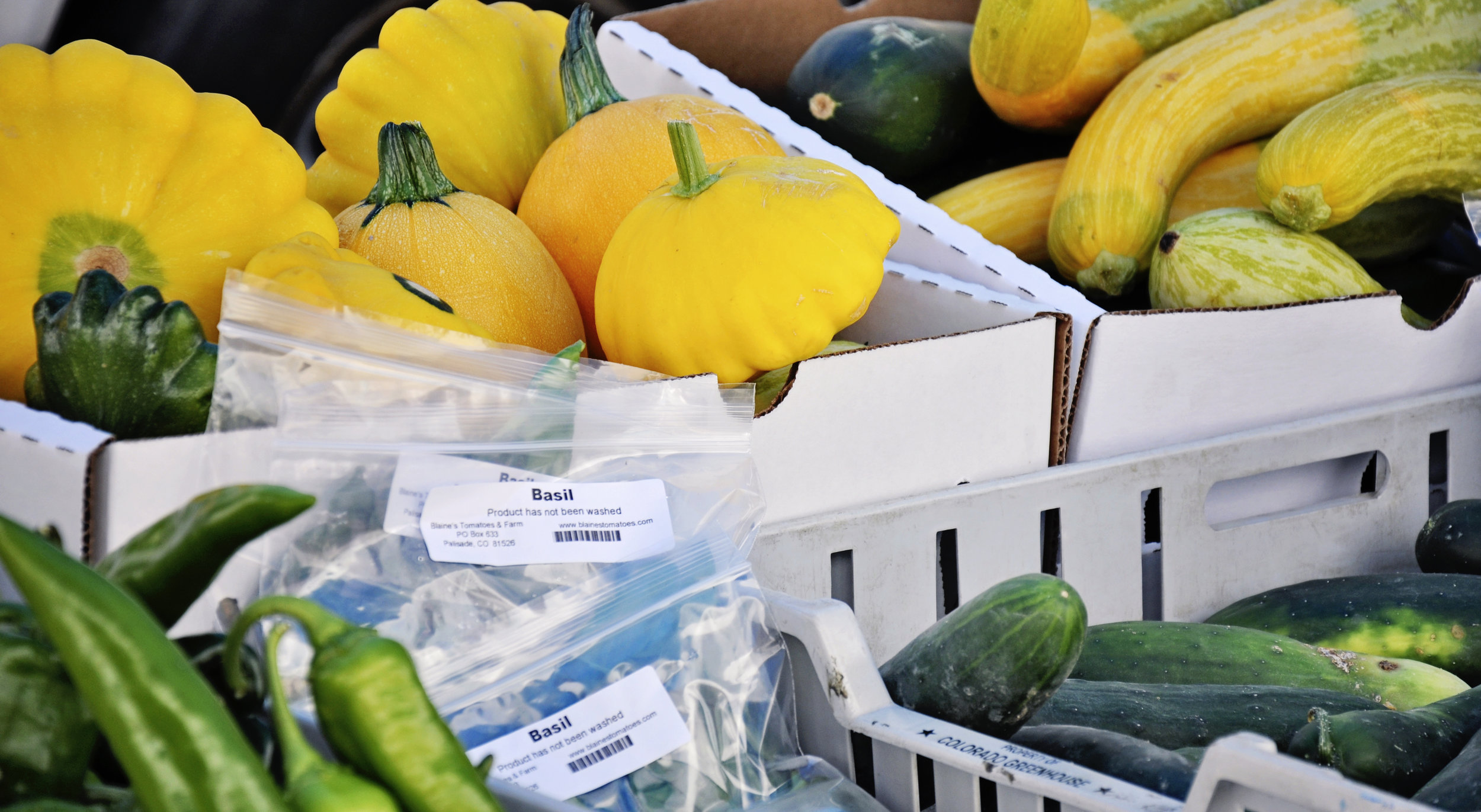5 Things You Need to Know About Incredible Edible Peanuts!
/I had the pleasure and honor of spending a few days with a group of super talented and amazing food professionals, for Peanut Tour 2018 hosted by the Georgia Peanut Commission and Southern Peanut Growers. Planned perfectly for harvest season, we were able to experience a harvest, first hand, from the fields to the buying facility, to shelling, blanching and distribution. I must say, I was astounded by the true science of farming and the agricultural research being tested and developed for the next generation of food products, here, by the University of Georgia Food Science and Engineering Departments, to make our food healthier, safer, more sustainable and better for the environment. In addition, this research helps to safely and efficiently increase yield to feed our growing global population. Because of DNA technology, scientists at UGA are developing peanuts that are healthier and more cost effective, reducing the need for pesticides and increasing yield, also known as Genomics…pretty cool stuff! More on those 5 essential things to know about peanuts after some fun talk about our adventure!
Our journey began in Atlanta, where our fabulous hosts from the Georgia Peanut Commission, Joy Crosby and Whitney Brannen, Leslie Wagner, Southern Peanut Growers and Trista Cady of FLM Harvest, treated us to a fabulous dinner at King & Duke in the heart of Buckhead. This gem, named after characters in Mark Twain’s “Adventures of Huckleberry Finn,” features a 24-foot open hearth right in the middle of the restaurant. Chef Hodgkinson and his amazing staff prepared a tasting dinner for this group of foodies fit for kings, or queens as the case may be, since our fabulous, self named, #peanutgang, was all women, incredible women, featuring 2 nutritional PhD’s, award winning chefs, a culinary arts professor, food industry writers & bloggers and food television personalities. Combined with our wonderful hosts, this was a #girlpower journey not to be reckoned with!
The Peanut Gang featuring South Georgia Peanut Farmer David Reed
The next morning we were off to the UGA Food Science Lab to learn all about what they are cooking up, literally! Product testing and development is there expertise, we were even “tested” ourselves in the Sensory Lab, with a taste comparison study of a new nutritional drink the scientists are developing for nutritional enhancement in underdeveloped countries.
Then we were off to The Whistle Stop Café, of Fried Green Tomatoes fame (circa 1991, Kathy Bates, Jessica Tandy, directed by John Avnet) for a southern hospitality lunch of fried green tomatoes, of course, and other down home southern favs.
After an overly satisfying lunch, we continued to head southeast to the Georgia Peanut Belt to experience the harvest, first hand, with David Reed and his family on their amazing farm. David took us through the very technical process of the harvest. BTW, these aren’t your grandfather’s tractors! Today’s farmer uses GPS guided equipment that tracks the exact location of the peanuts, for precision harvesting. This science of farming, called “Precision Agriculture,” is optimal for the most efficient production. Soil moisture levels can be monitored on a farmer’s cell phone and irrigation can be controlled by the touch of a button from your phone! How crazy is that?

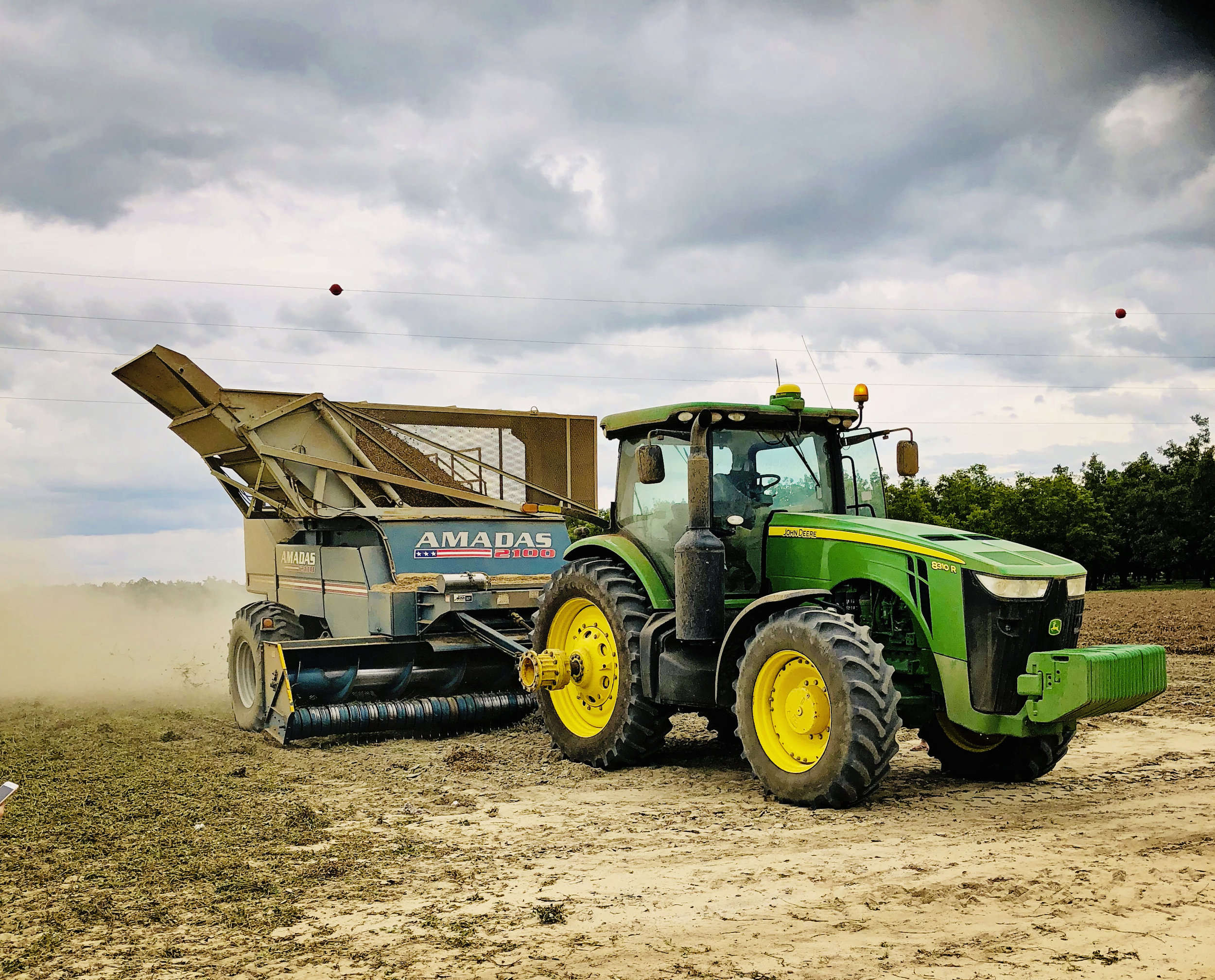
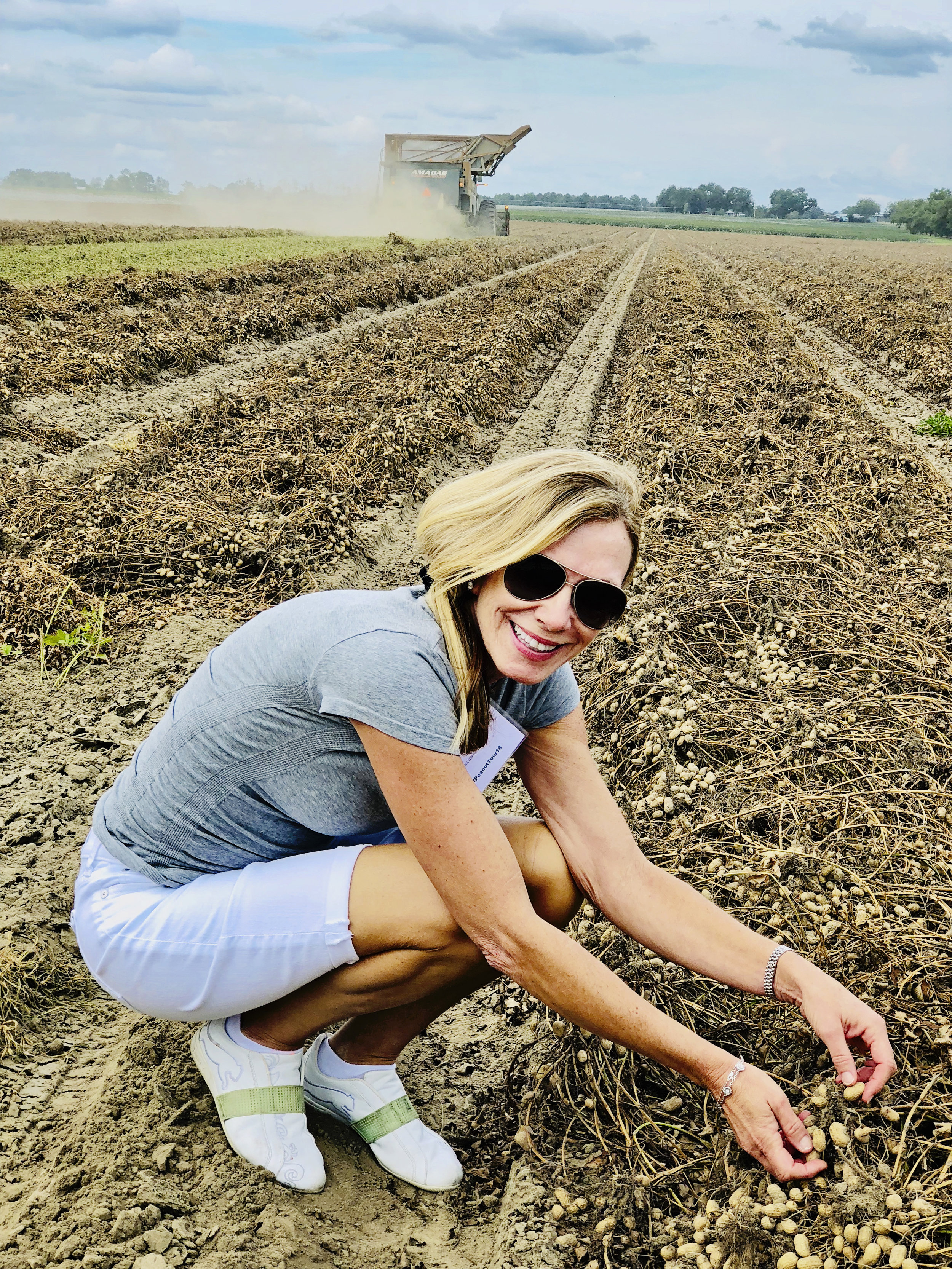
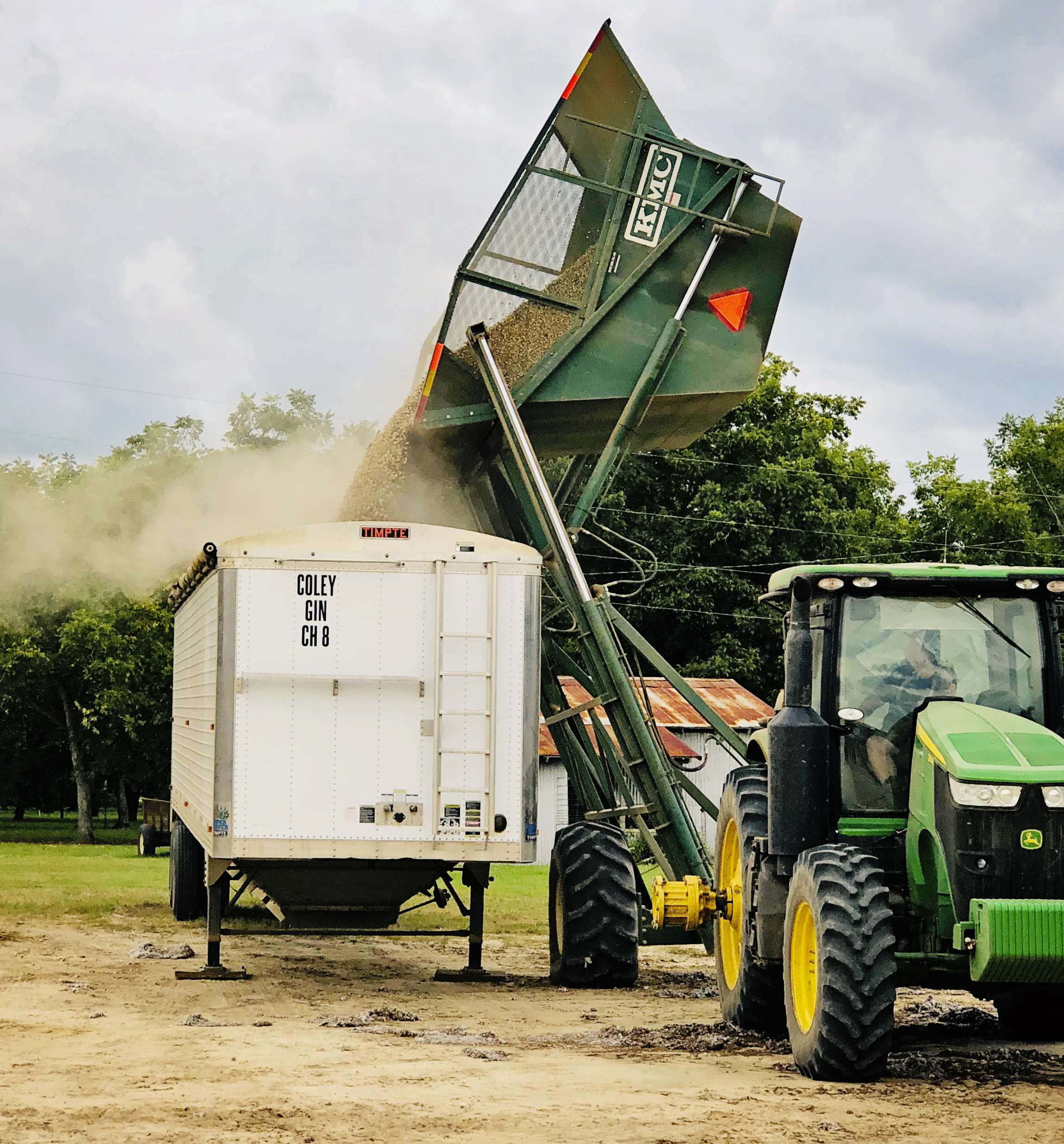
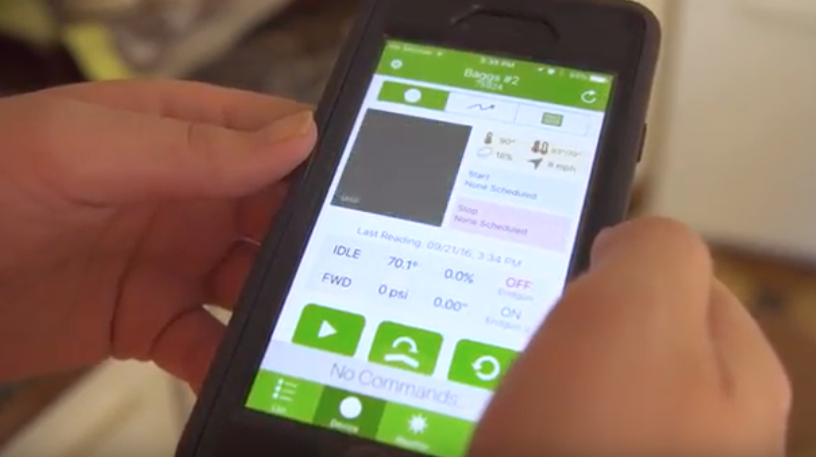

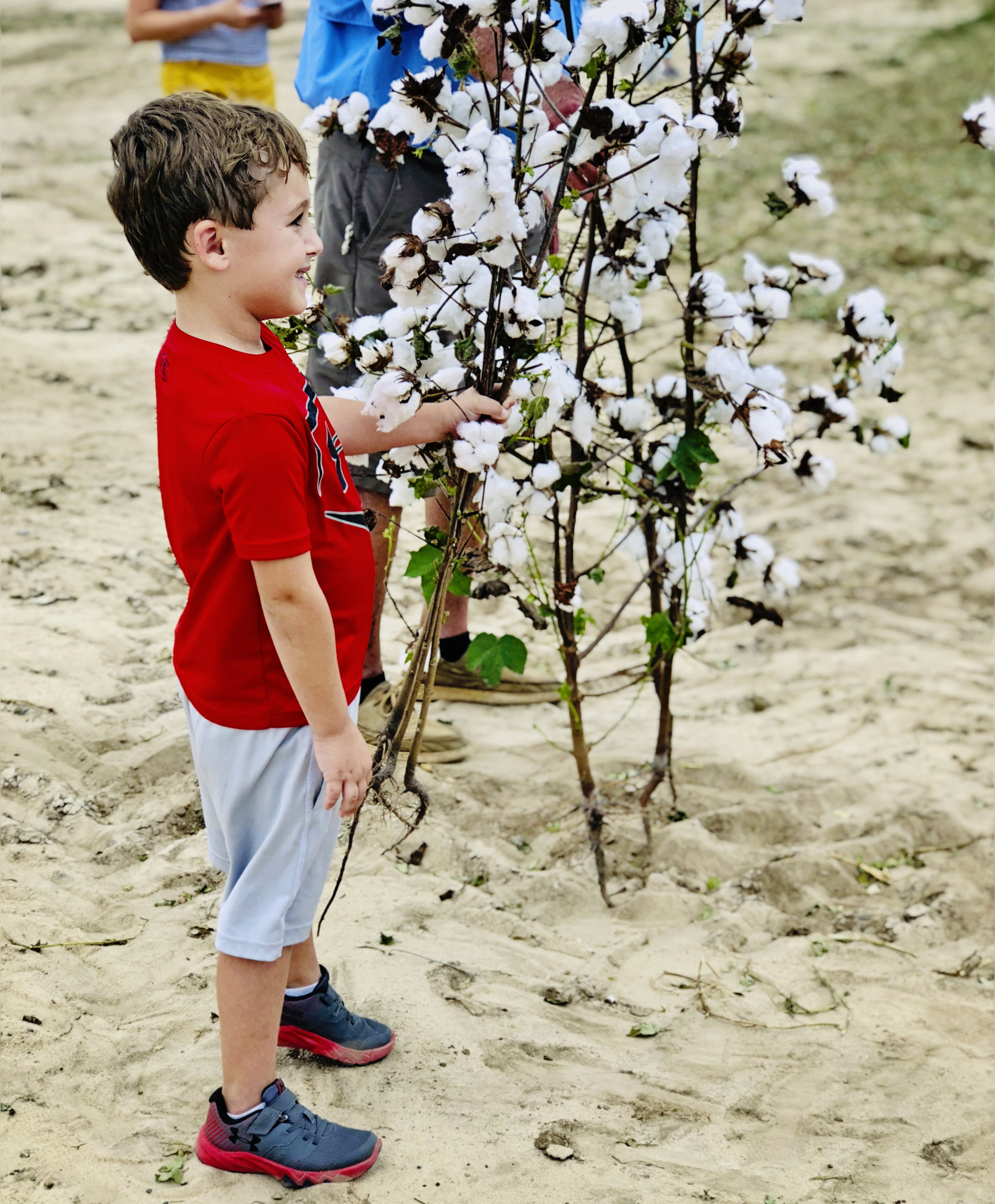
We were hosted that evening at the family farm and cabin of Armond and Brenda Morris for a most special dinner on their beautiful property. Armond is the Chairman of the Georgia Peanut Commission and he and Brenda were the most gracious hosts, telling stories of their family and farm, opening their home to us, truly a very special evening. The next morning we started our day by visiting UGA’s Water, Energy and People Efficient Model Home that was built right on the Tifton Campus. It is surrounded by an edible landscape and is a net-zero energy and water lab home that students helped design and build, and, a few very fortunate grad students actually live in. Net zero energy uses 70% less energy than most new homes combining solar and geo-thermal energy. In fact, it is possible that the home creates more energy than it actually uses during certain times of the year, sending the excess back to the power plant. Wouldn’t it be great to get a credit back from the power company every month rather than paying a bill!
The edible landscape includes peanuts, bananas, other fruits, vegetables and herbs developed by plant breeding teams, designed to be beautiful and functional. Like frost tolerant citrus fruits, with improved genetics, creating efficiency of water and energy and flavorful nutritious plants that are perfectly adapted with the environment around them. So cool…
Next we visited the National Environmentally Sound Production Agriculture Laboratory (NESPAL) at UGA Tifton Campus. The DNA testing lab here was by far the most intriguing part of this journey for me. Here scientists slice and test plant DNA to breed hybrid peanuts to be healthier and self protective, decreasing the need for pesticides, lowering cost, increasing yield and continuing to perfect the plant for optimum nutrition and environmental benefit. DNA of a peanut…are you kidding? When I say these scientists, are so incredibly brilliant, I am not even close to describing the remarkable work they are doing.
Did I mention that the peanut is the ONLY plant that flowers above the soil, but fruits below. Here you see Scientist Juliet Chu pointing out the fruit (peanut) below the soil of the yellow flower above. The Georgia Peanut Commission helps to fund these research programs under the Commodities Promotion Act, through a small assessment on the producers and the information that they receive is priceless. Now, on to the actual processing. So we experienced the harvest, now those peanuts are taken to a registered buying point where they are cleaned, inspected by the USDA and purchased by a Shelling Plant. There the peanuts are further cleaned, shelled, blanched, sorted, sold and packaged for shipment to a production facility or storage. The peanuts are processed by very high tech machinery, gone are the days of human hands cleaning and sorting peanuts! I was most impressed by the number of times the peanuts are cleaned and inspected throughout this process. They have this gig down to a “science!” Also impressive is that every part of the peanut is utilized, after the shells and husks are removed they are packaged separately along with small broken pieces to be used for feed and fertilizer making them 100% sustainable!
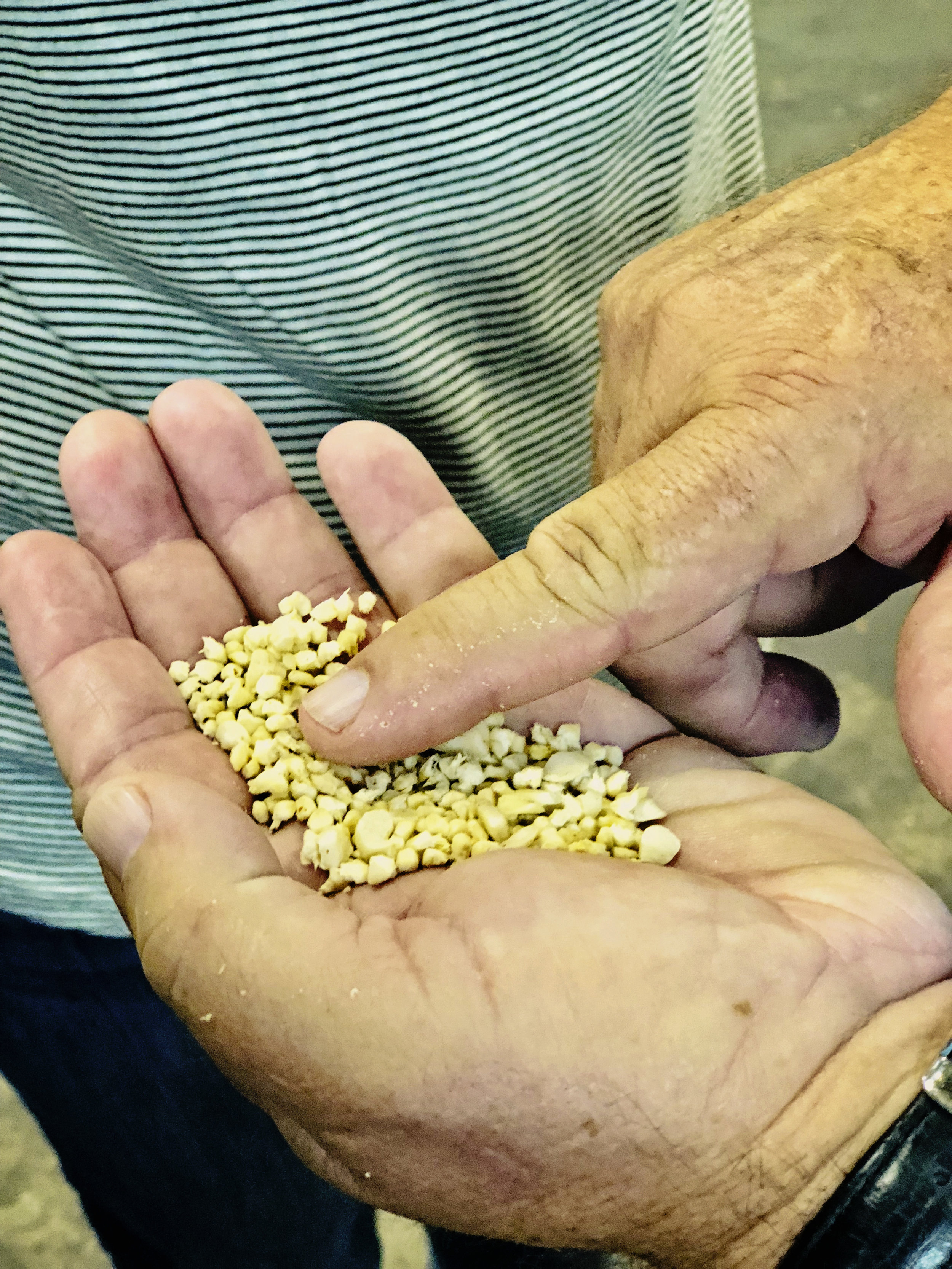

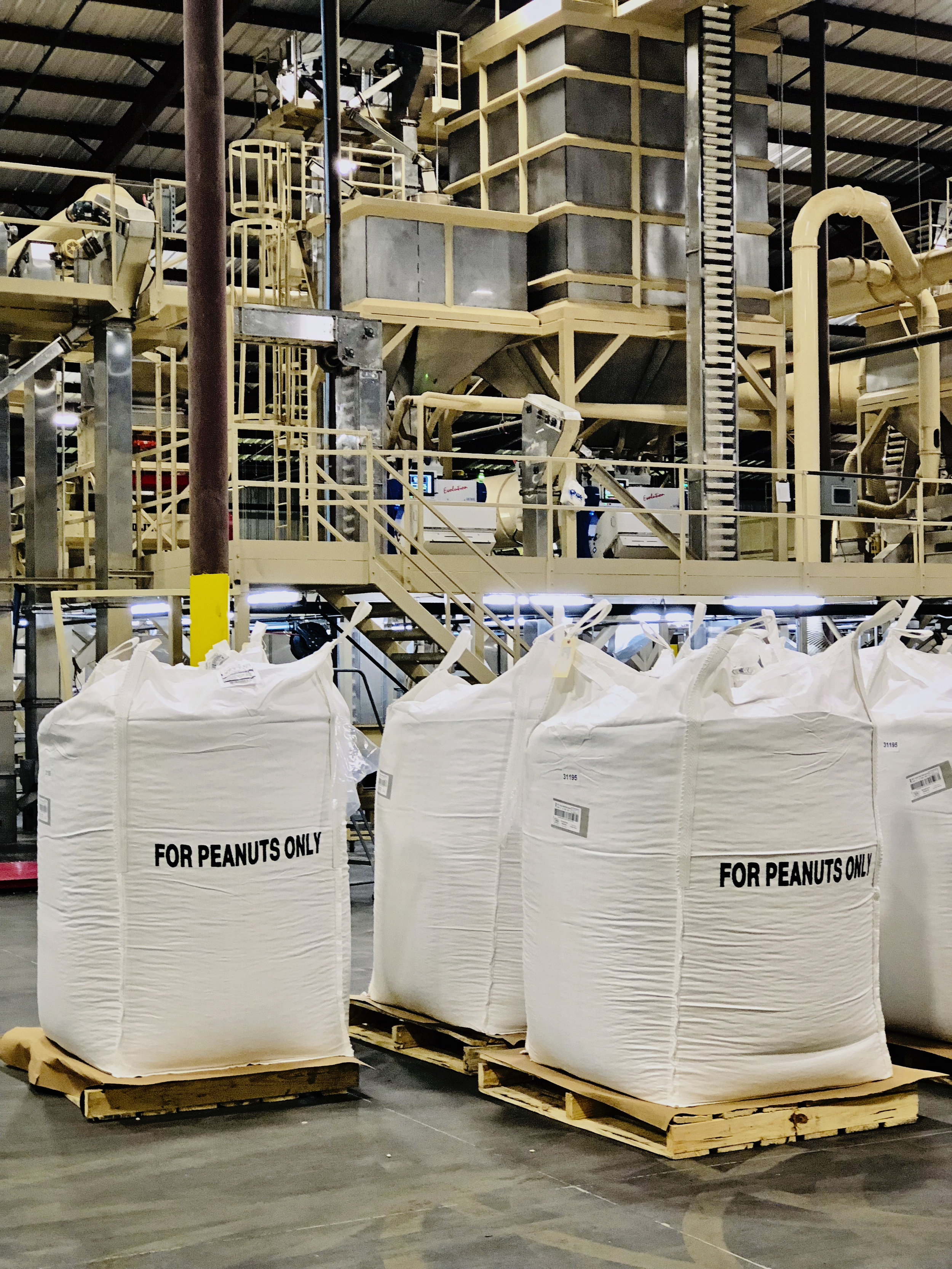
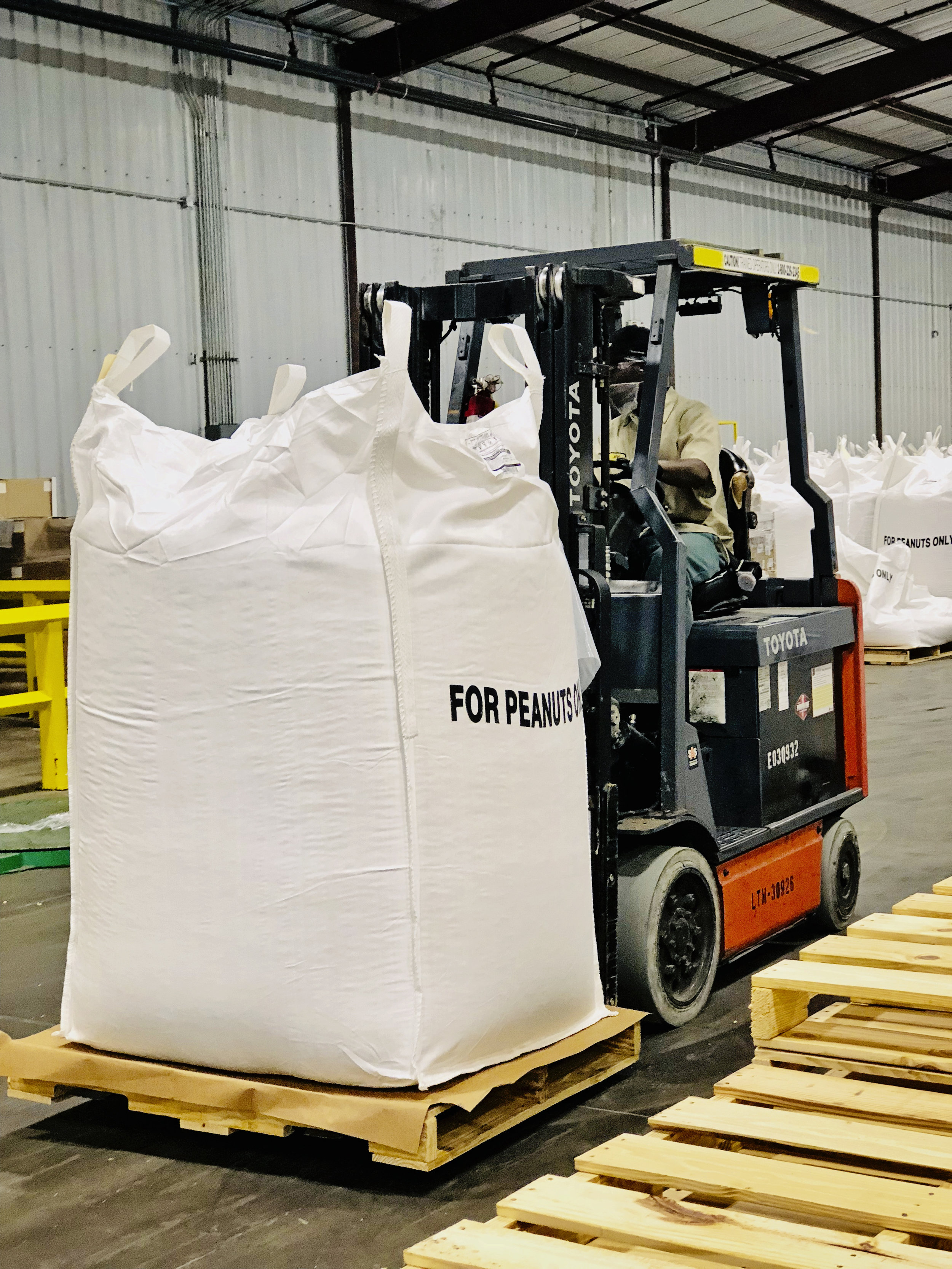
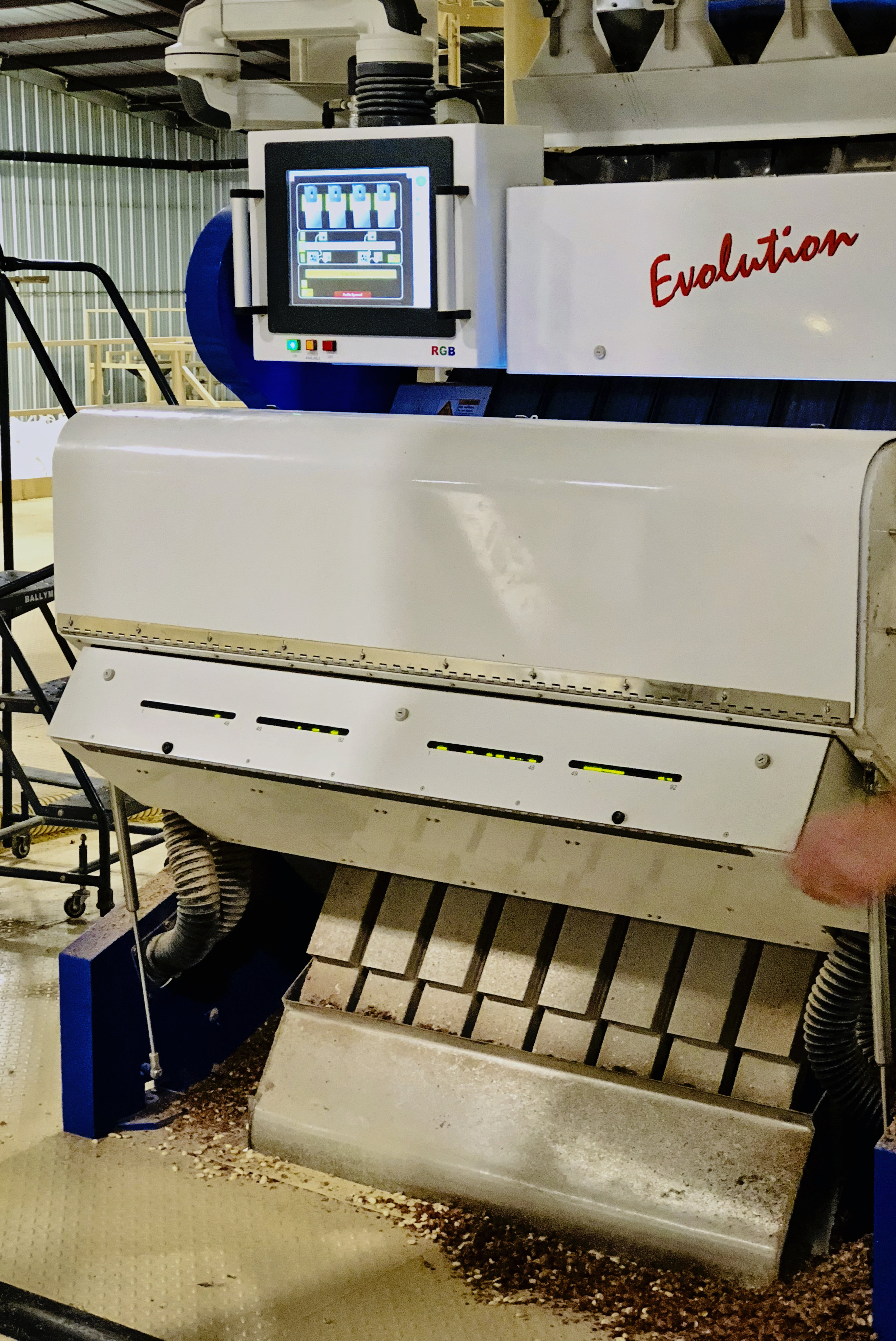
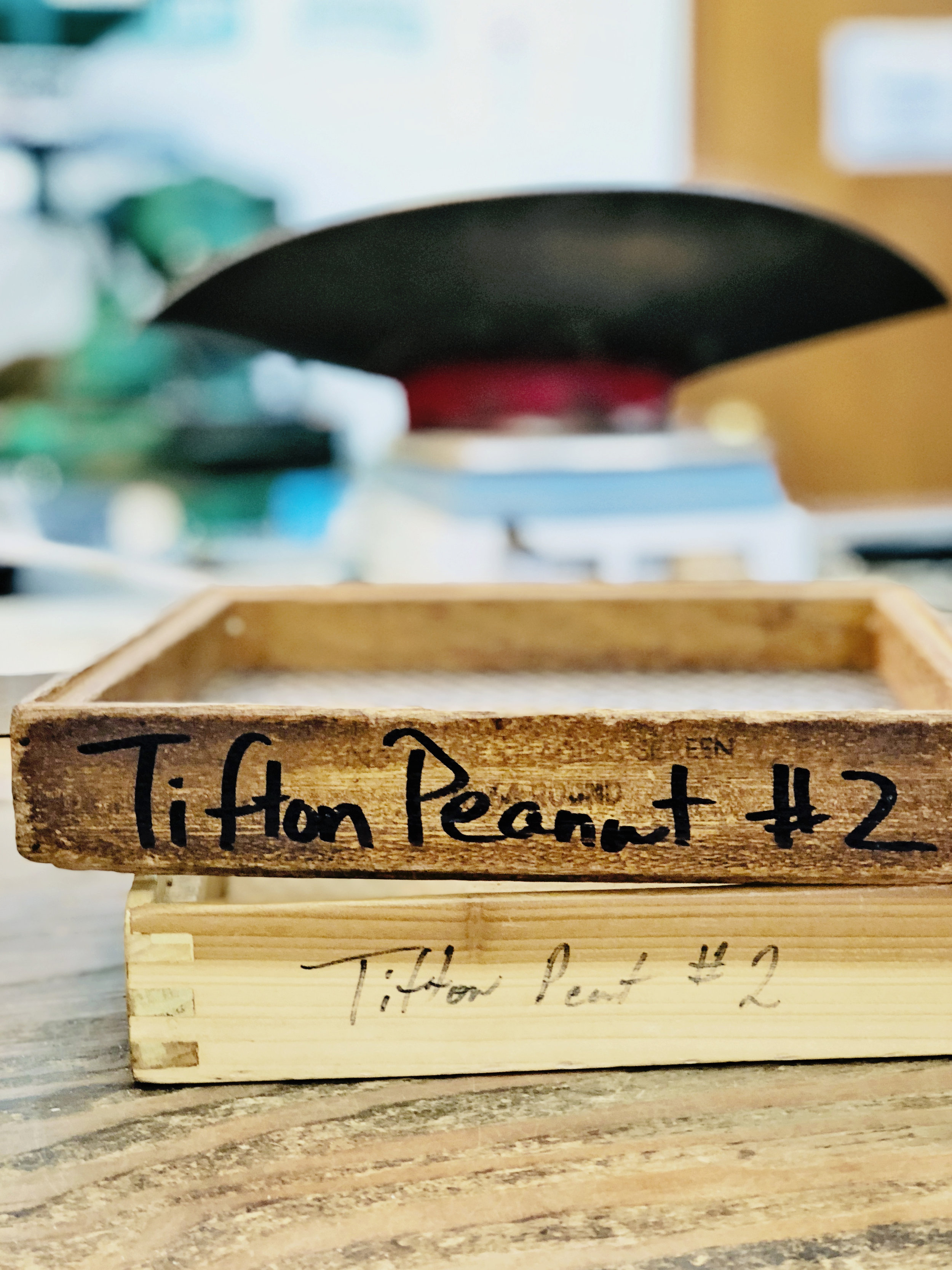

On our final day, we were hosted for another fantastic lunch at the Georgia Peanut Commission with sensational speaker, Casey Cox, a young sixth generation farmer who came back home to manage her family farm after graduating from college. Casey is an amazing young woman, committed to preserving the integrity, efficiency and water conservation of her family farm, through science and technology. Check out this video short featuring Casey and her work.
Our final evening was spent reflecting on our experience and enjoying a fabulous farm to table dinner at The Local Kitchen & Bar, in Tifton where all of the food is sourced from local producers. The food was fresh and beautifully presented, not to mention superbly delicious, especially the peanut soup appetizer! The perfect farewell dinner for this group of enthusiastic foodies! Jeff came to join in the fun for our farewell, and to save me from the impending hurricane. He fit right in with the #peanutgang, read everyone’s palms, including a texted photograph of one of our peanut gal’s fiancé’s hand, Jeff approved!
Back to that list of 5 Essential Things to Know About Peanuts!
1. Peanuts are not NUTS at all! They are legumes and even more surprising, the ONLY plant that flowers above the soil but fruits below!
2. Runner peanuts make my favorite thing…peanut butter! Runners are grown primarily in Georgia, Alabama, and Florida. They are used in peanut butter because of their strong peanut taste and uniformity in size, for even roasting. One acre of these little legumes will make 30,000 PBJ sandwiches!
3. Peanuts don’t need to be fertilized because of their natural ability to take nitrogen from the air and ground. This is also important in crop rotation, peanuts will leave some nitrogen and replenish the nutrients in the ground for other crops.
4. Health benefits of these incredible edible legumes are seemingly endless. Peanuts are used in nutritional sustenance products for developing countries to help prevent starvation and nutritional deficiencies, in products that actually taste good. A great source of Biotin, full of heart healthy monounsaturated fats associated with reduced cardiovascular risk, antioxidants similar to those found in red wine (resveratrol) that neutralize free radicals and lower risk of cancer, while increasing blood flow in the brain reducing risk of stroke, and packed with essential minerals like copper, which can lower harmful LDL cholesterol and Omega-6, not to mention high in protein and fiber, making peanuts the perfect go to snack every day!
5. Peanuts are now being used to produce other food products like plant-based milk, ice cream mixes, pancake mix and even pasta! They are not just for snacking, candy and peanut butter anymore!
I have always made peanuts, mostly peanut butter, part of my daily diet routine. I am even more committed to peanuts after learning so much more about their super healthy properties and environmental benefits. Who would have thought that my daily PBJ was so healthy! I have truly Gone Nuts for Peanuts!
But, what I was most taken by on this journey, was the hearts of the people in South Georgia, a wonderful community of giving and caring farmers and their families, who all look out for one another and their environment. Who would have dreamed, that on our final day of Peanut Tour 2018, we would be racing out of South Georgia to get ahead of the storm that was about to slam the coast of Northwest Florida and make its path directly over the farms and homes of those here in South Georgia whom we had just become so fond of. Hurricane Michael was devastating to the coast of NW Florida, and to the farmers of South Georgia, who lost most of their cotton crop, and remaining peanuts that had not as yet been harvested. Thank goodness for their safety, though our hearts are heavy with the loss of their crop during what was to be a bountiful harvest. This community, no doubt, approached the storm, the way we experienced they approach life, by helping each other, giving to their community and their environment and being the gracious and welcoming hosts they were to us during this amazing adventure.
May I add that experiencing this journey with the #peanutgang, Amy Casey, Personal Chef & Food Writer, Elieke Demmer, PhD, Scientific Affairs Manager, RXBAR, Lisa Dorfman, PhD, Nutritionist & Culinary Consultant, Patricia Howard, Acclaimed NYC Private Chef and Caterer, Melinda McIsaac, Chef Instructor, Indiana University of Pennsylvania Academy of Culinary Arts, Roberta Pipito, Award Winning Chef & TV Personality, and Rachel Quenzer, Owner & Founder, The Everyday Mom Life and long time food industry professional, was one of the most memorable and best times of my life, including a super great impromptu bridal shower for Elieke, who is preparing for her nuptials in just a couple of weeks. We will be forever bonded as the #peanutgang, #peanuttour2018!
Thank you ladies for the camaraderie and the laughs, it was truly phenomenal!
The Peanut Gang with Brenda and Armond Morris at their lovely Farm and Cabin
And to our outstanding hosts, Joy, Whitney, Leslie and Trista, this experience couldn’t have been more perfect, except for the arrival of Hurricane Michael after our departure. You truly outdid yourselves with hospitality and kindness, and I know I can speak for the entire #peanutgang when I say that we are truly grateful for being included in this spectacular event.
Farming is what food is all about, at least that’s where it all begins. Here are some of my favorite peanut recipes, all super delicious and healthy! Give them a try, I know you will enjoy! Don’t forget to send me your photos and share your new knowledge of everything peanuts!
In the meantime…




